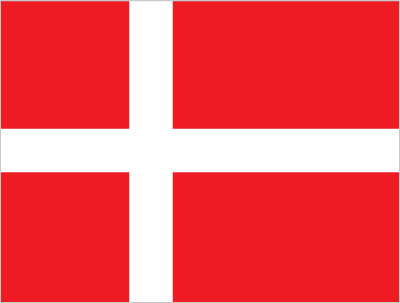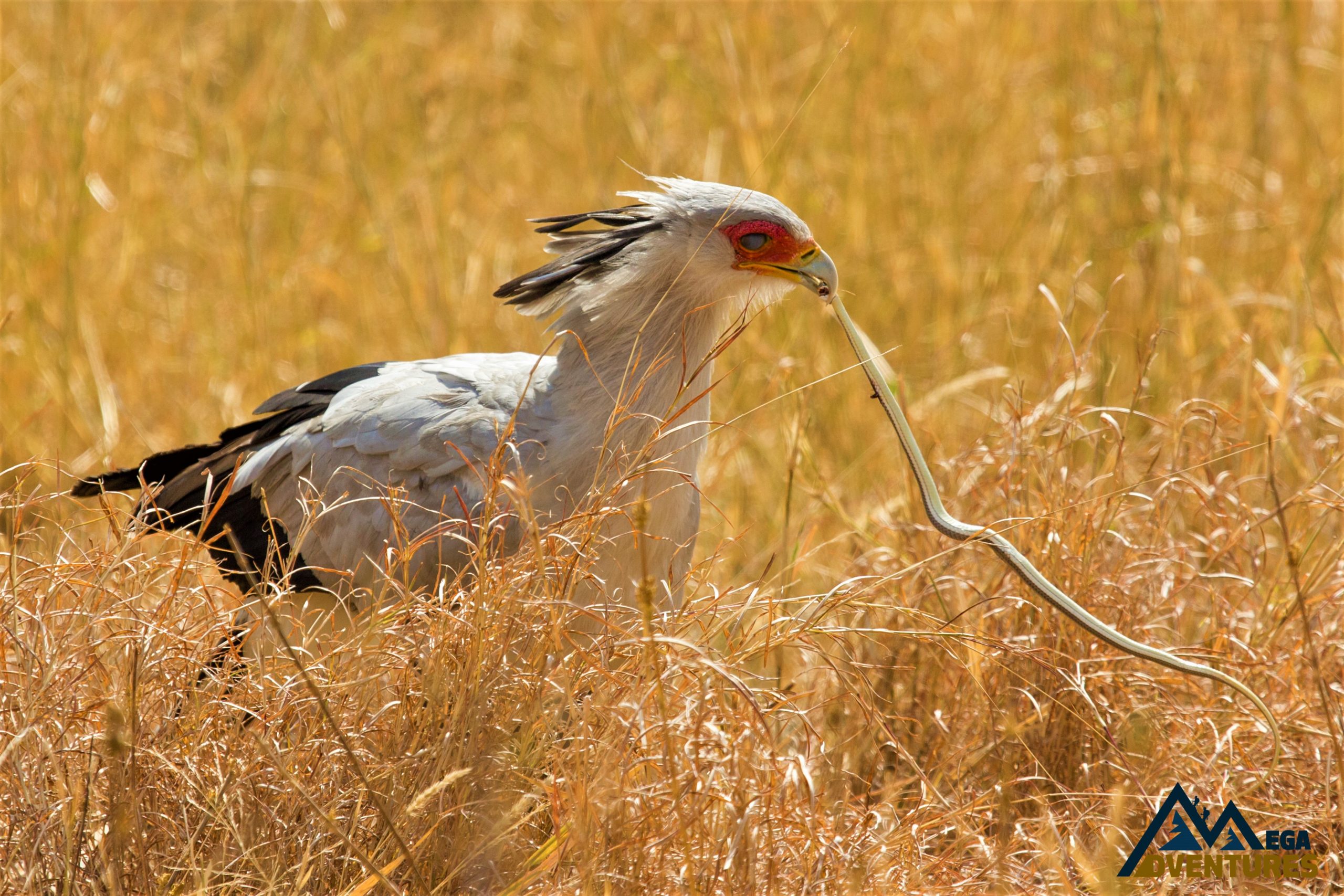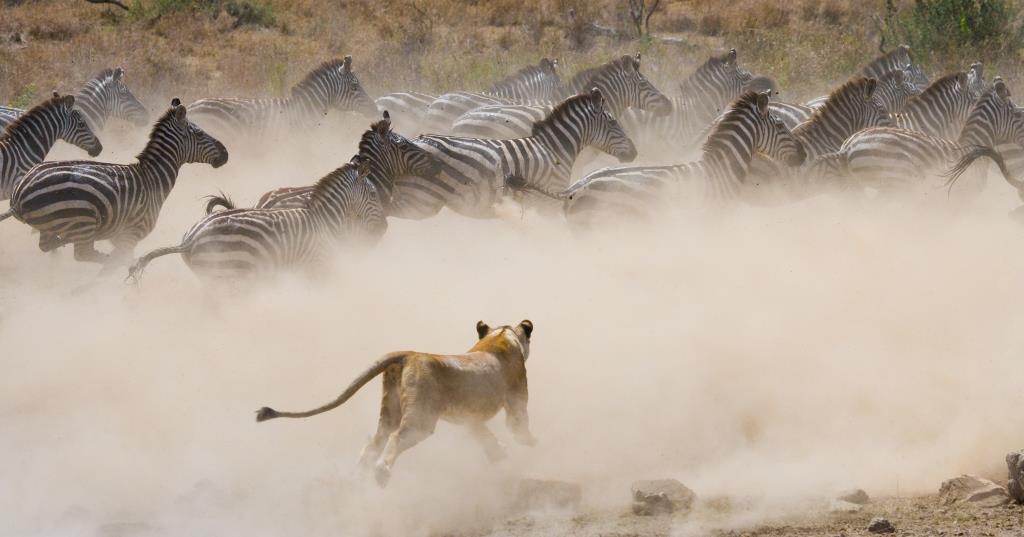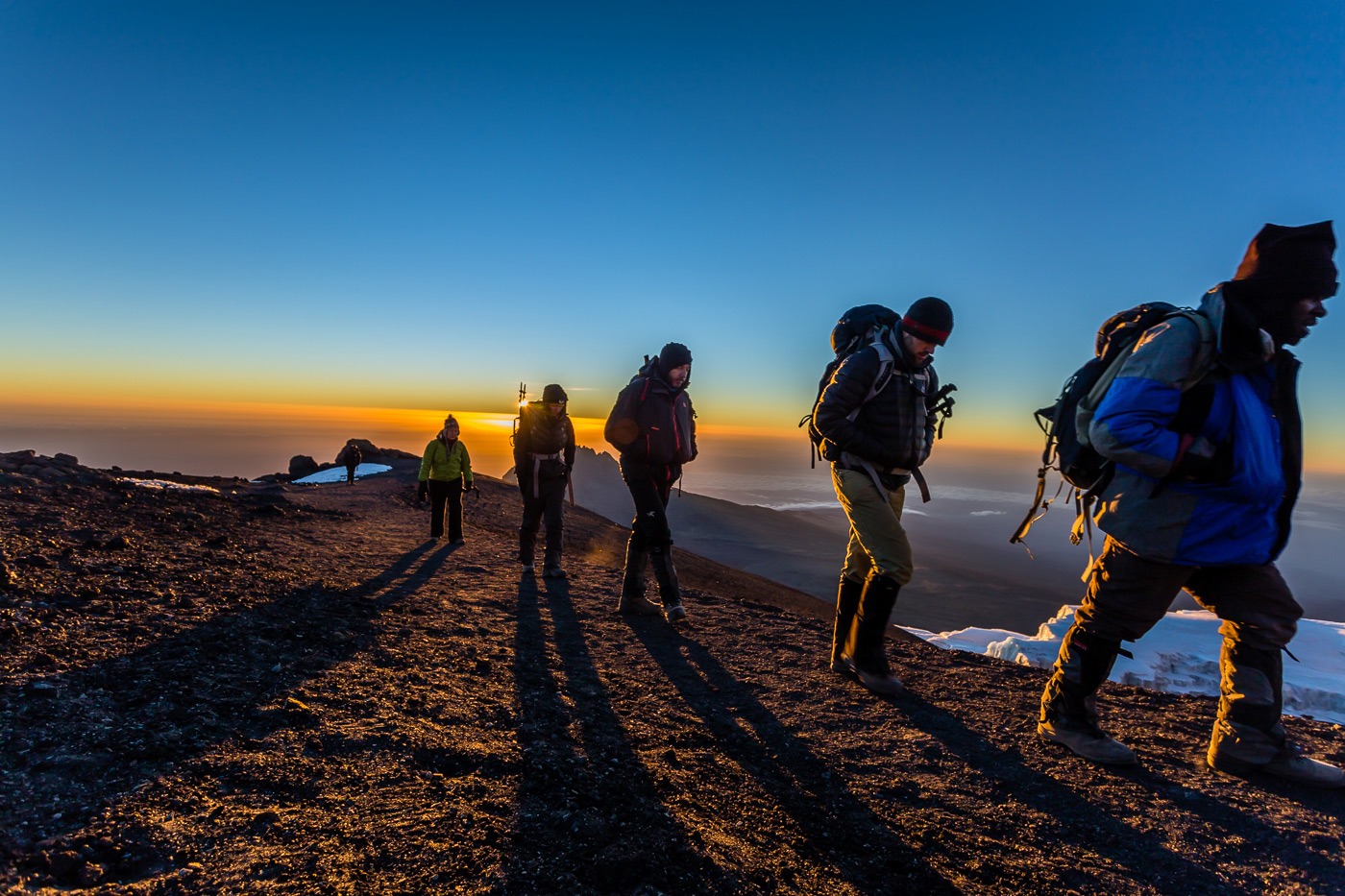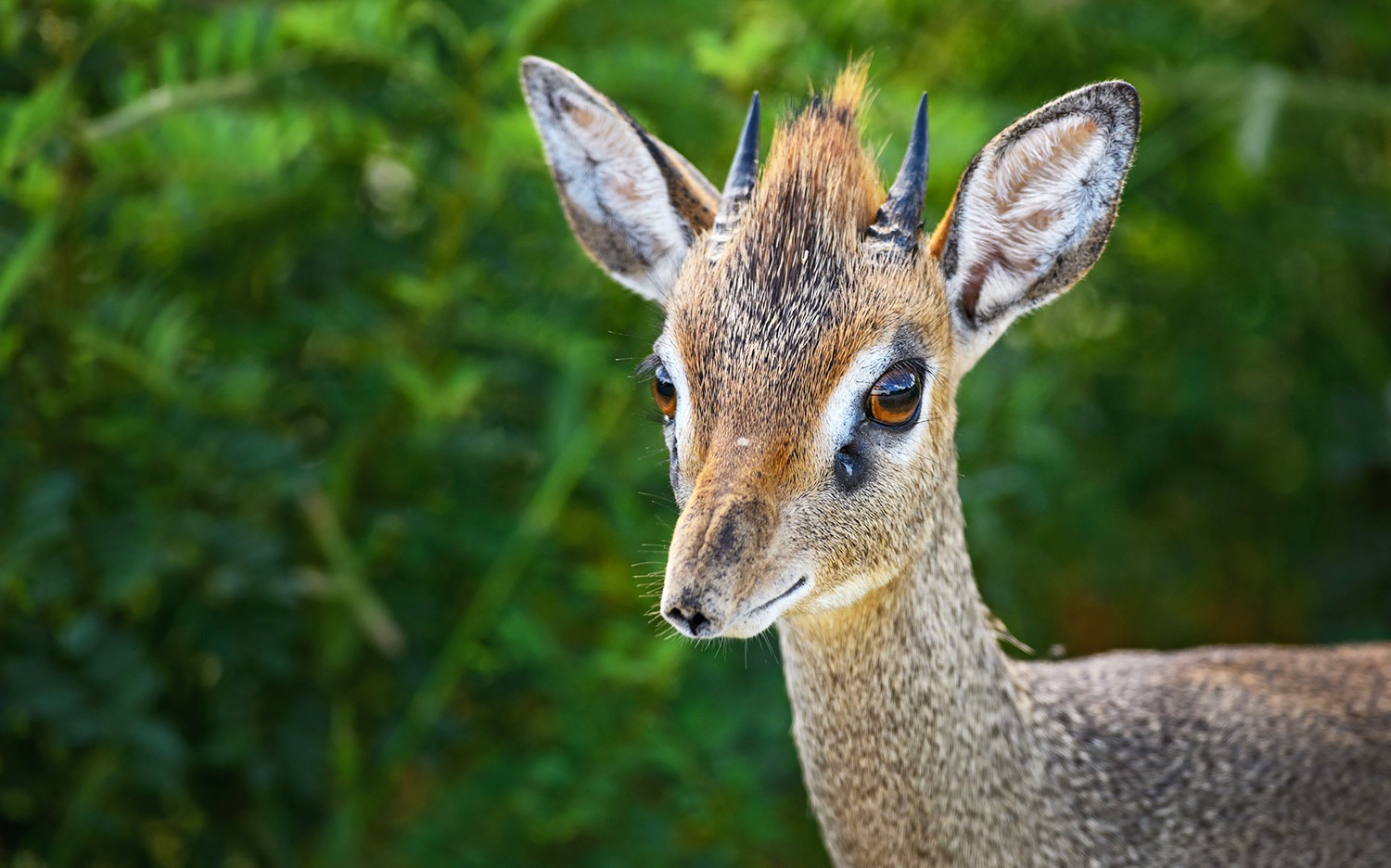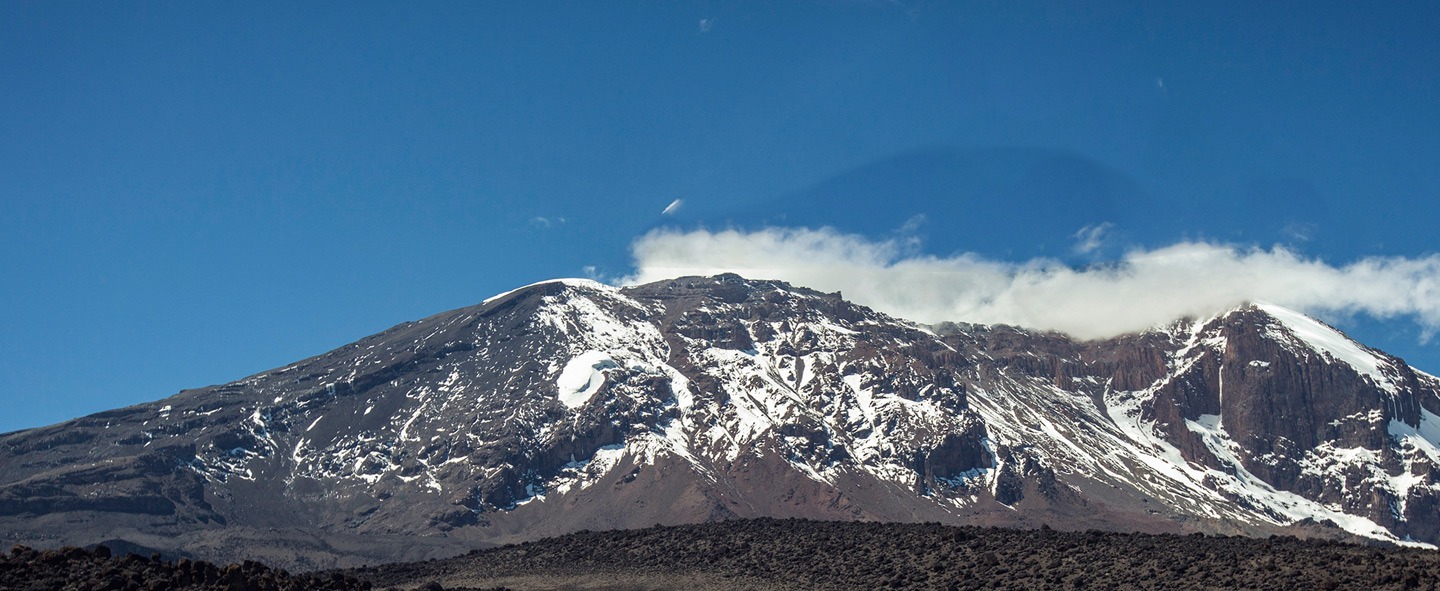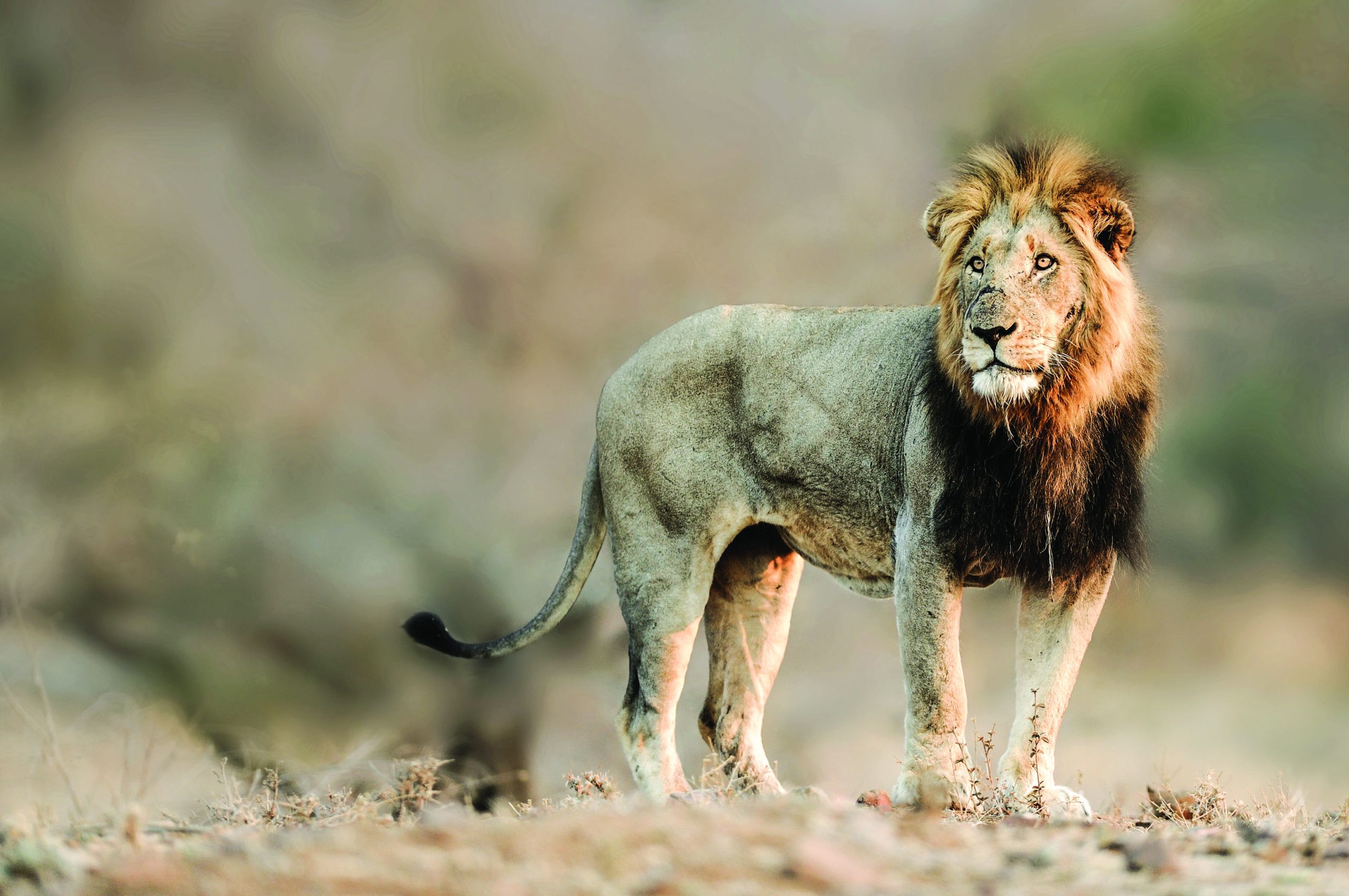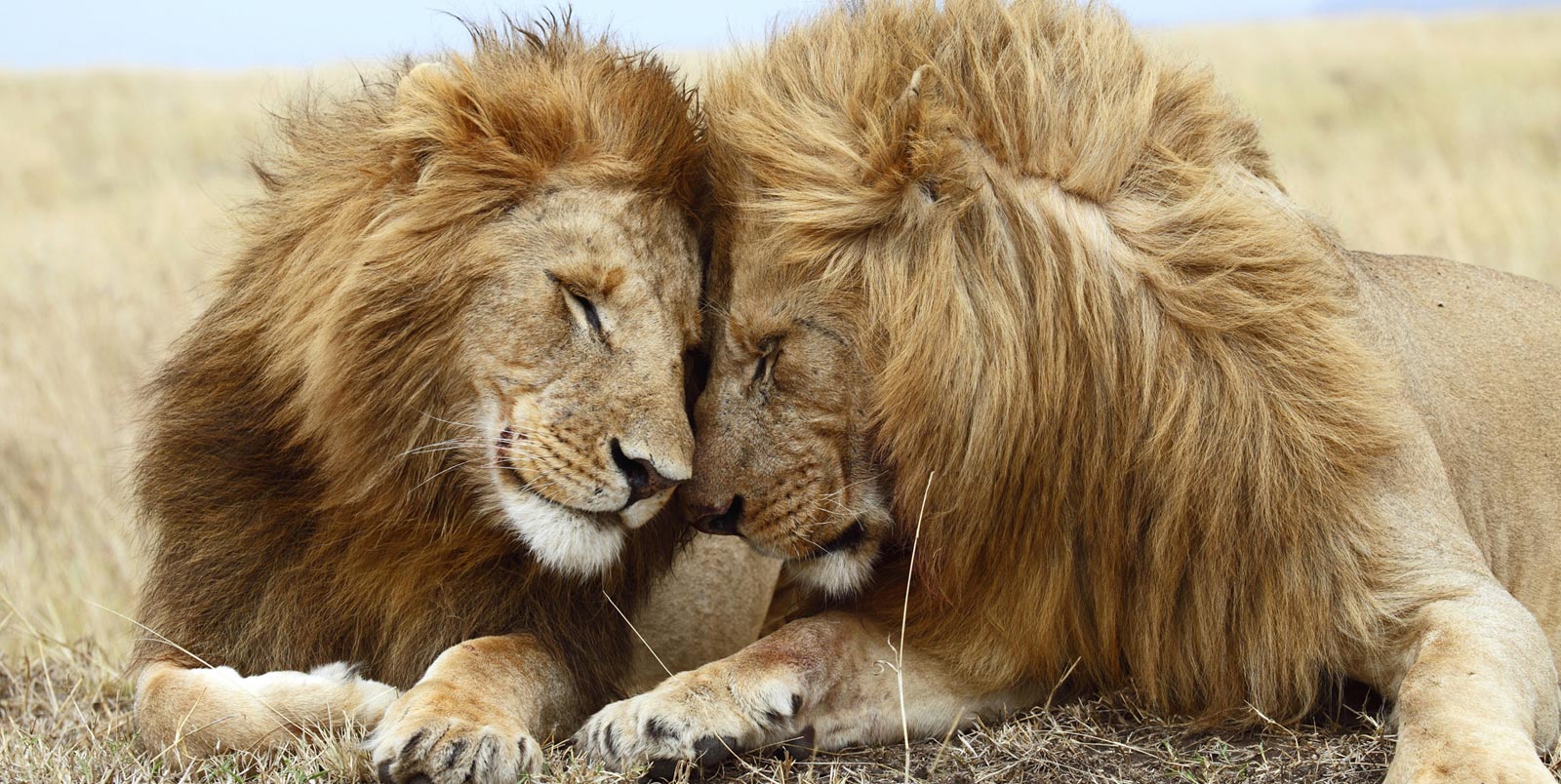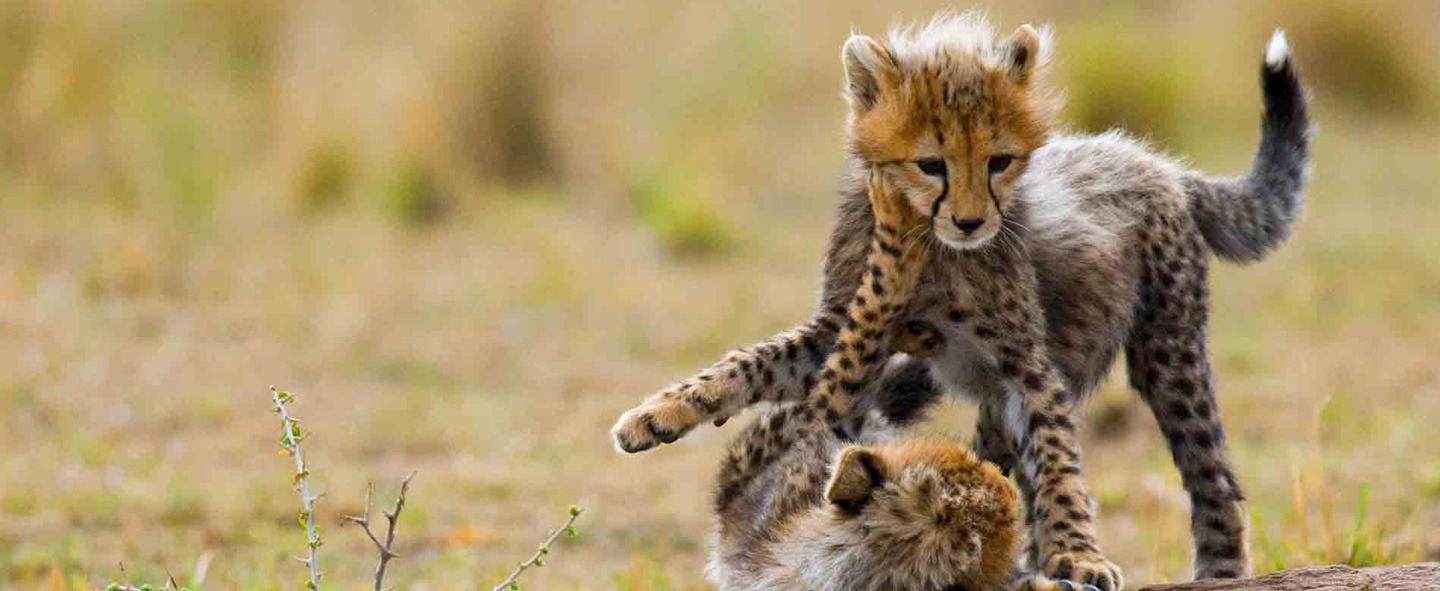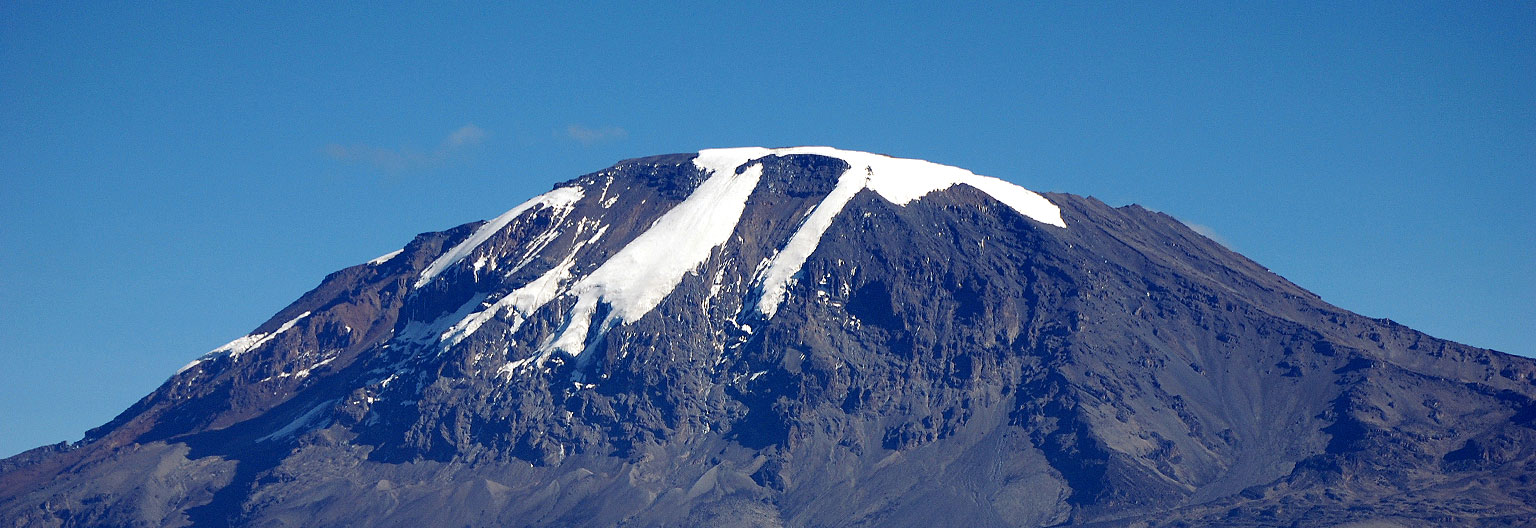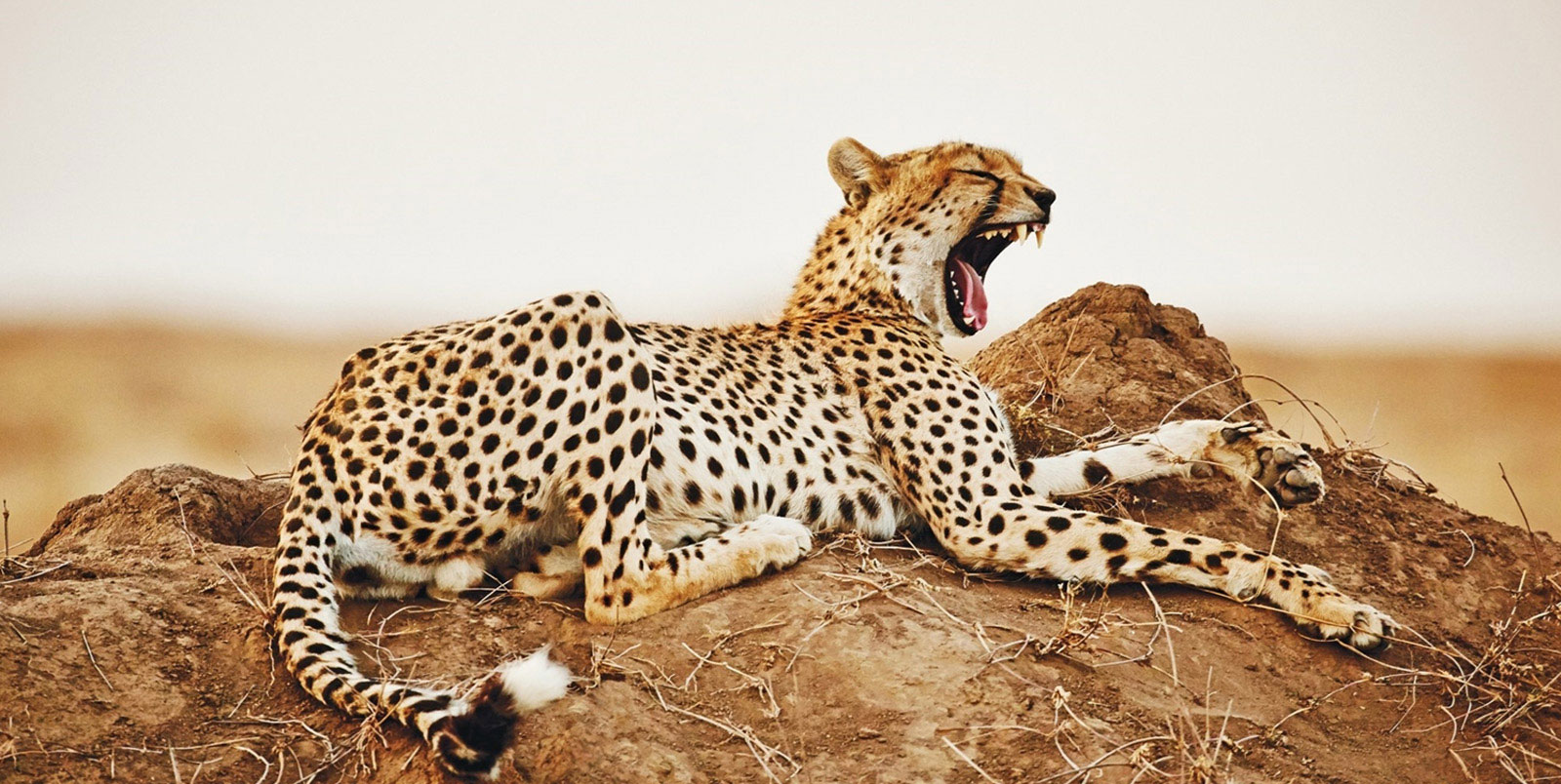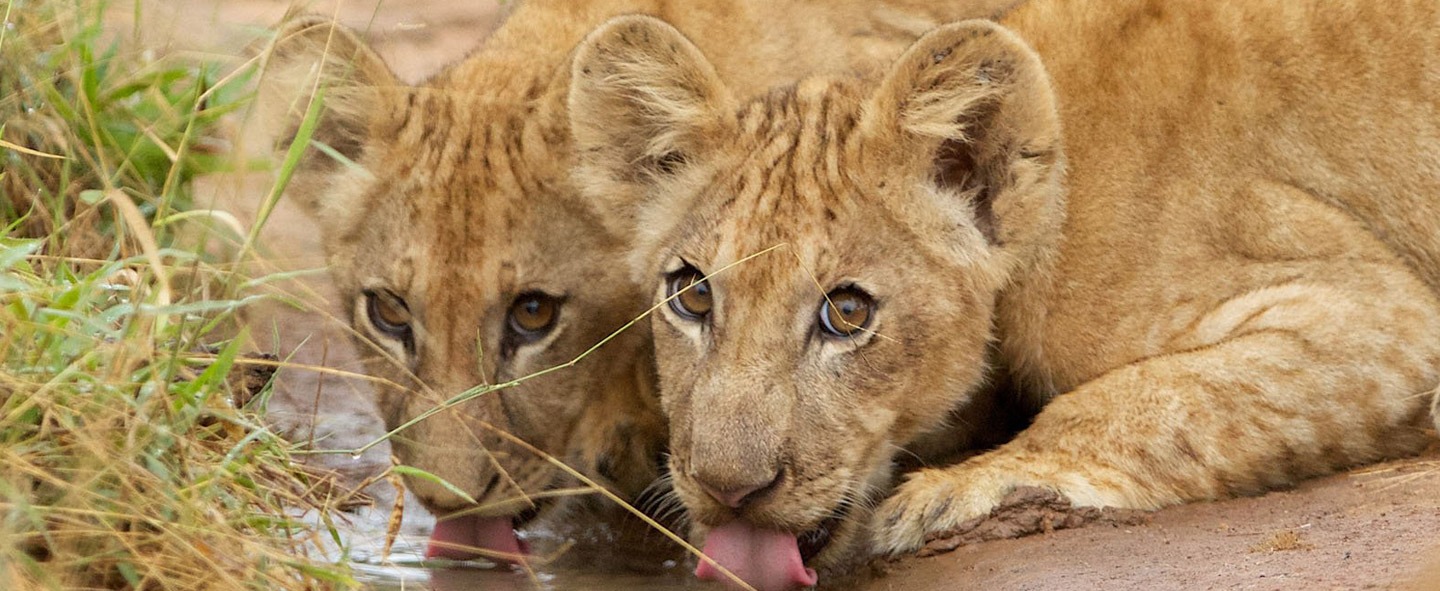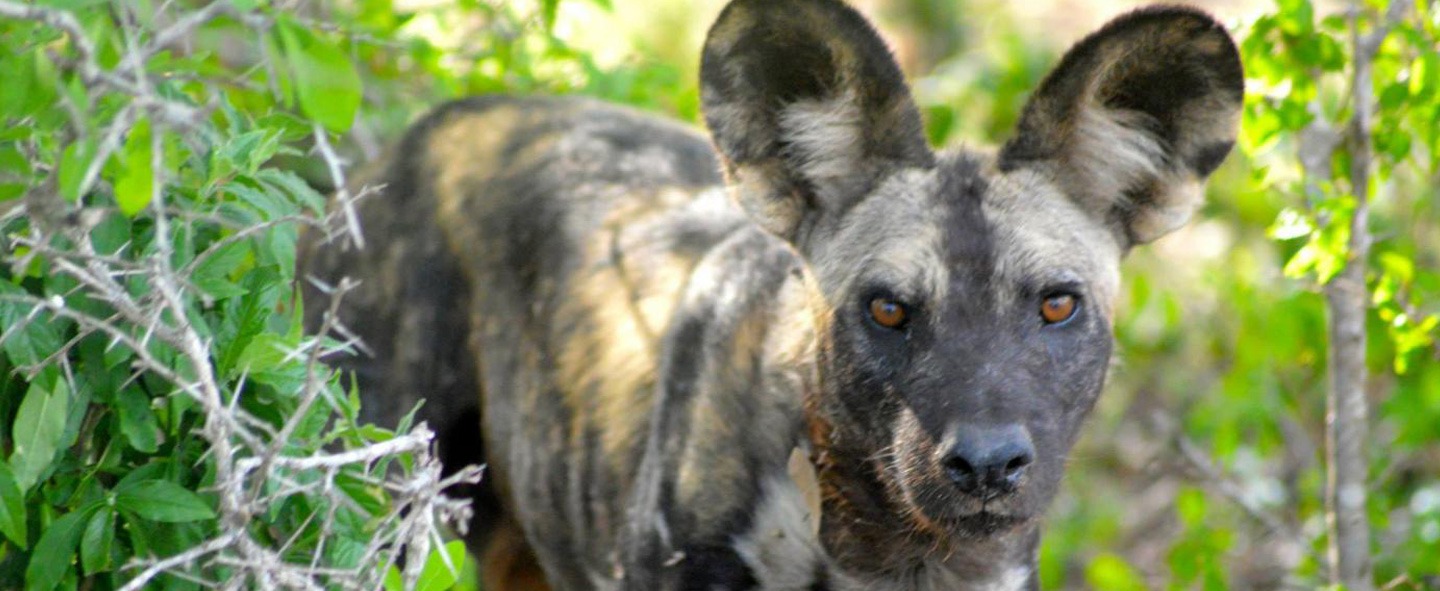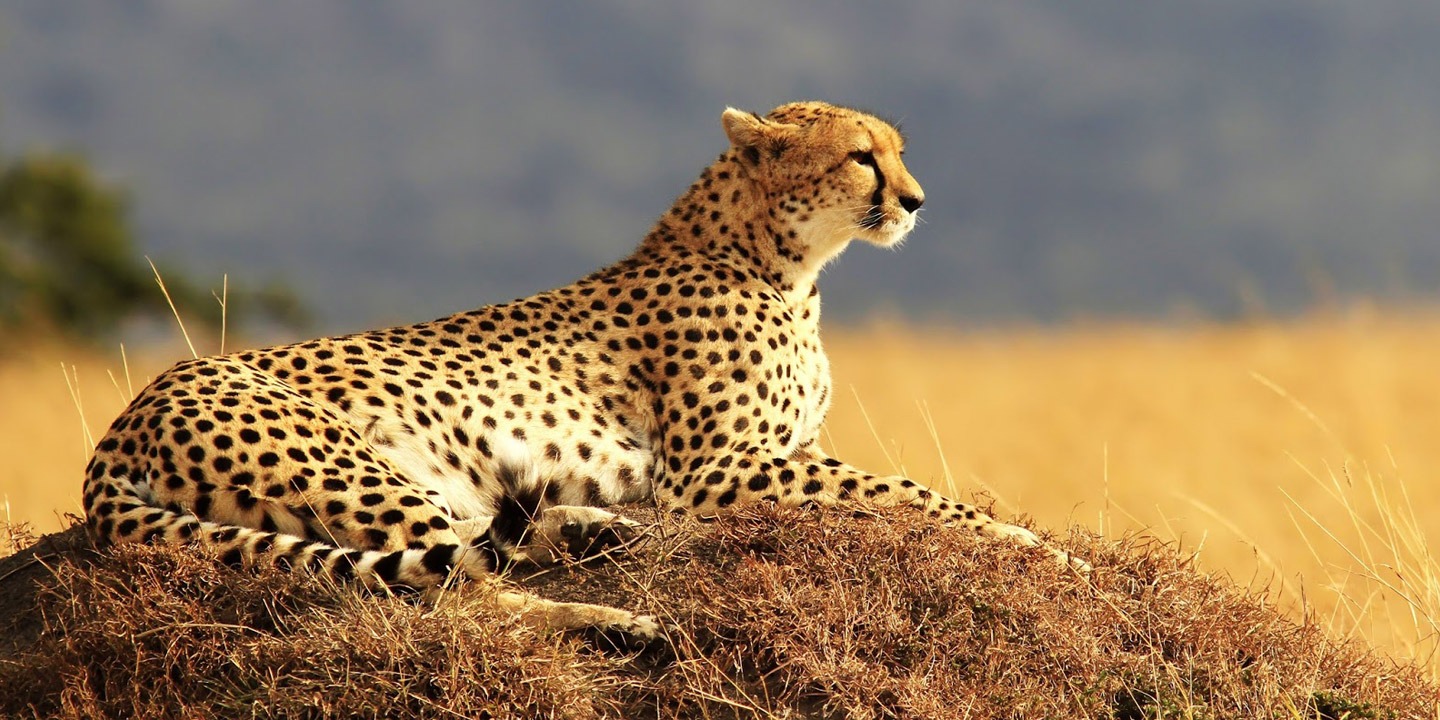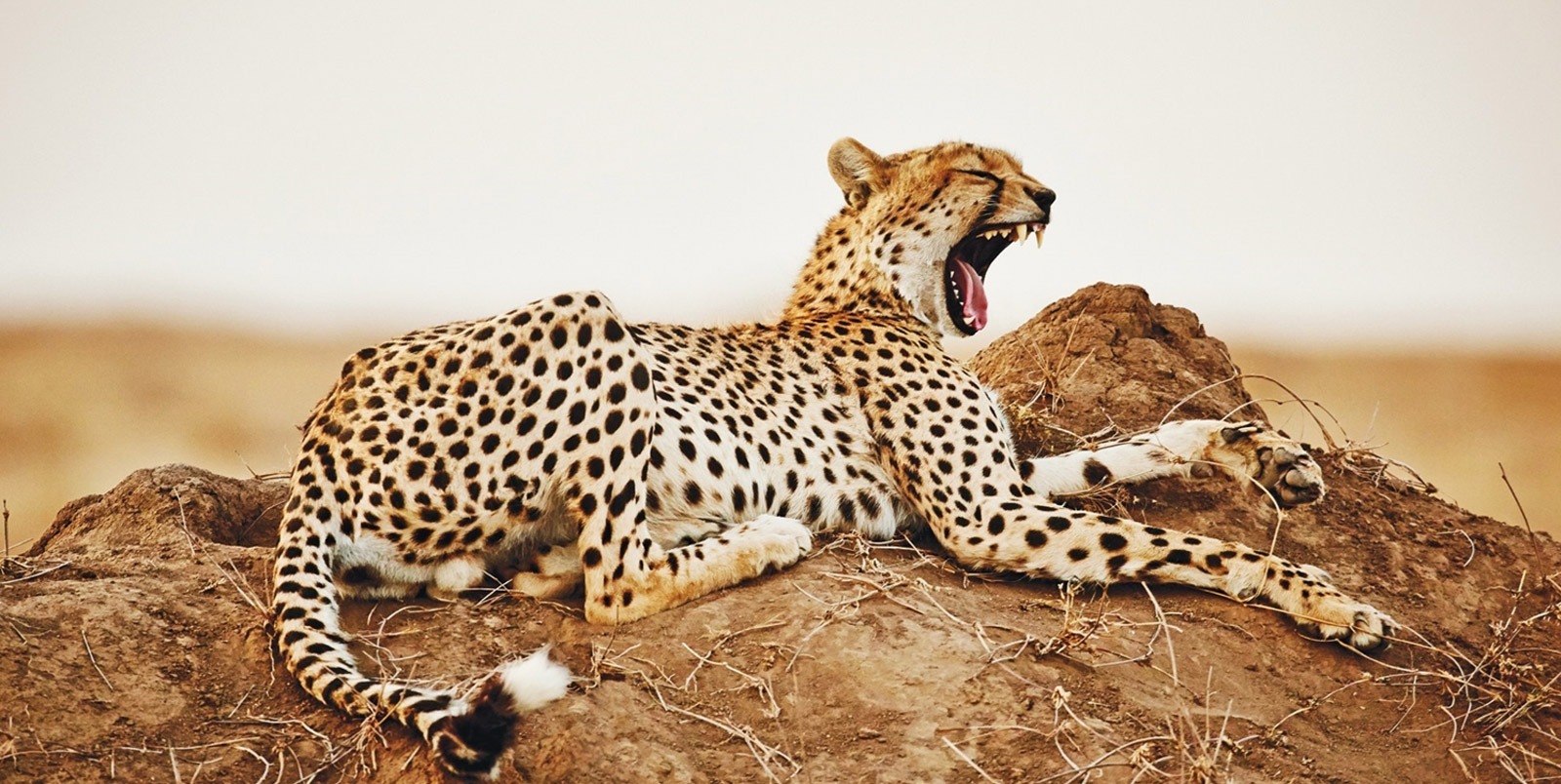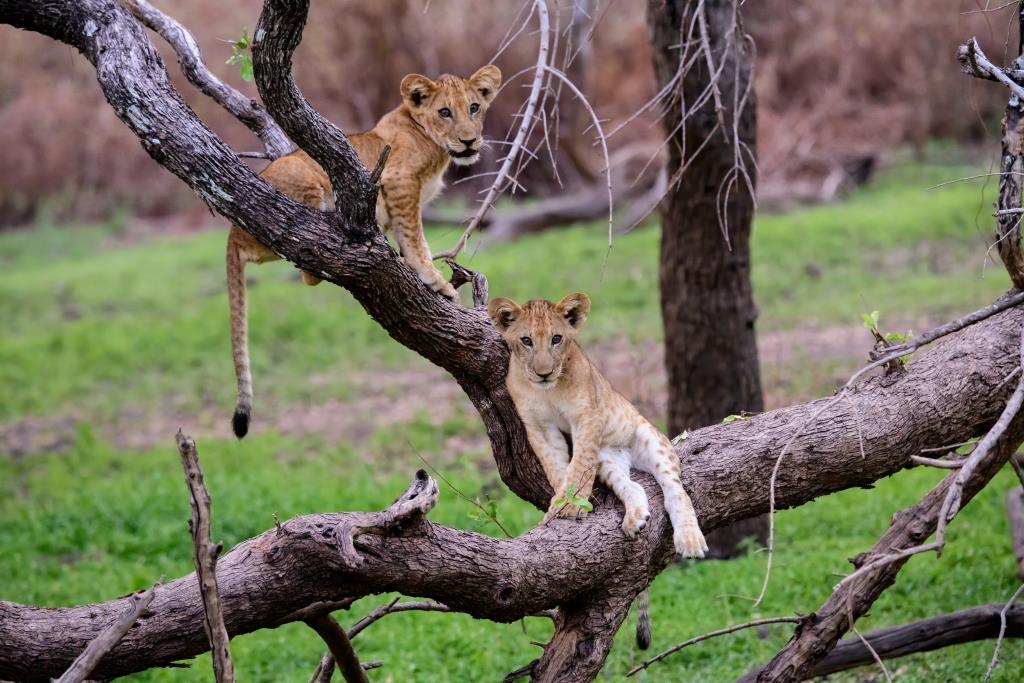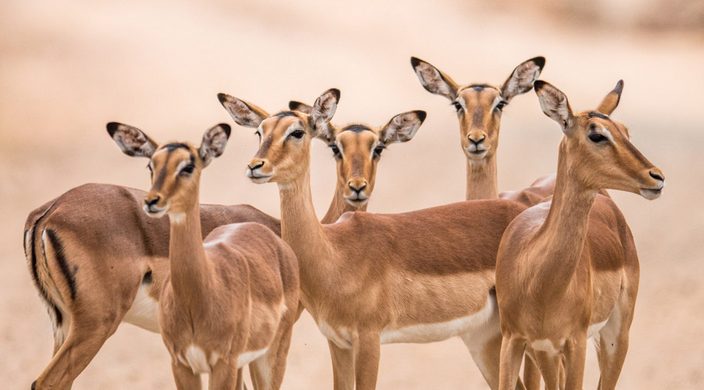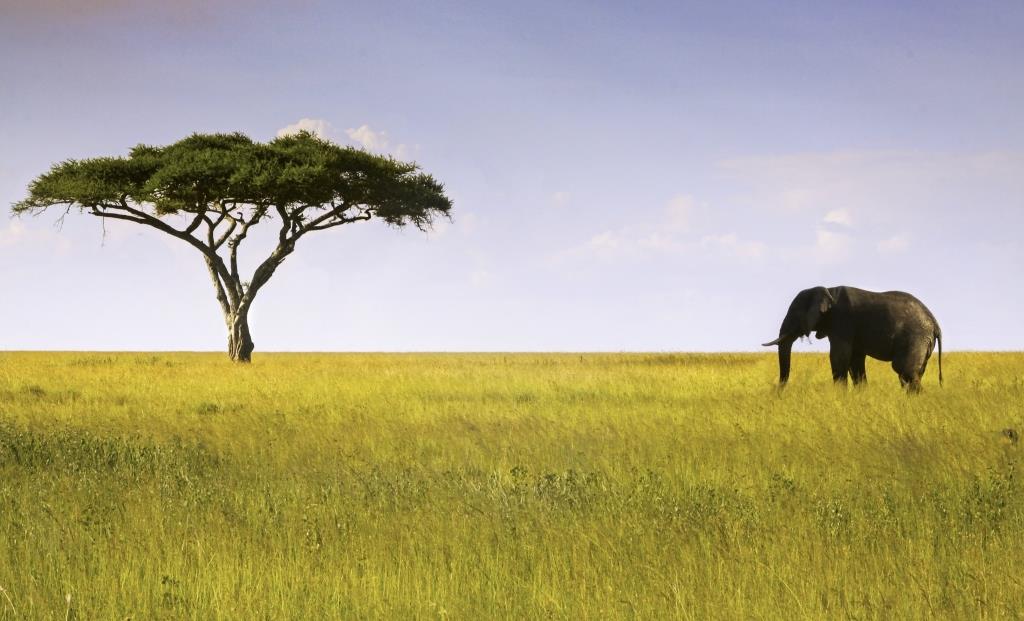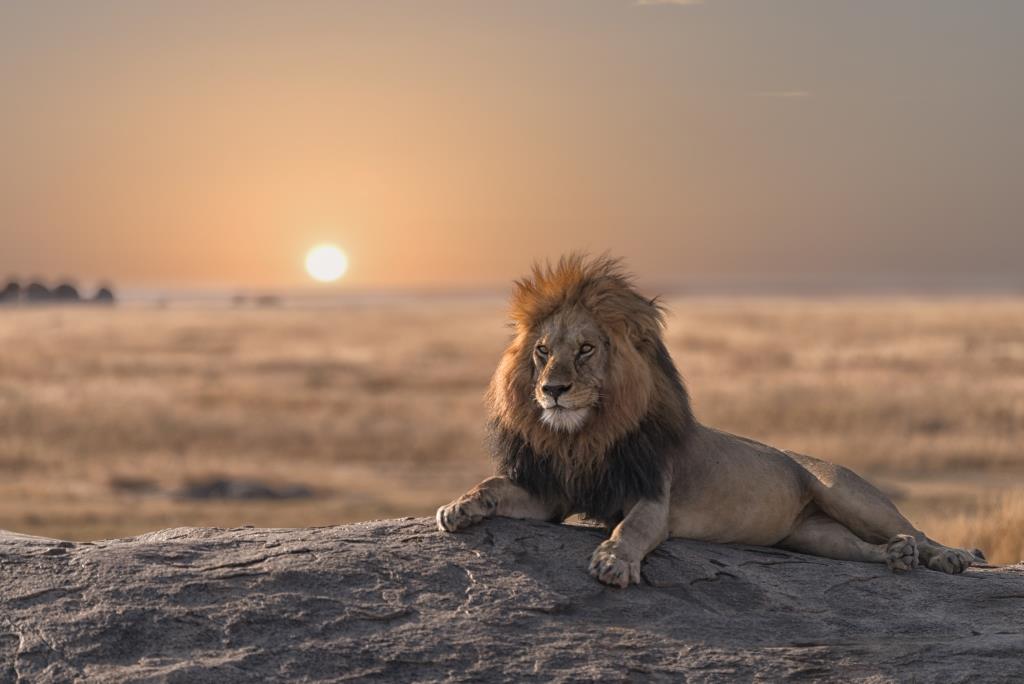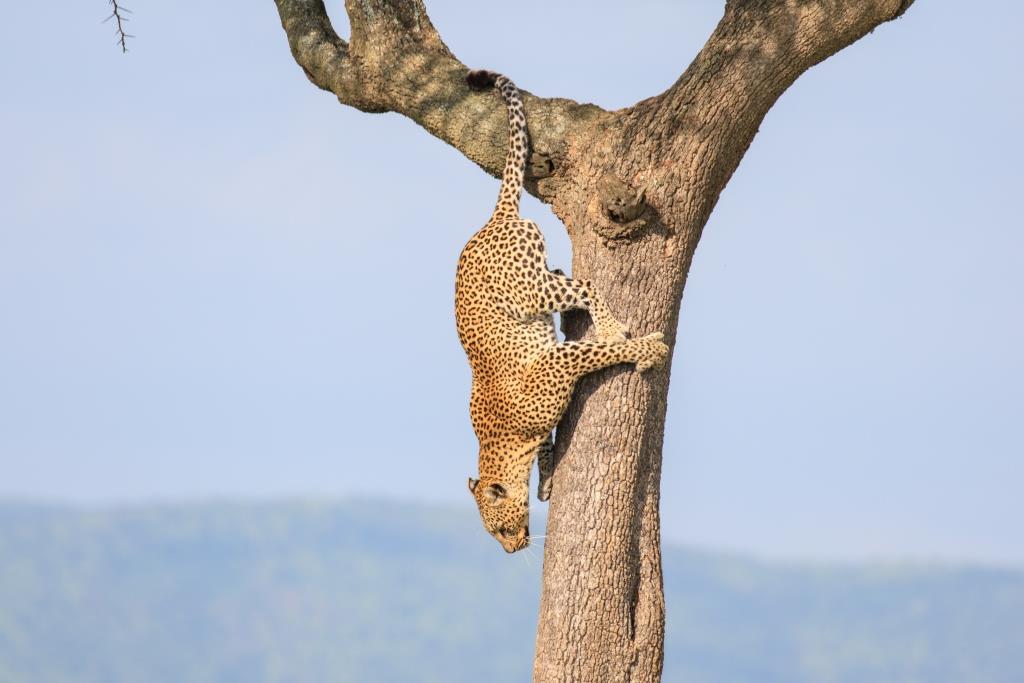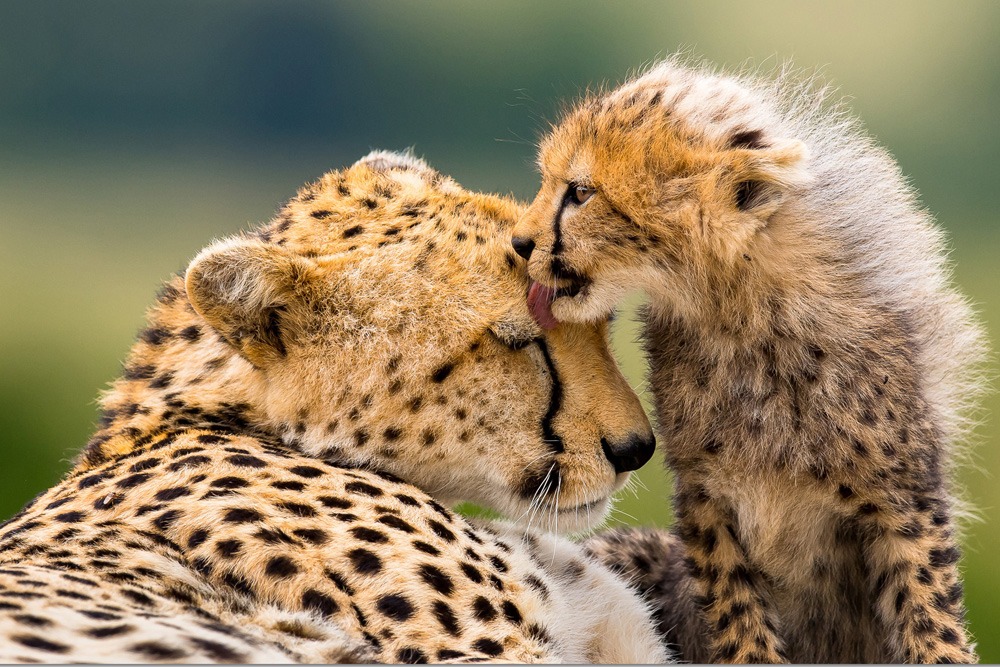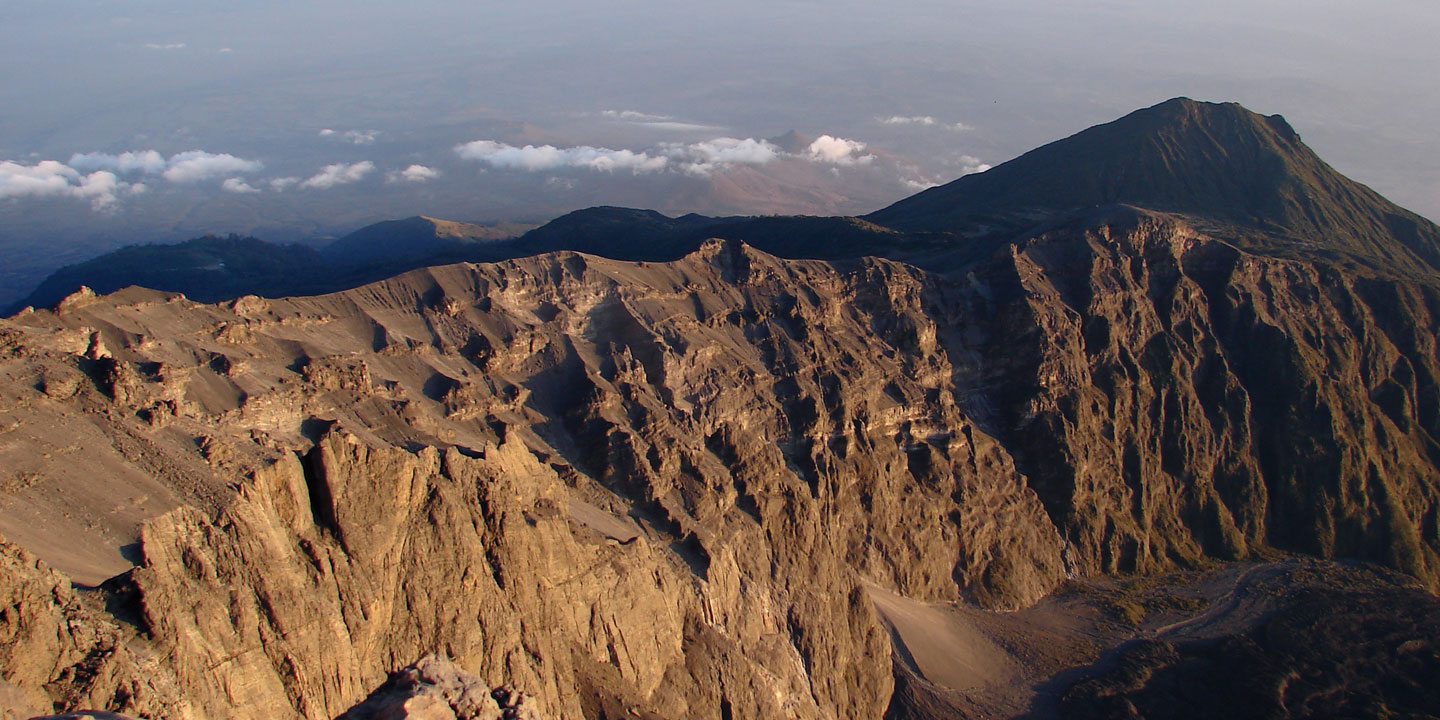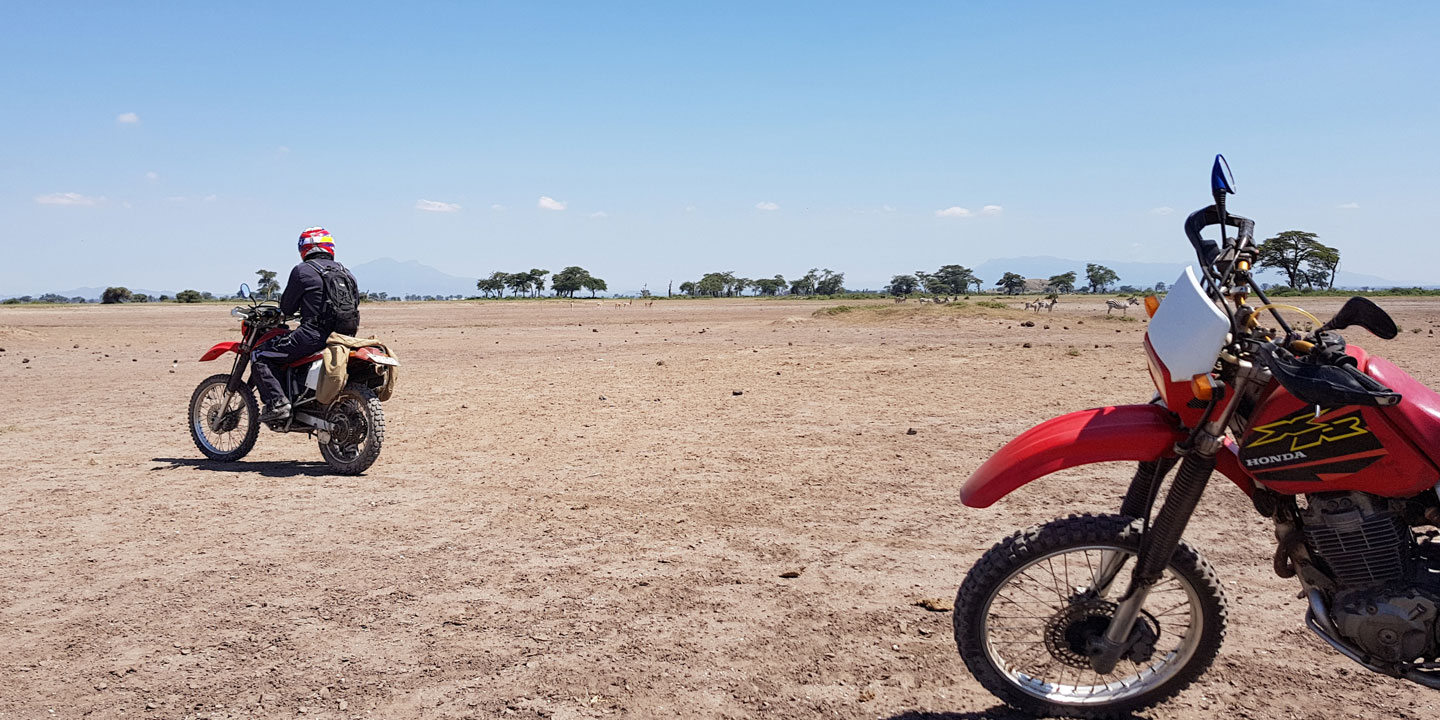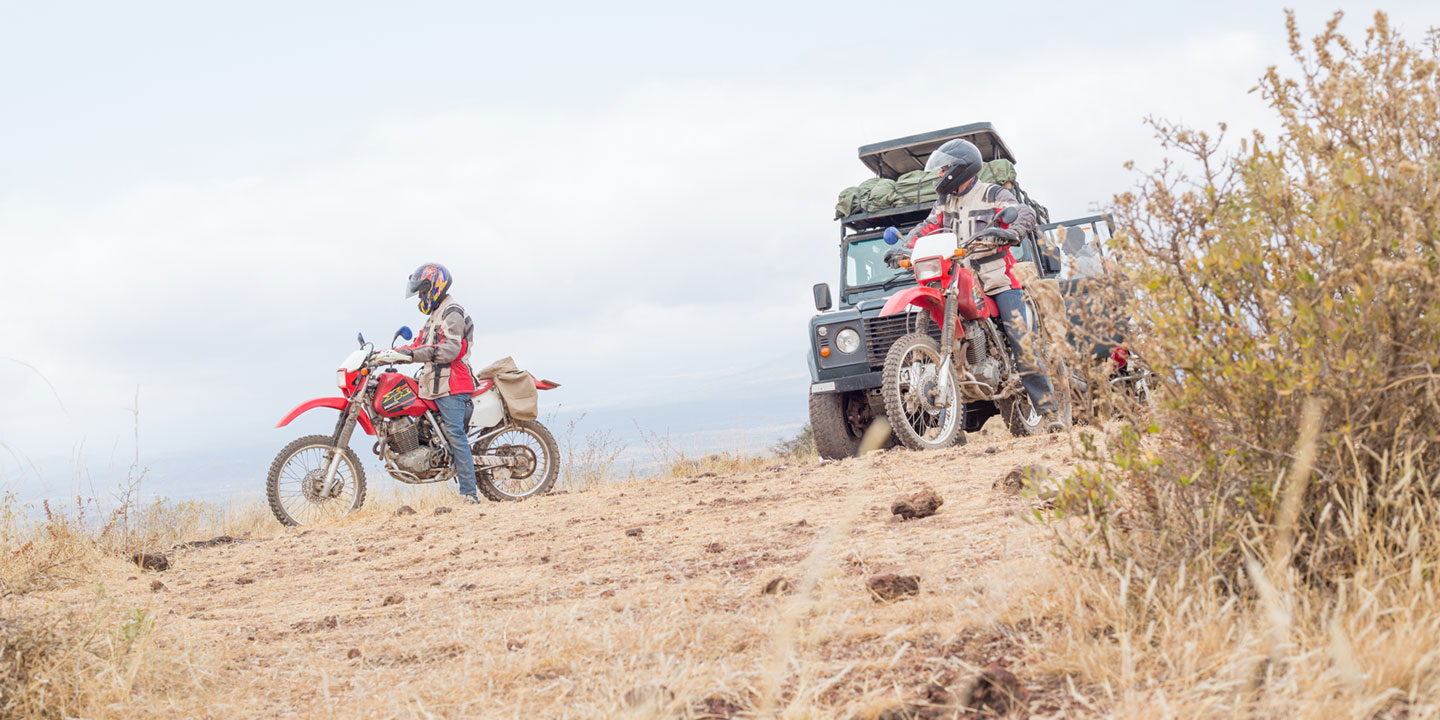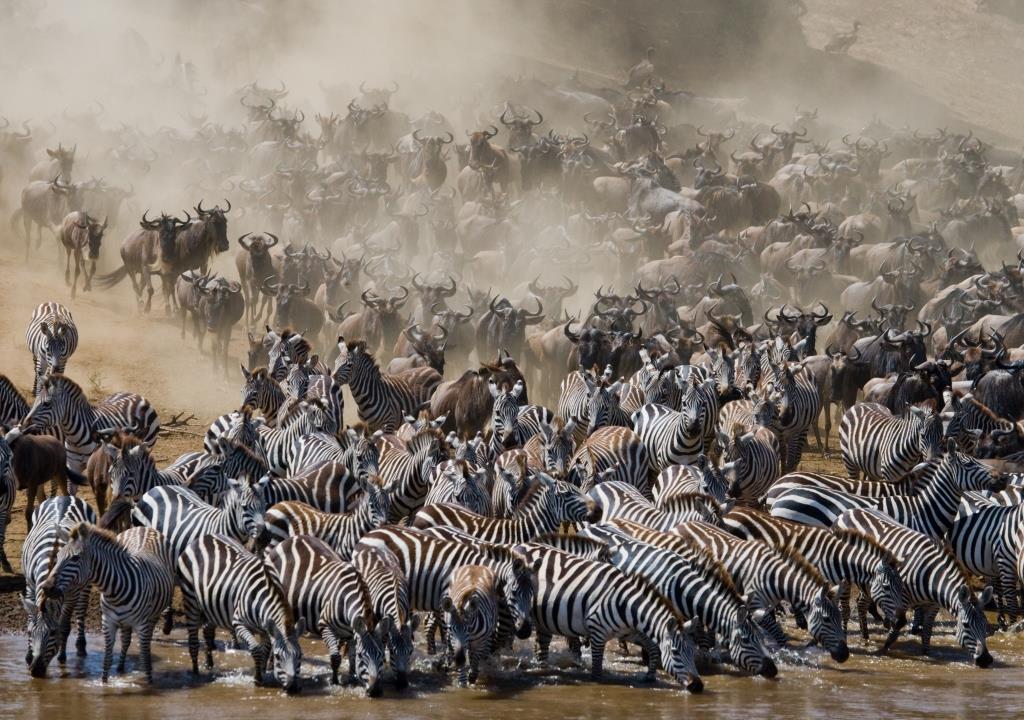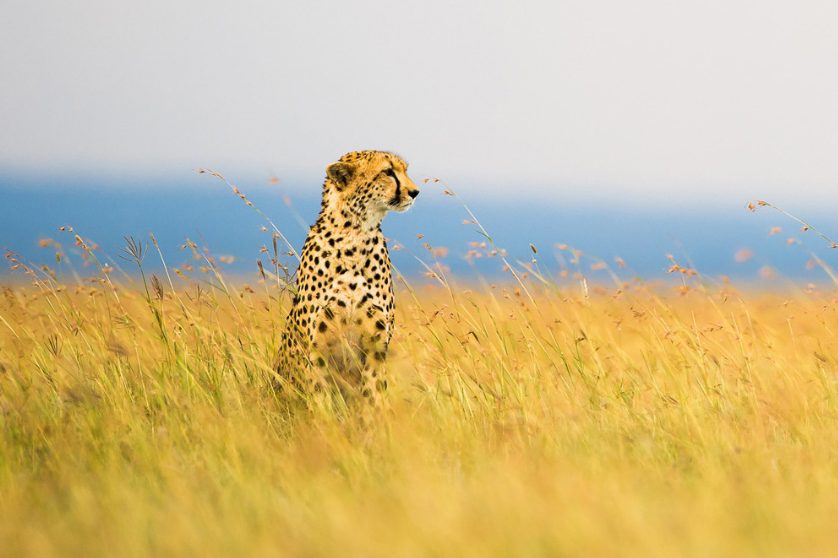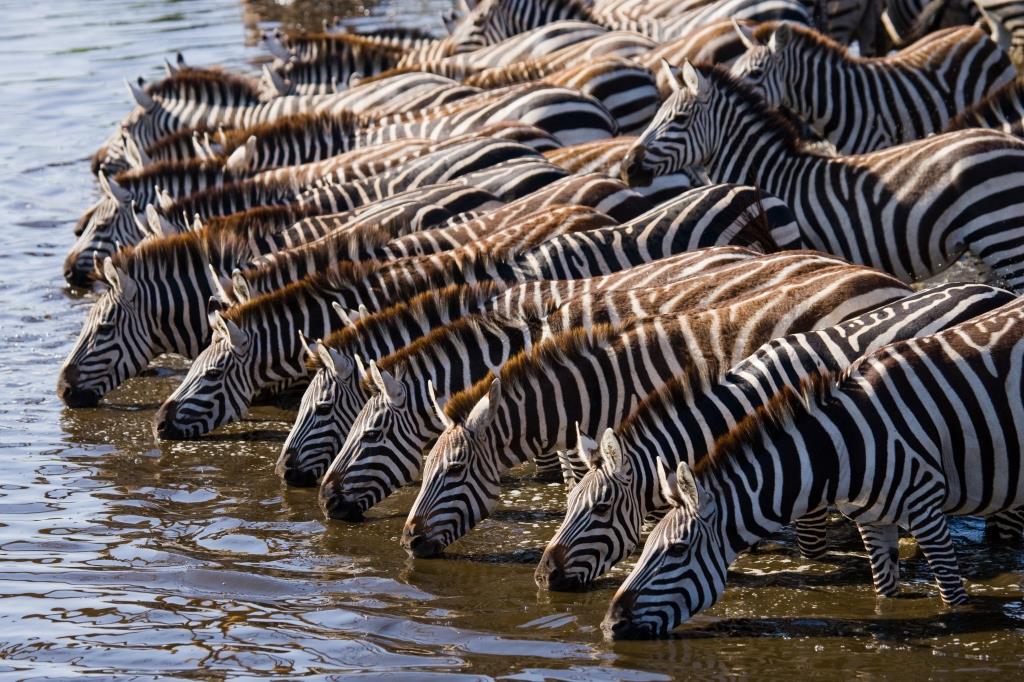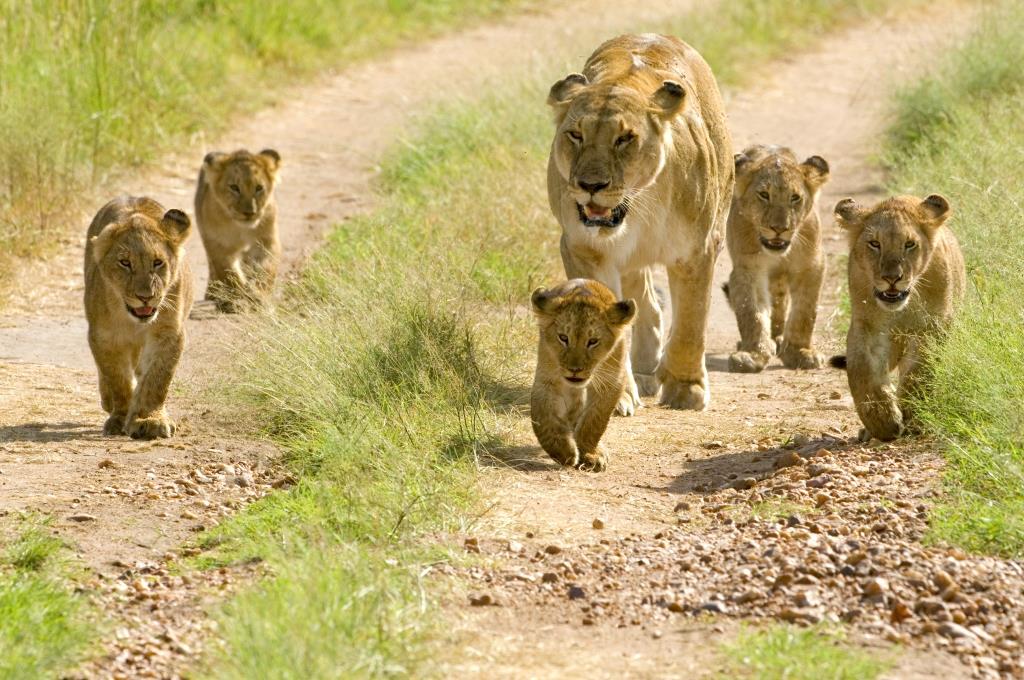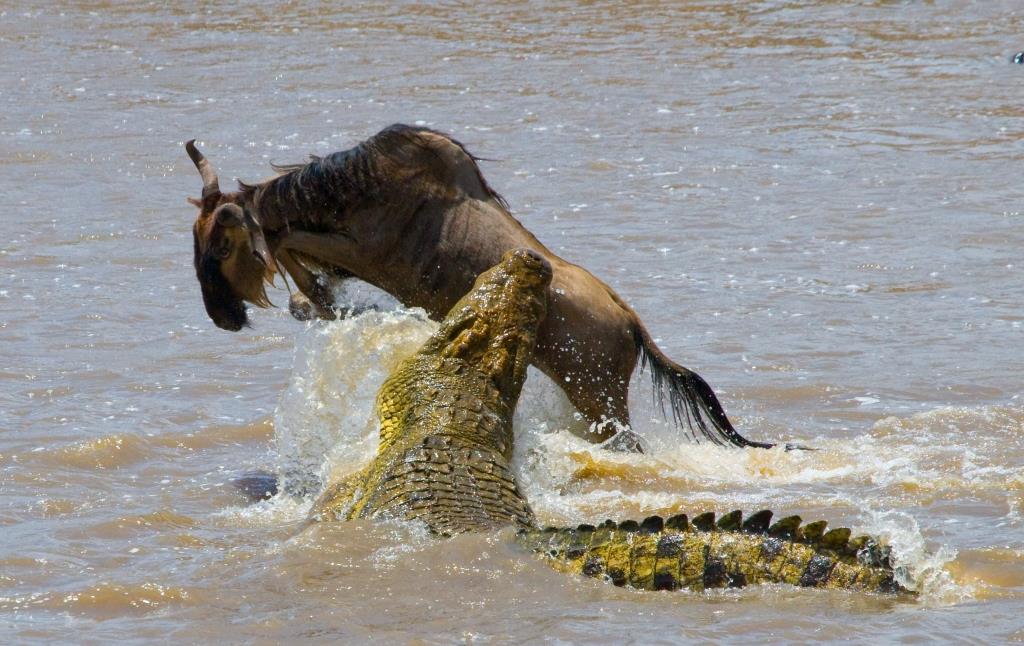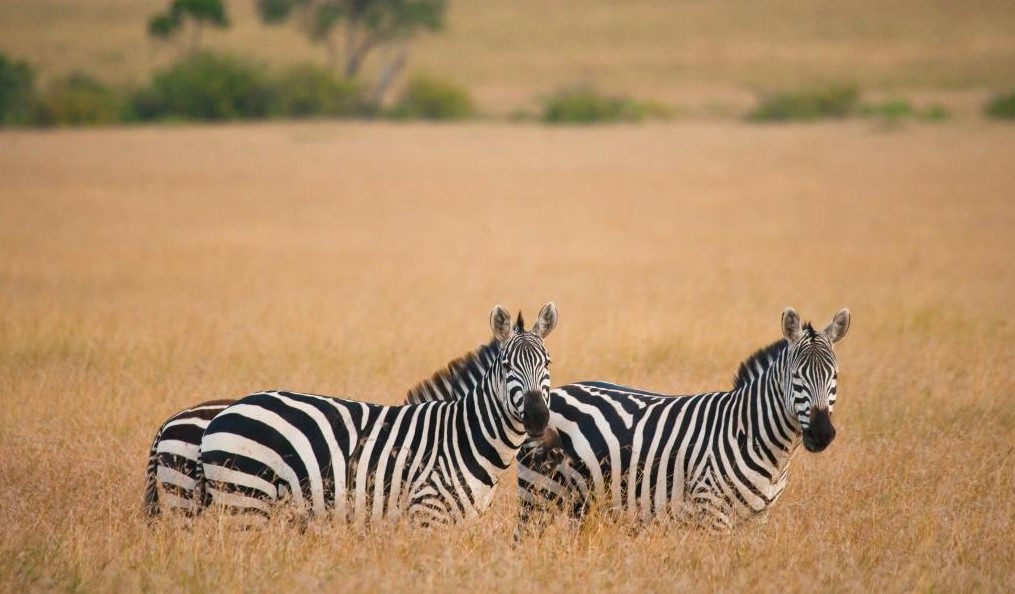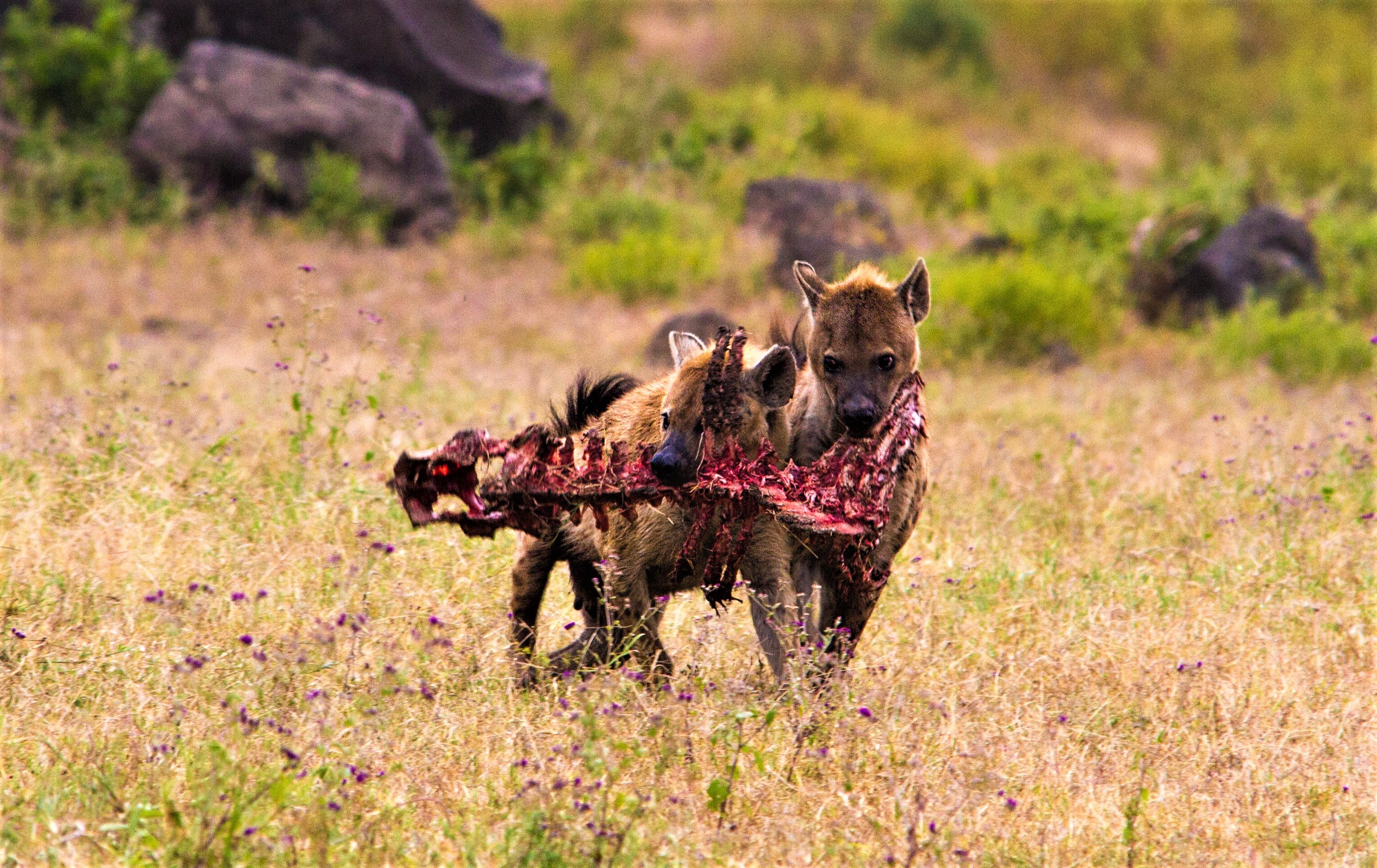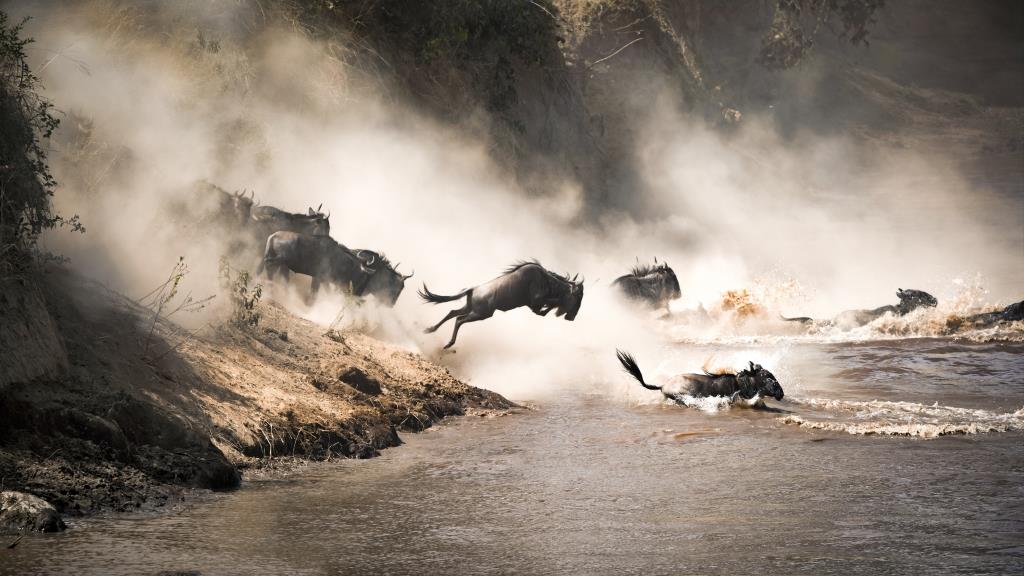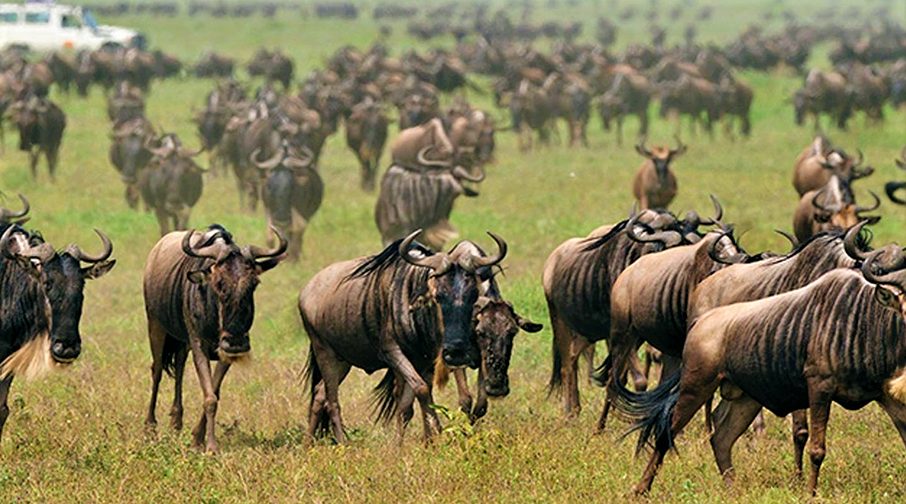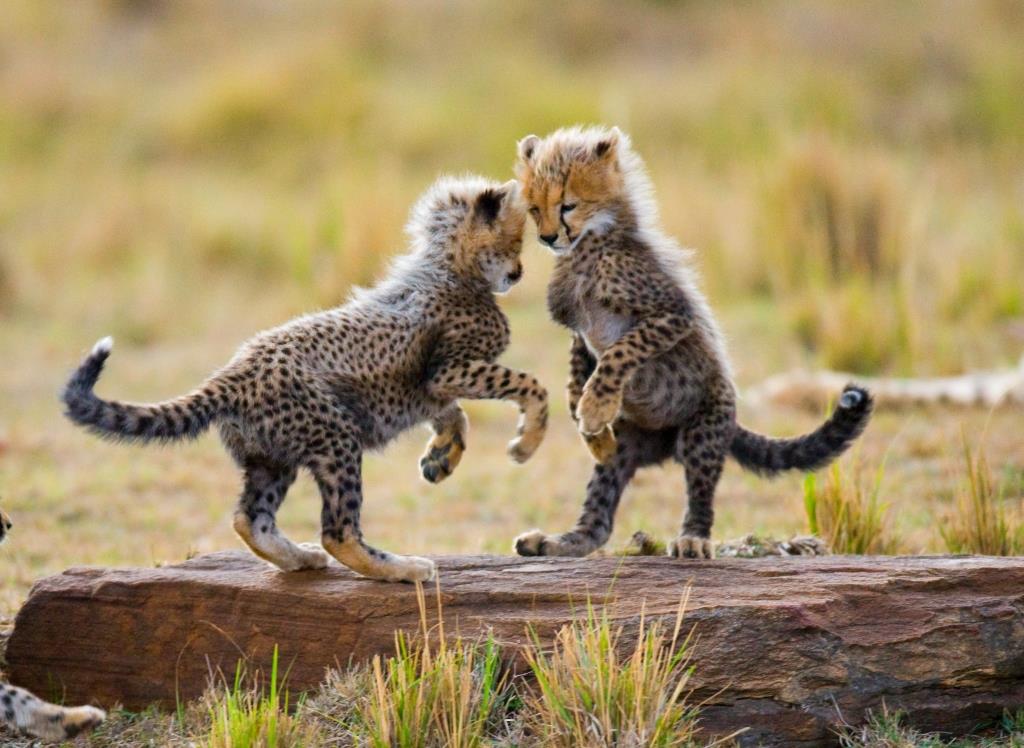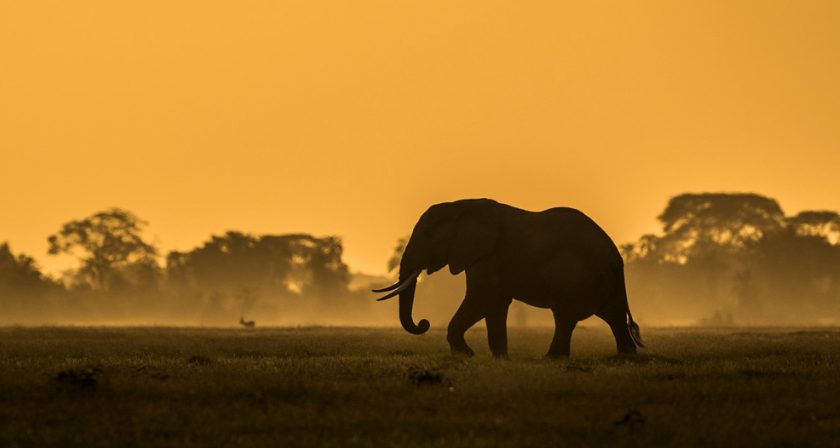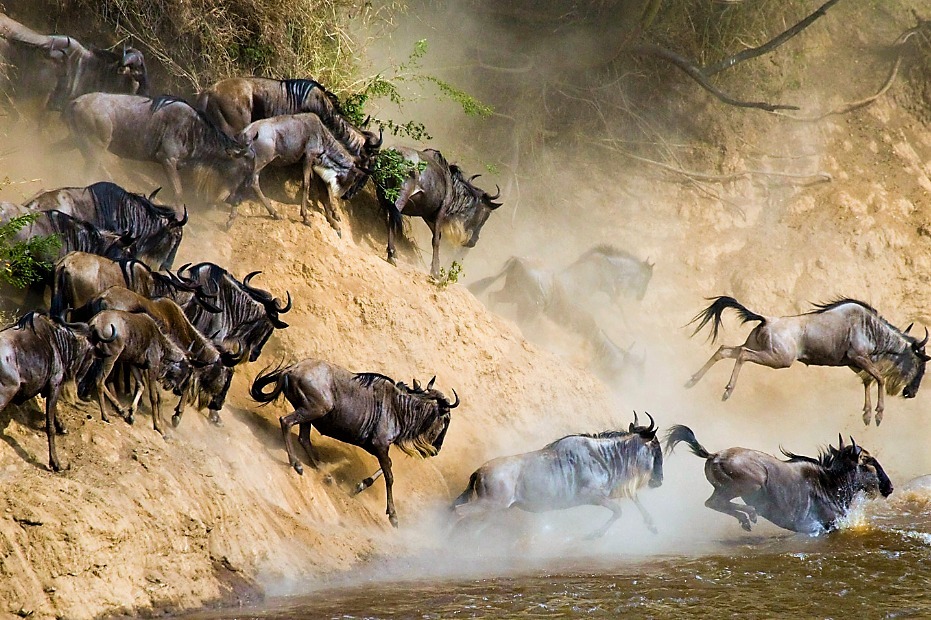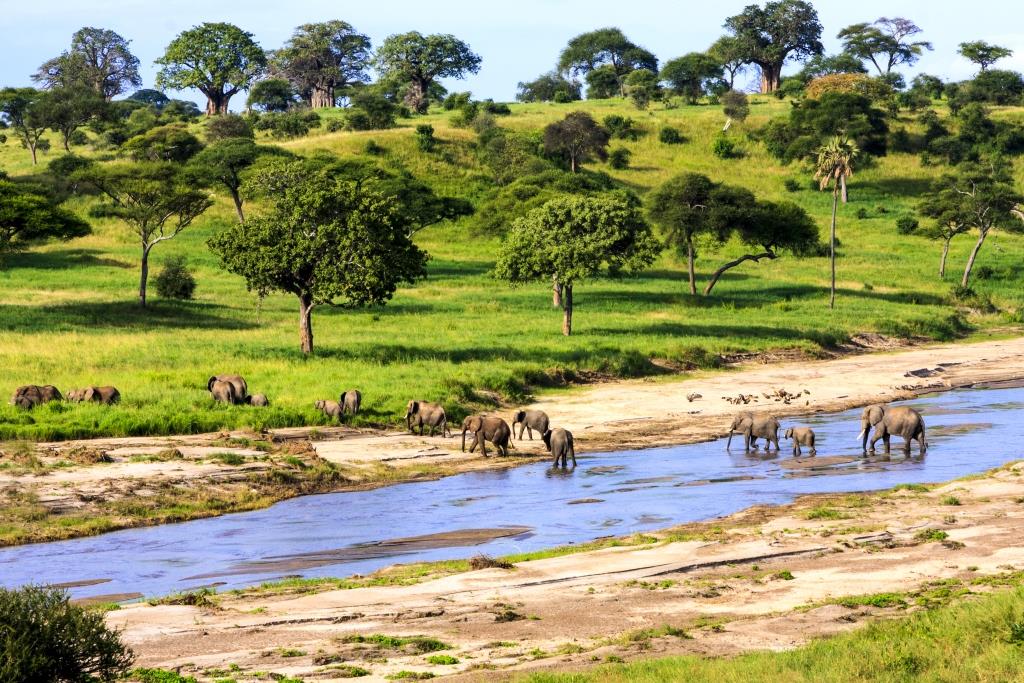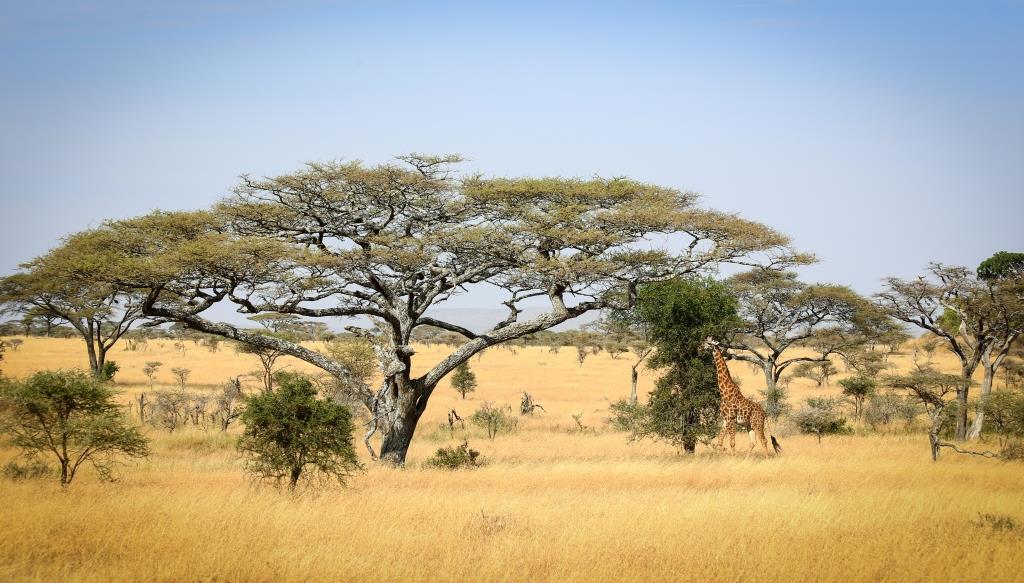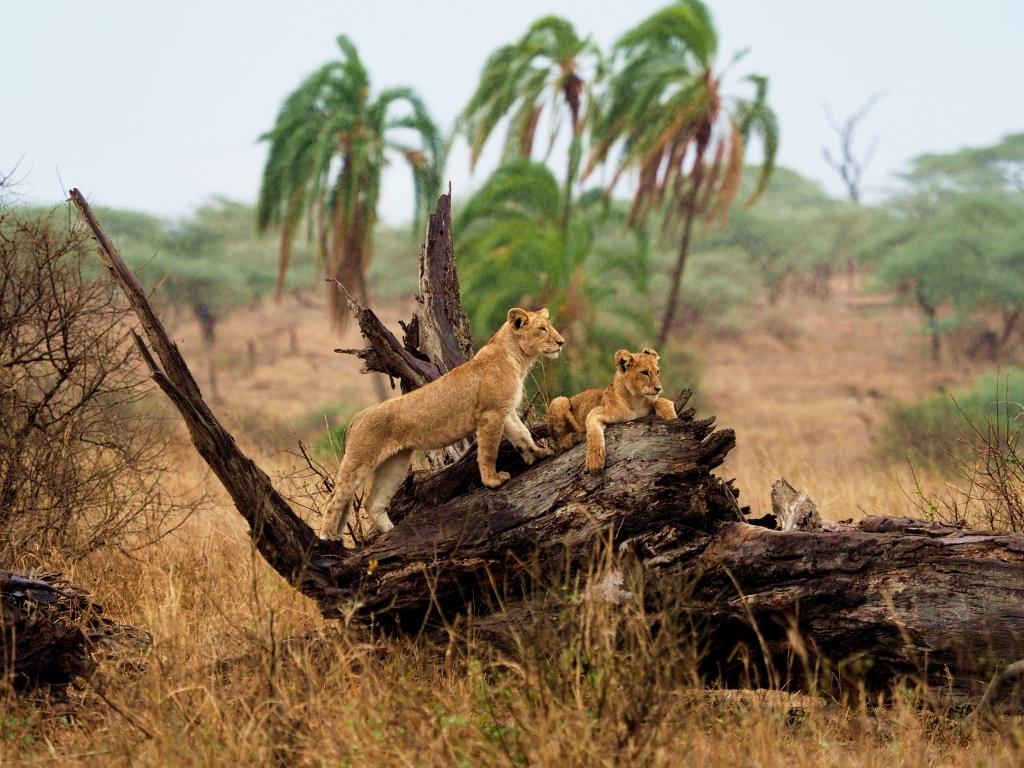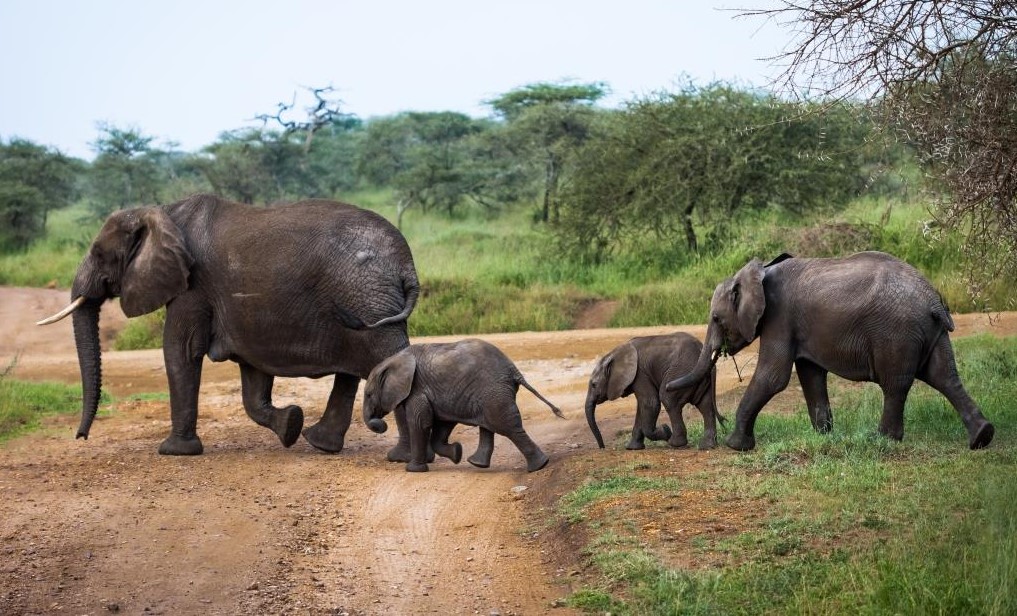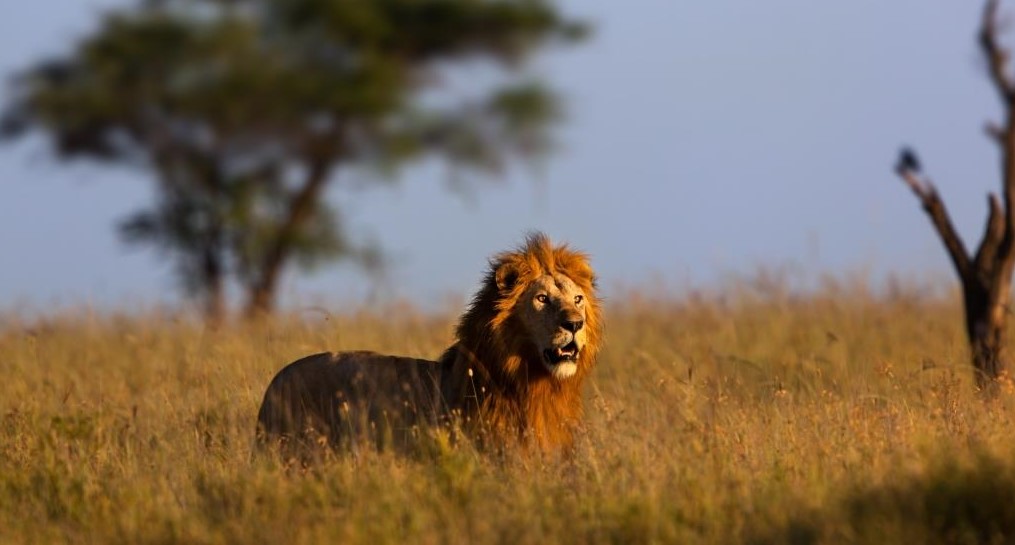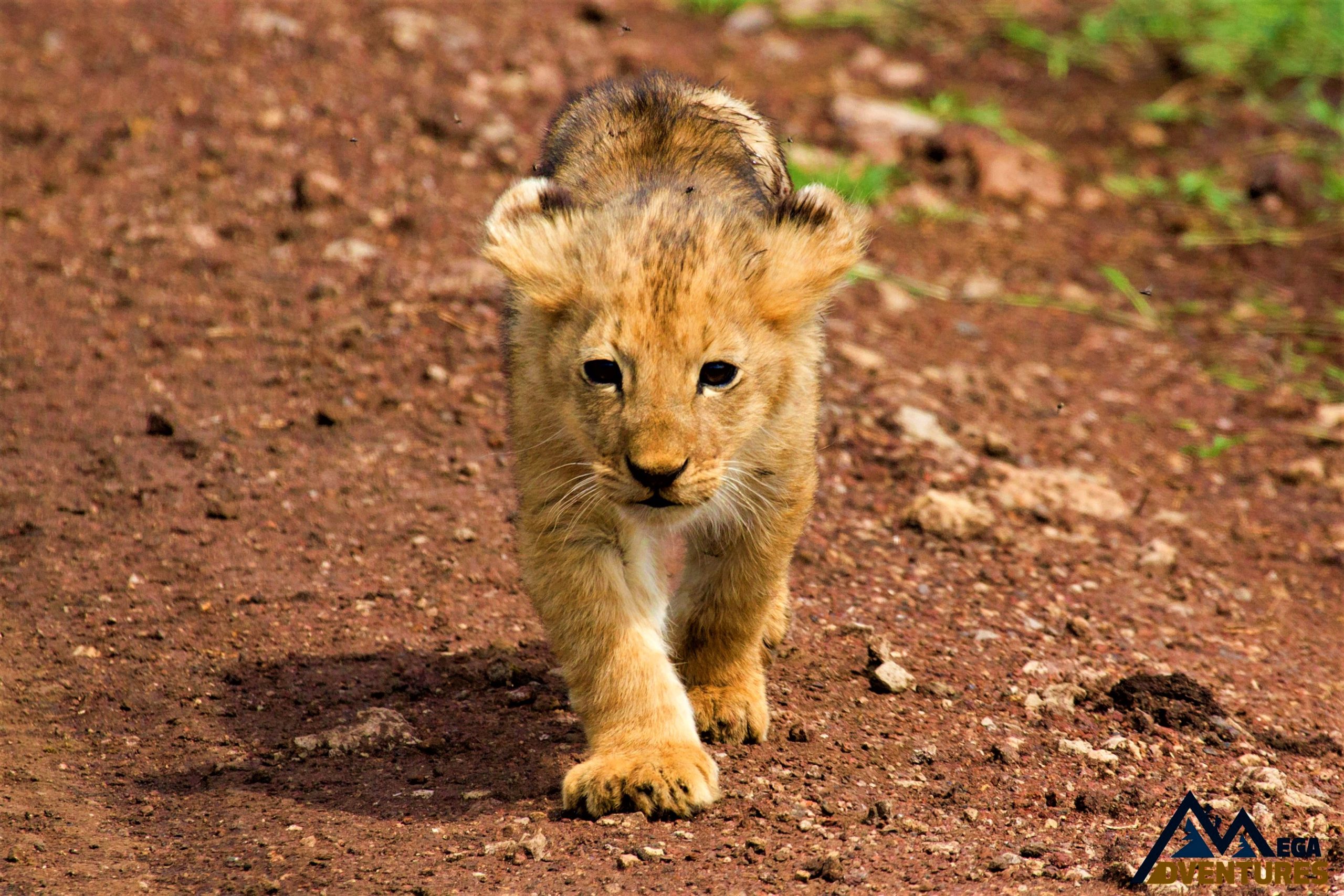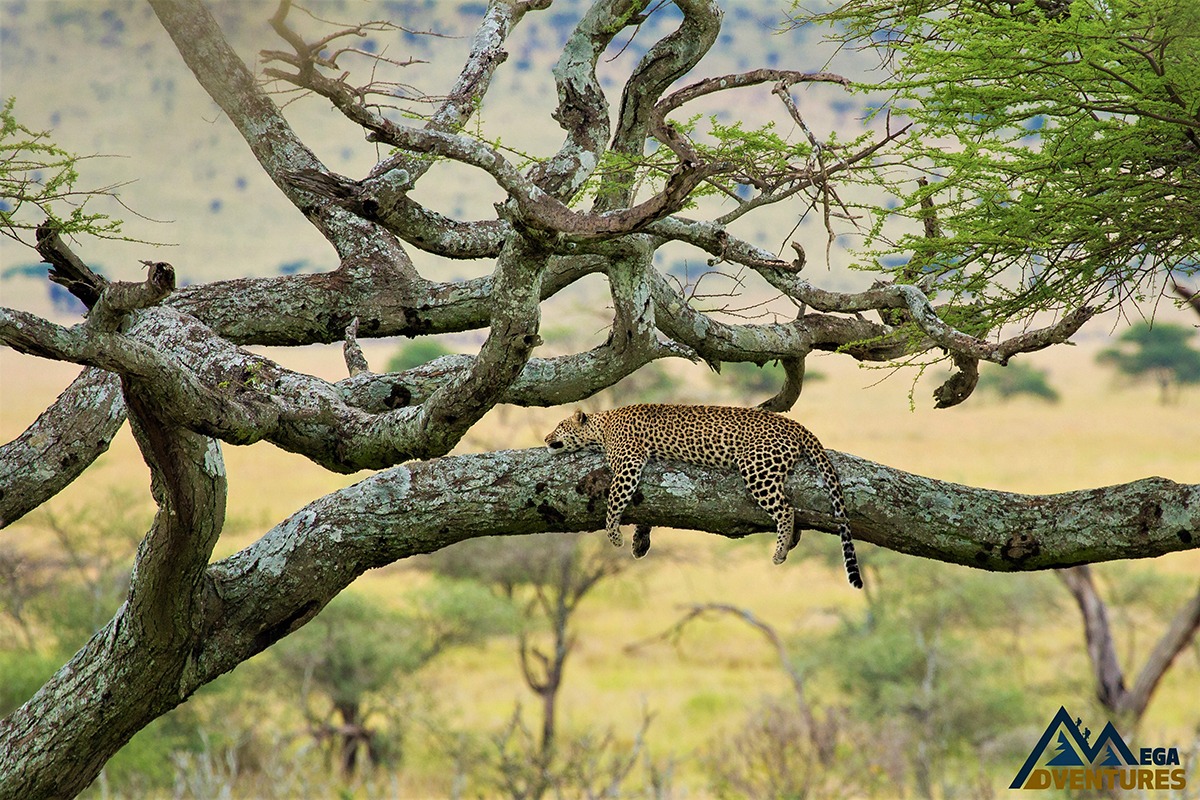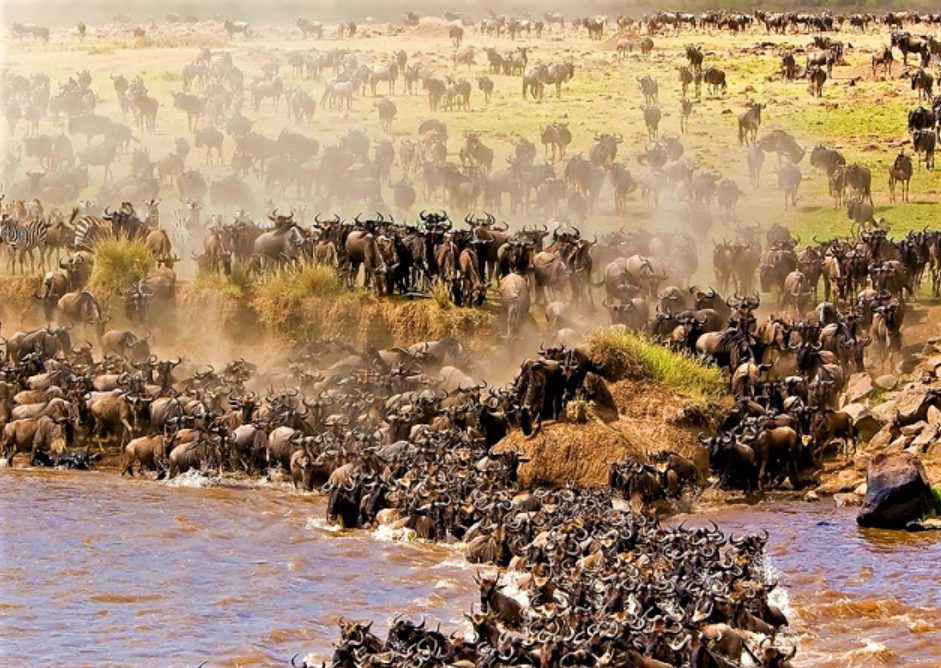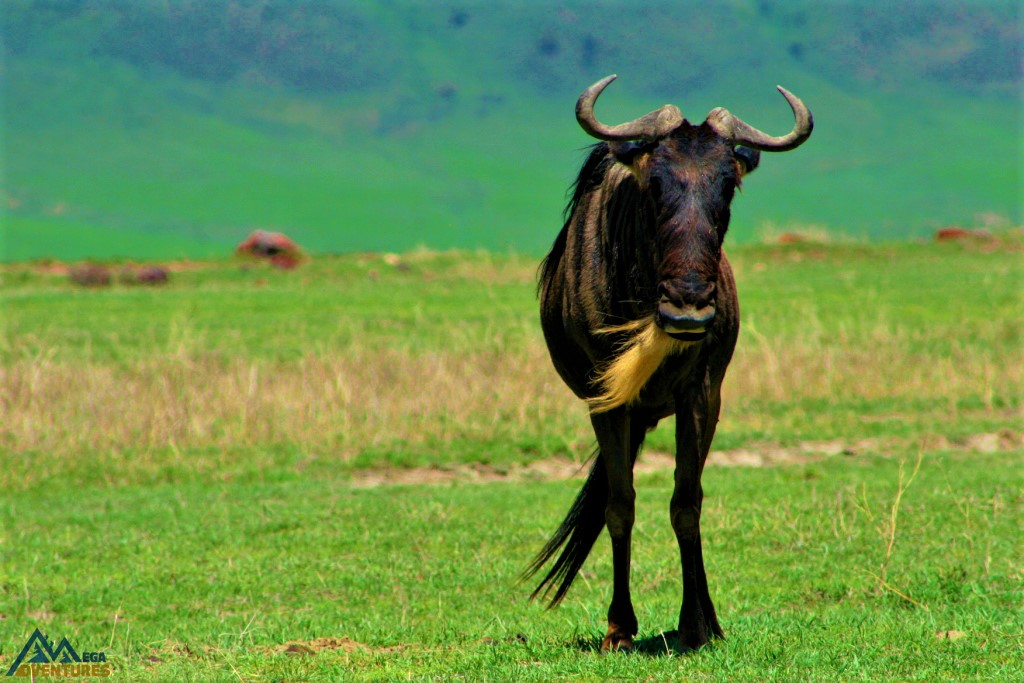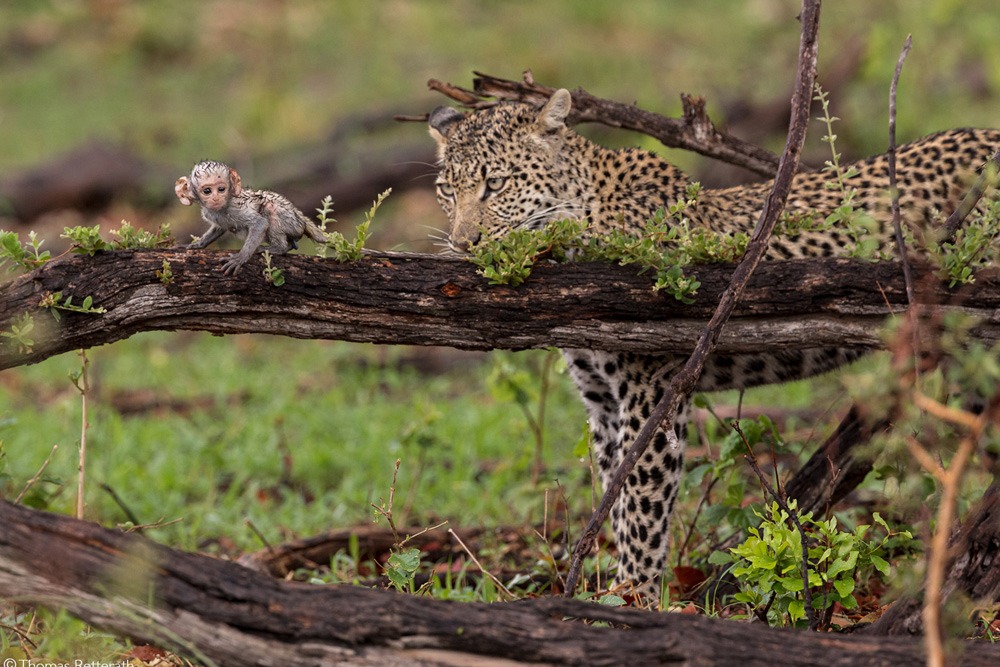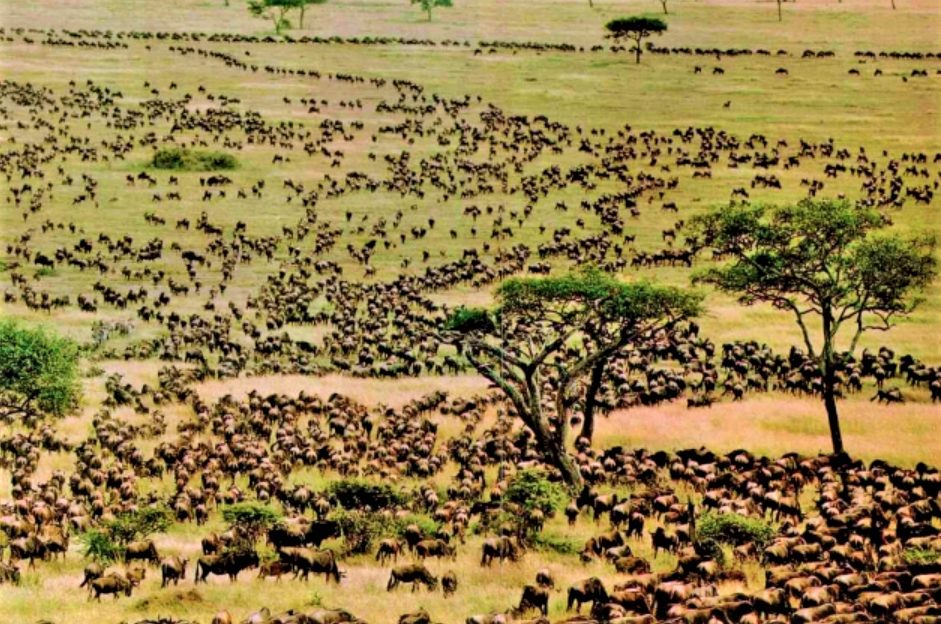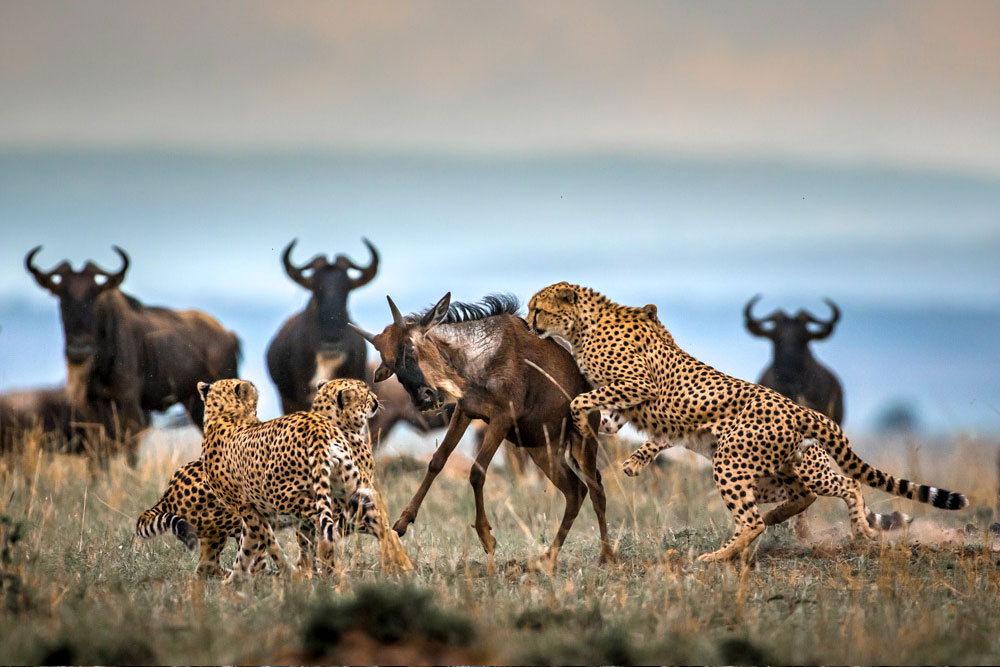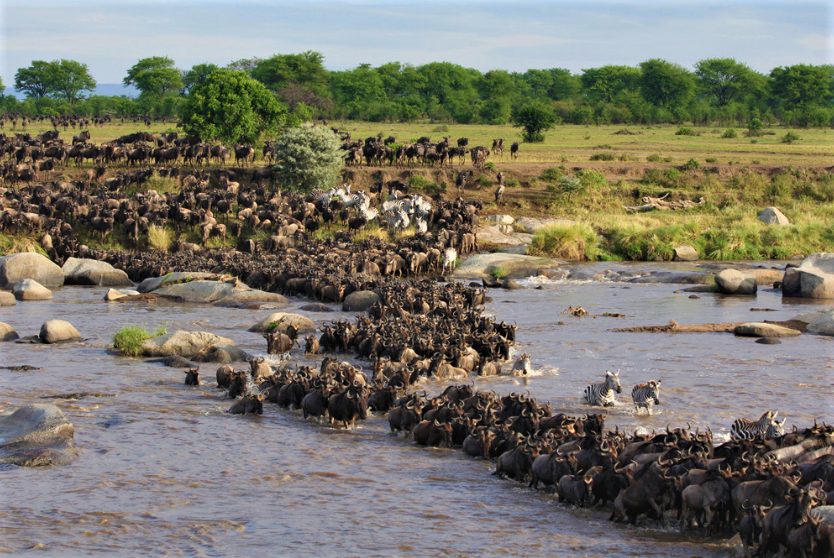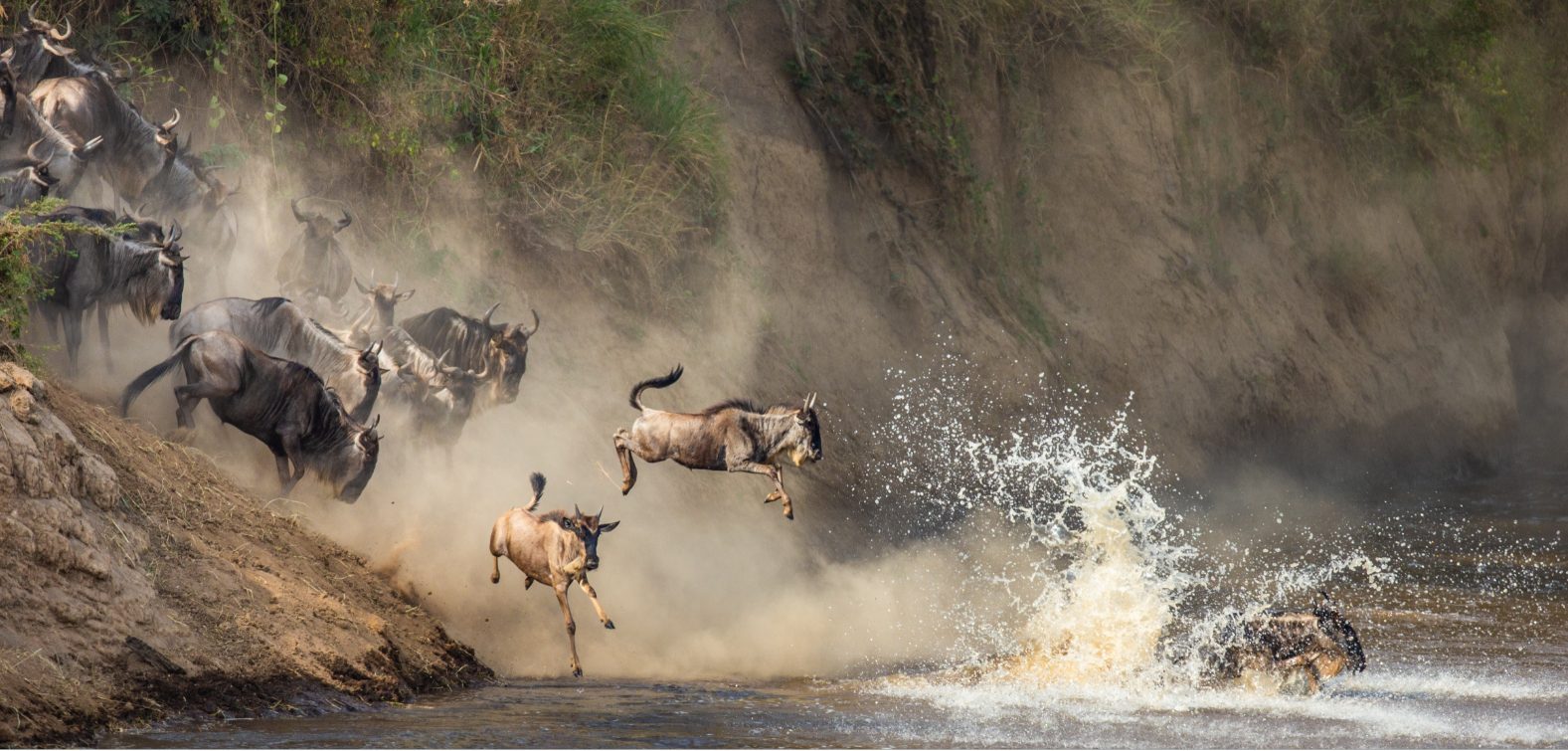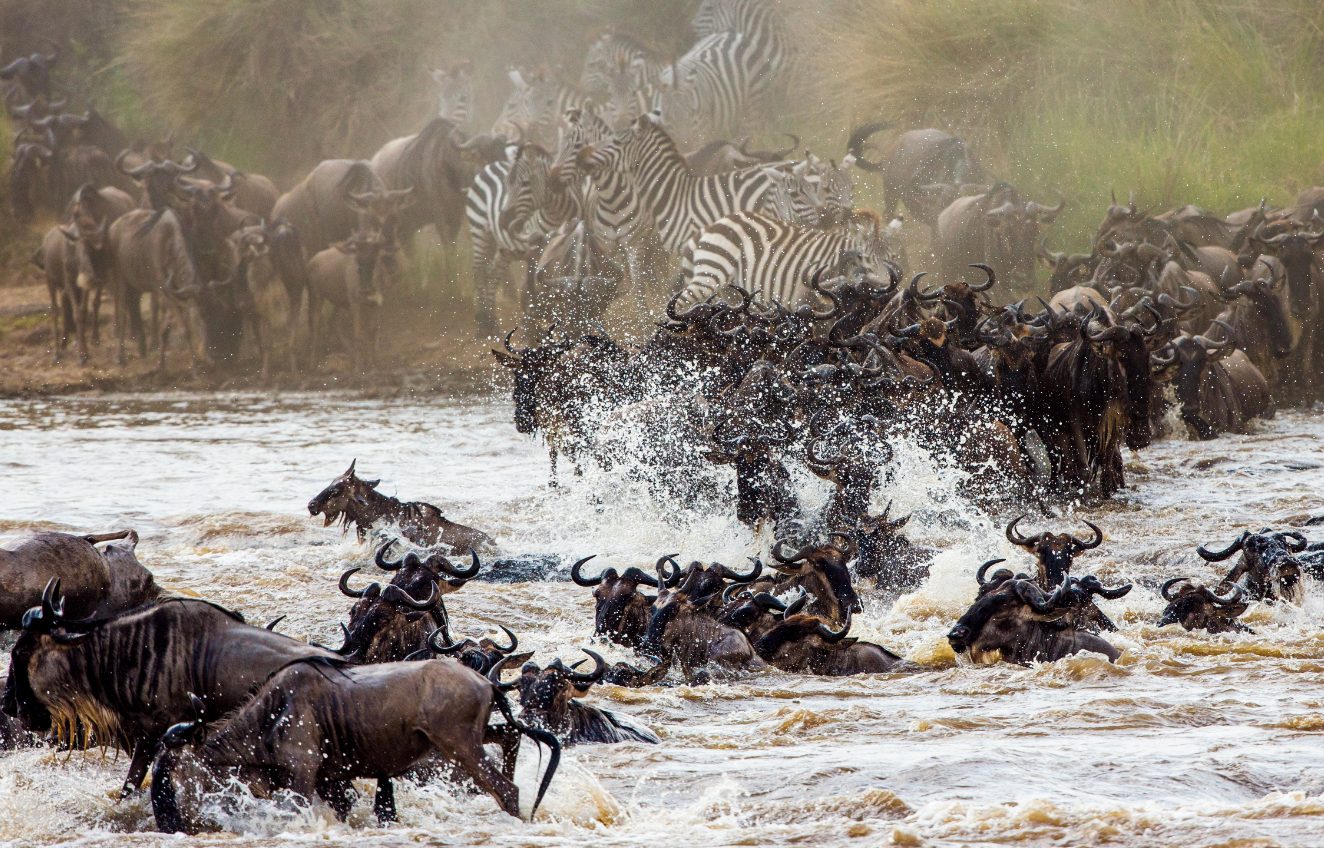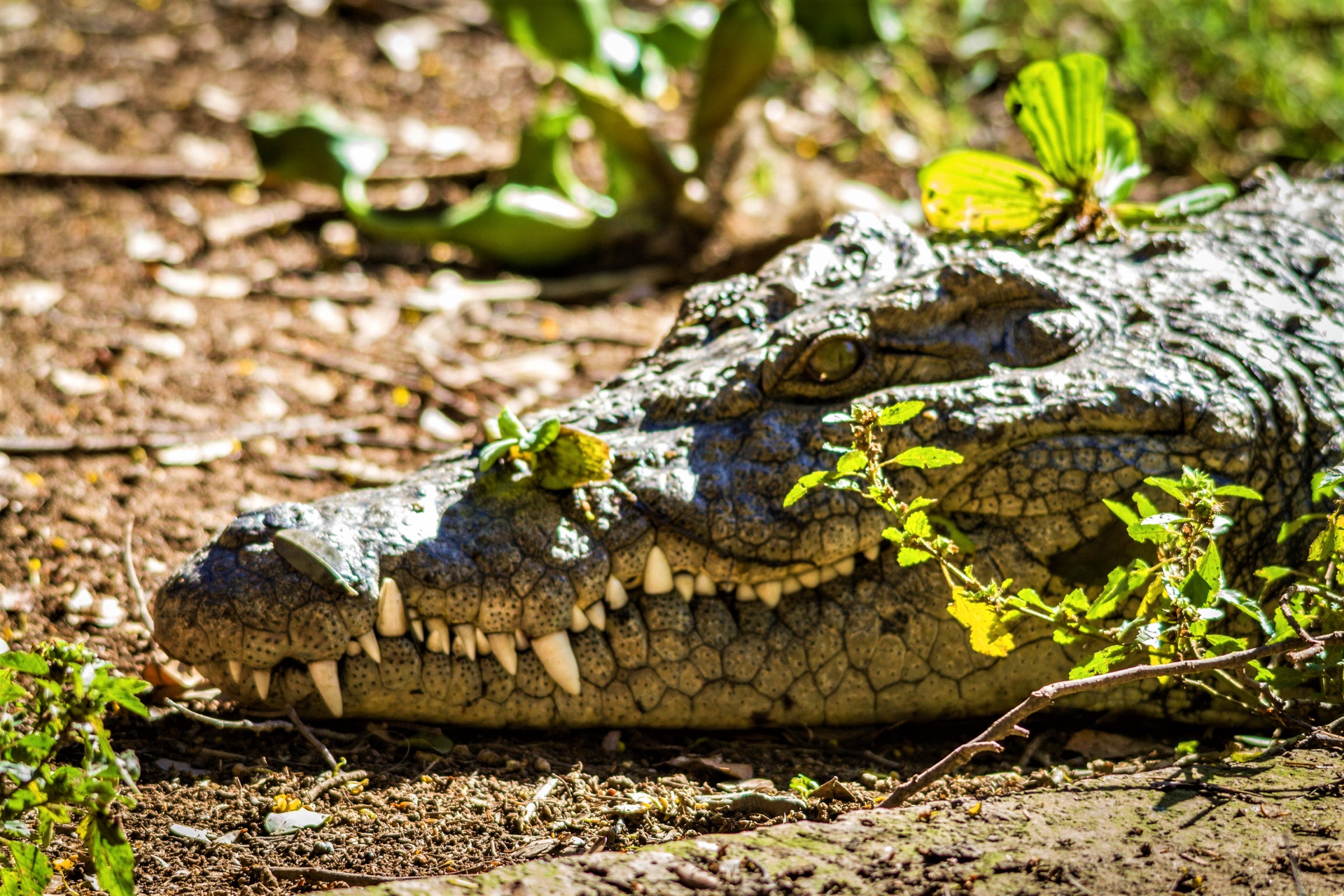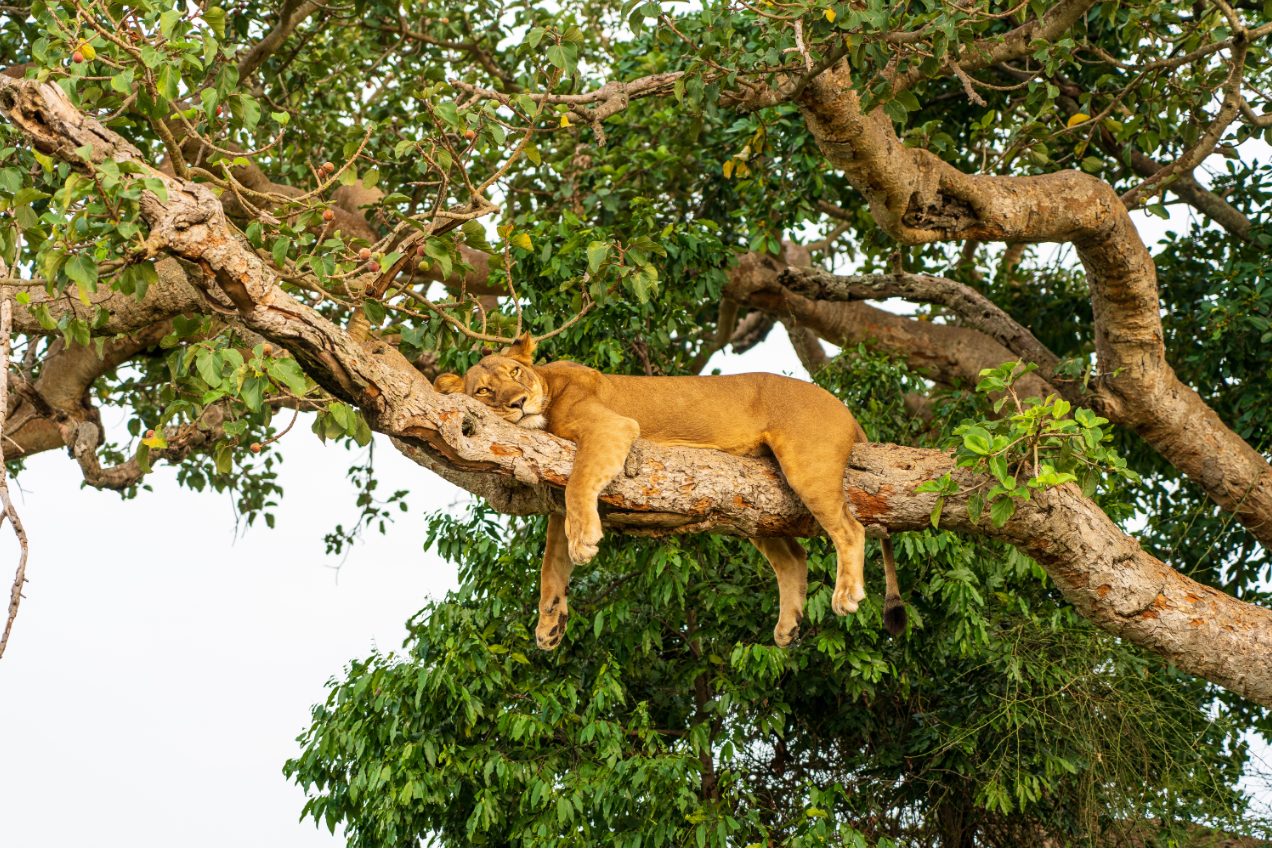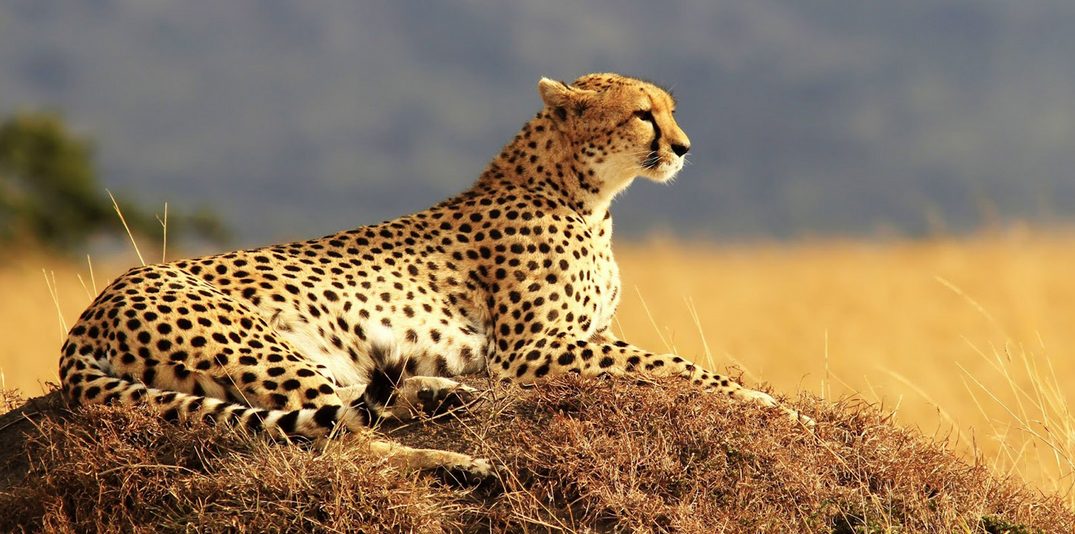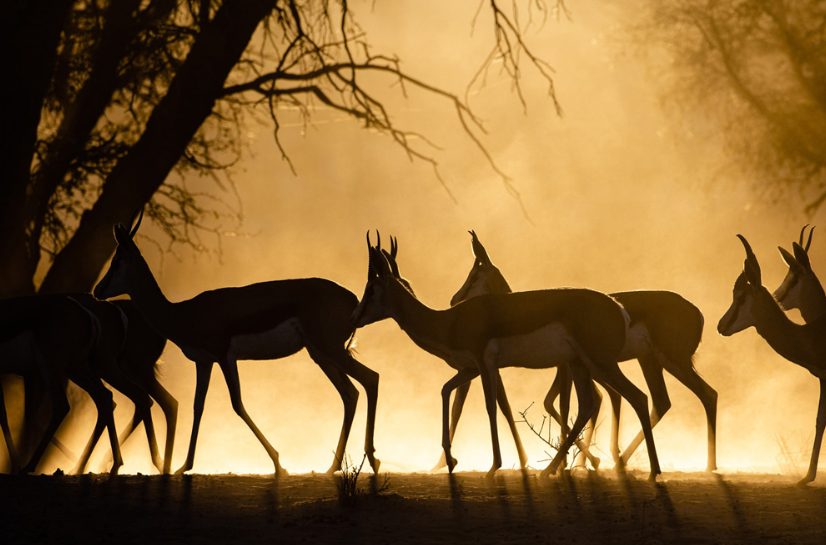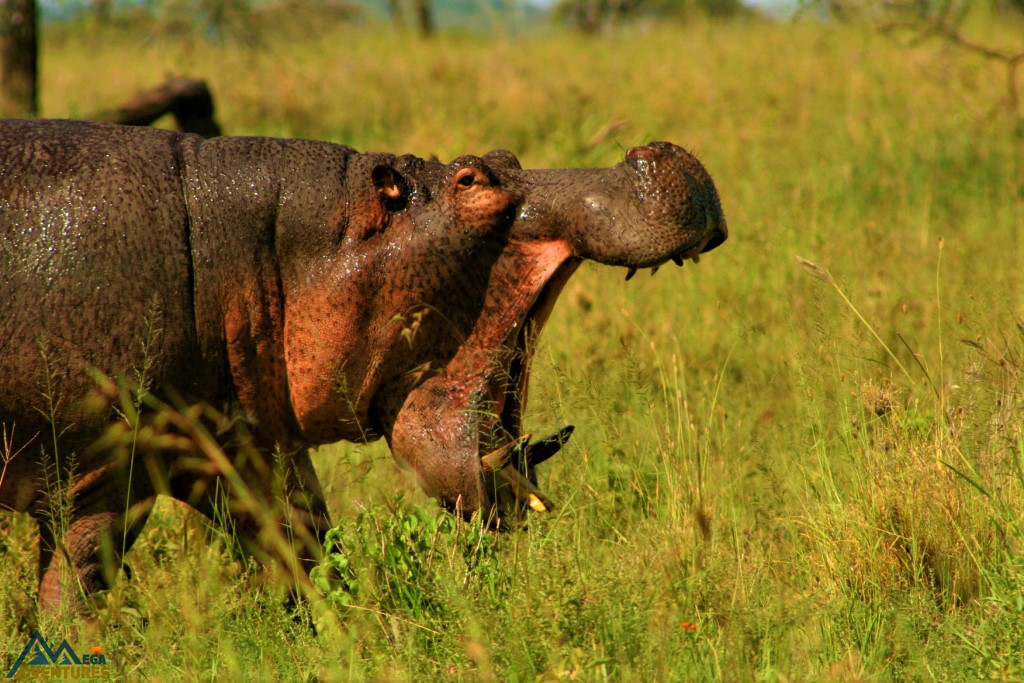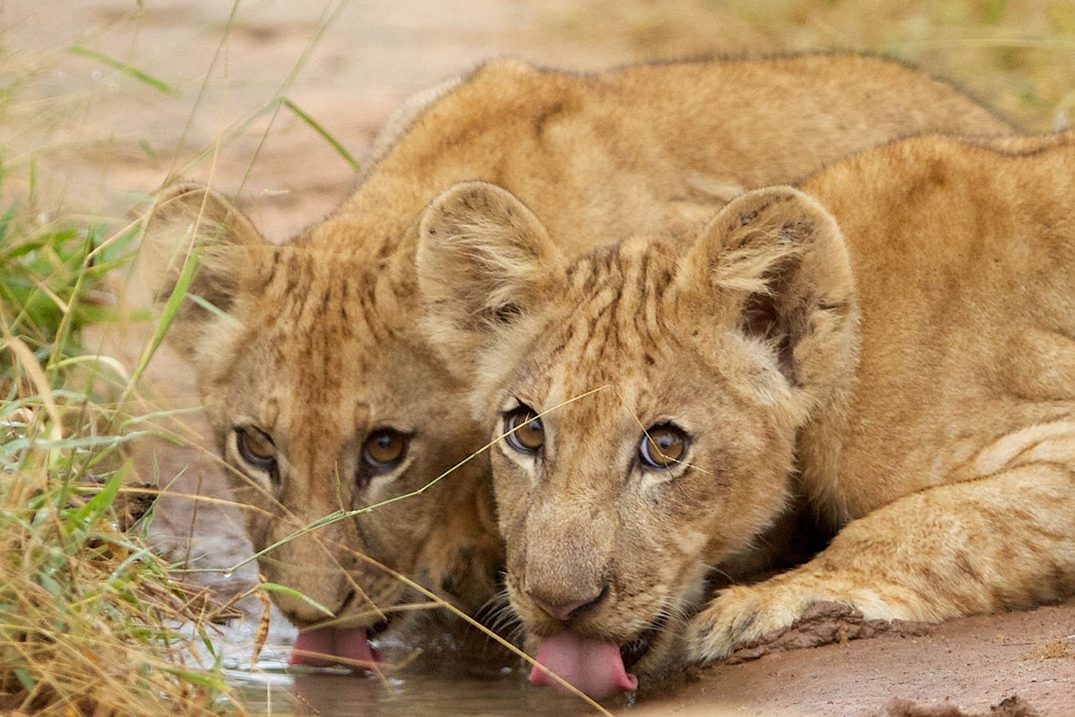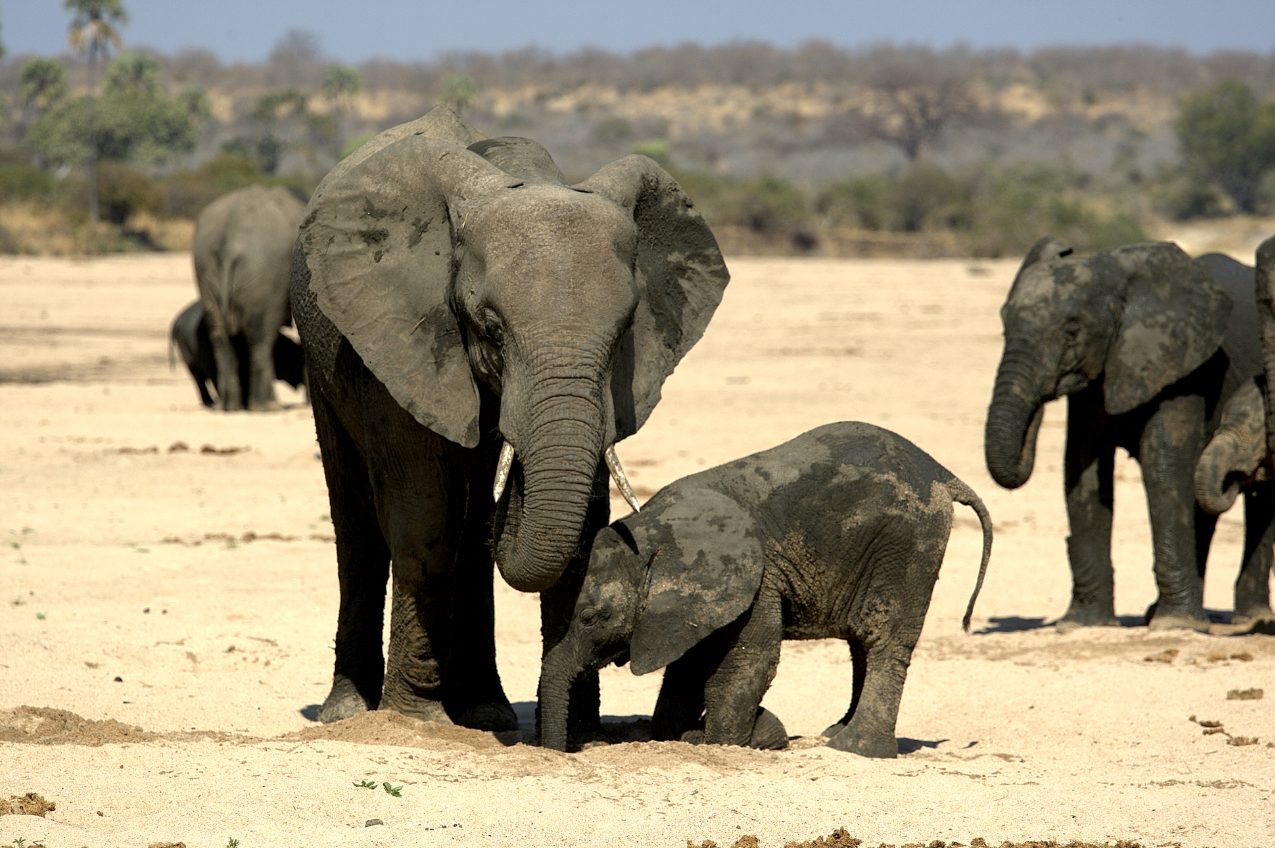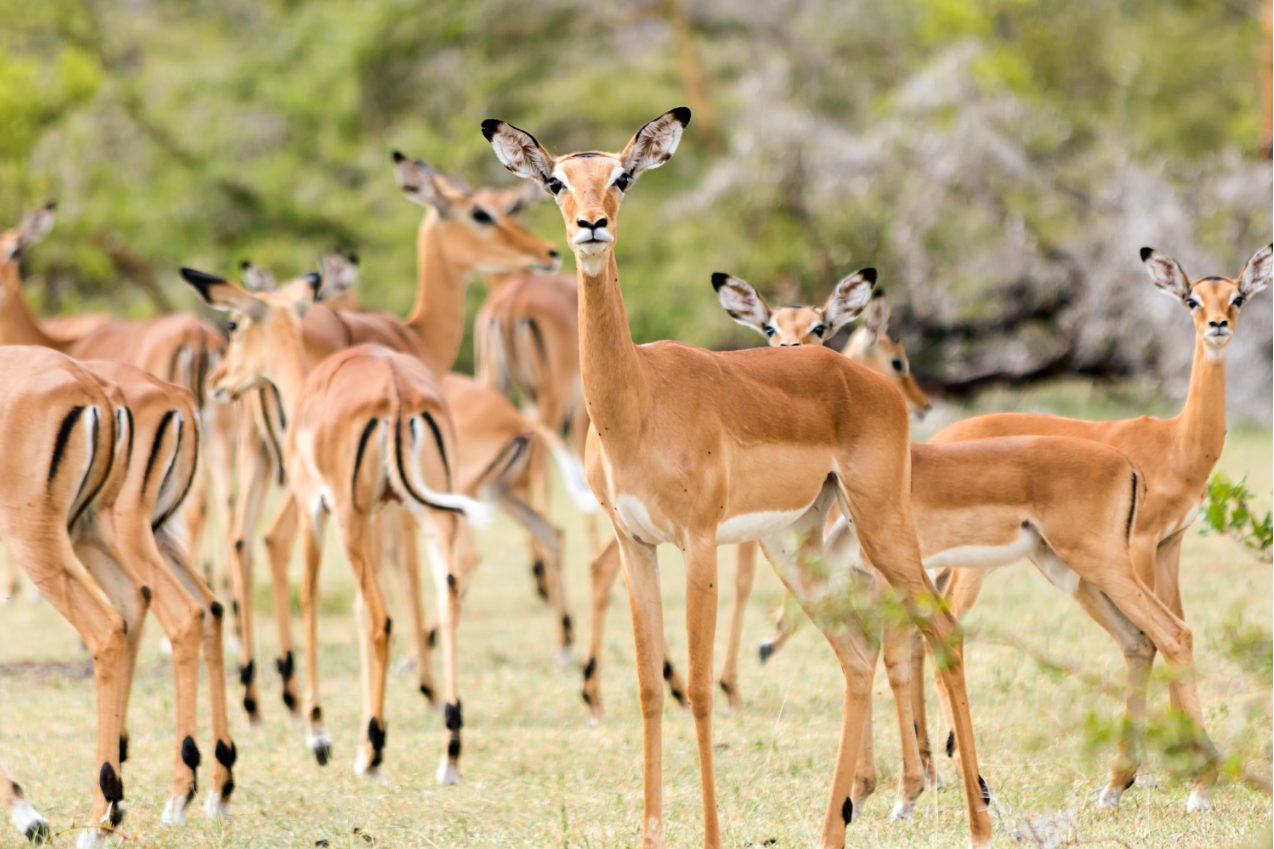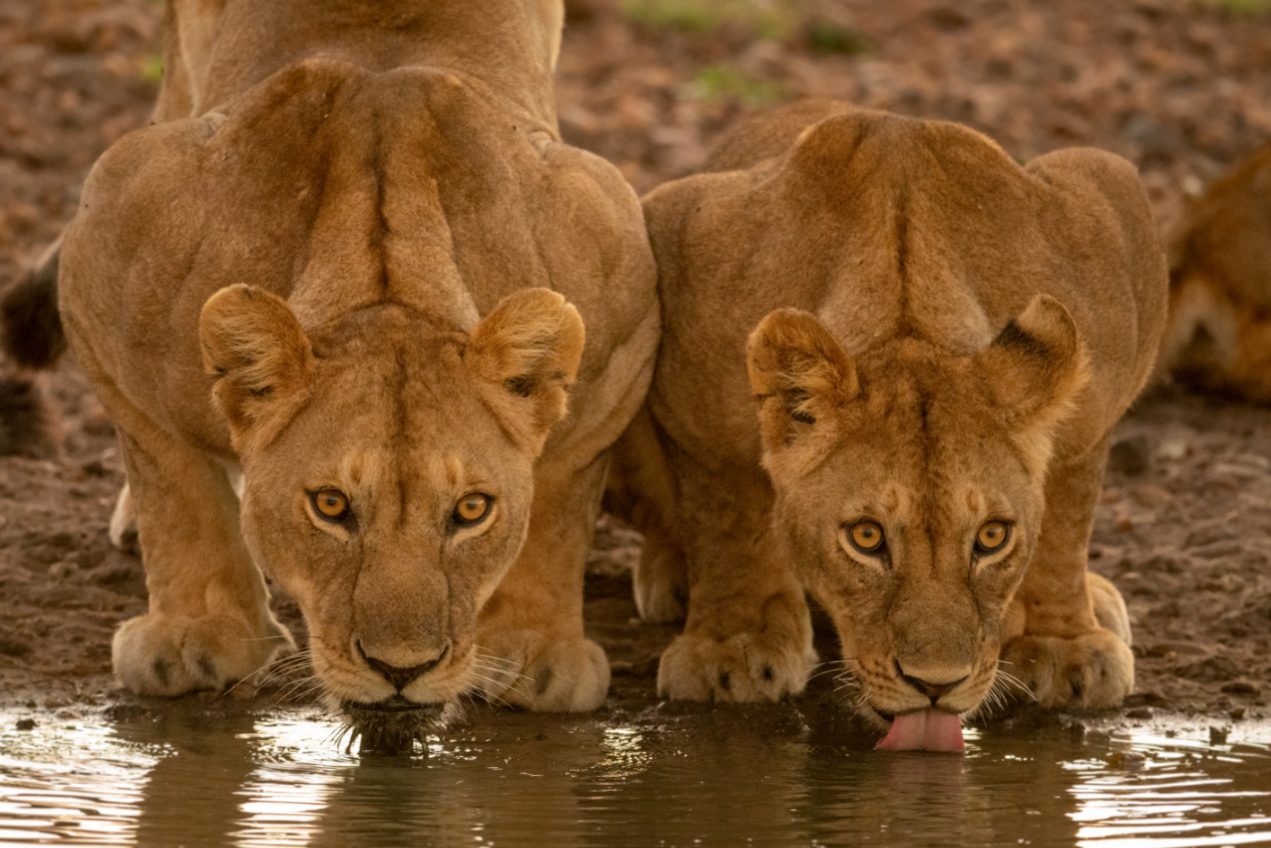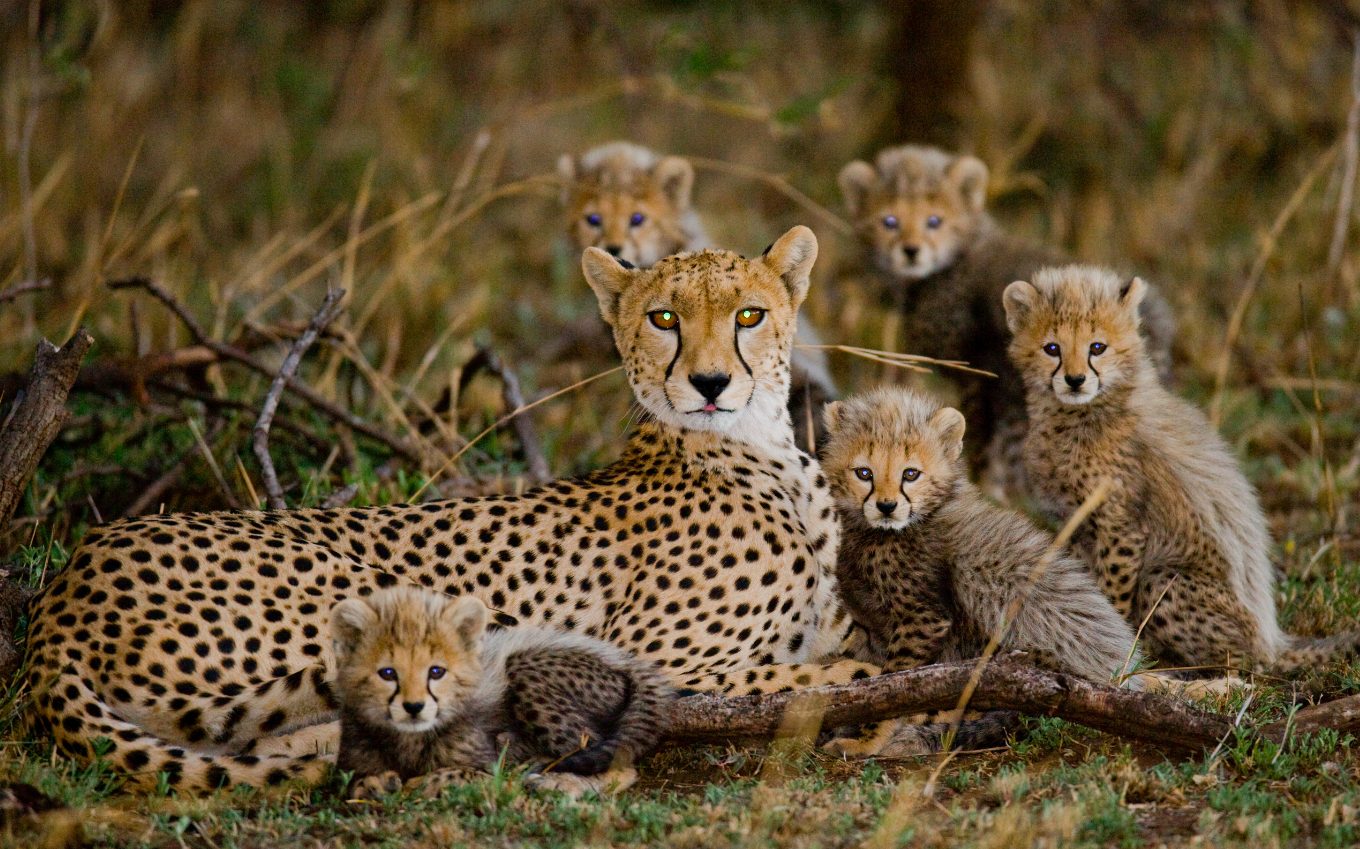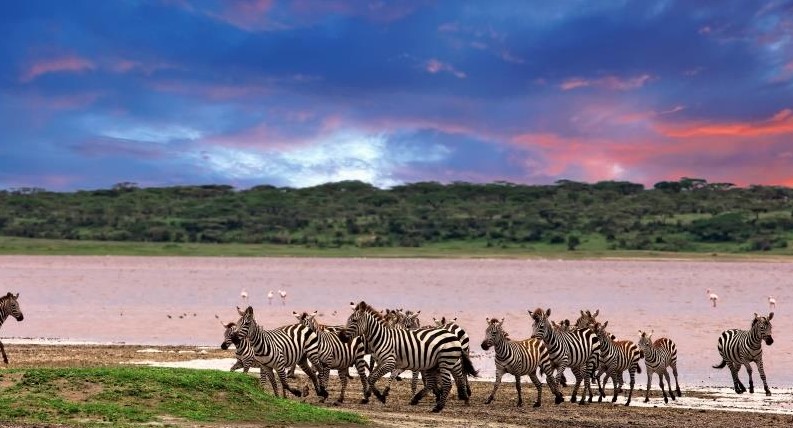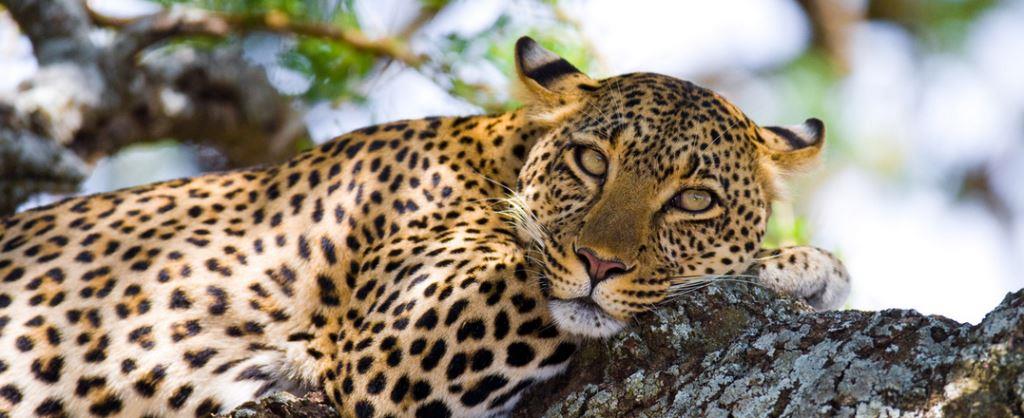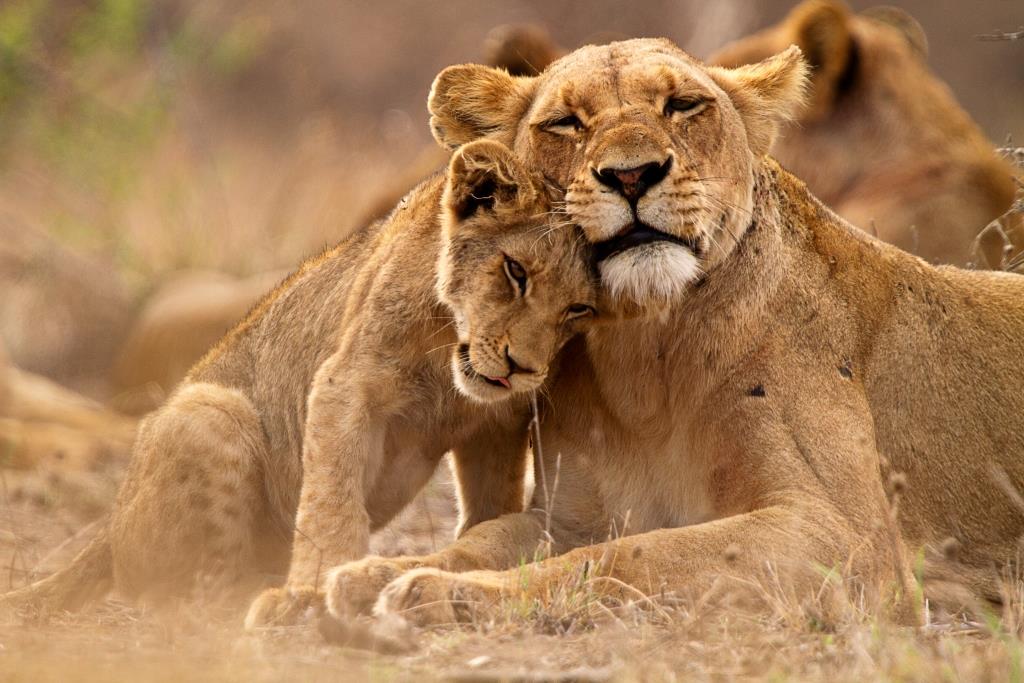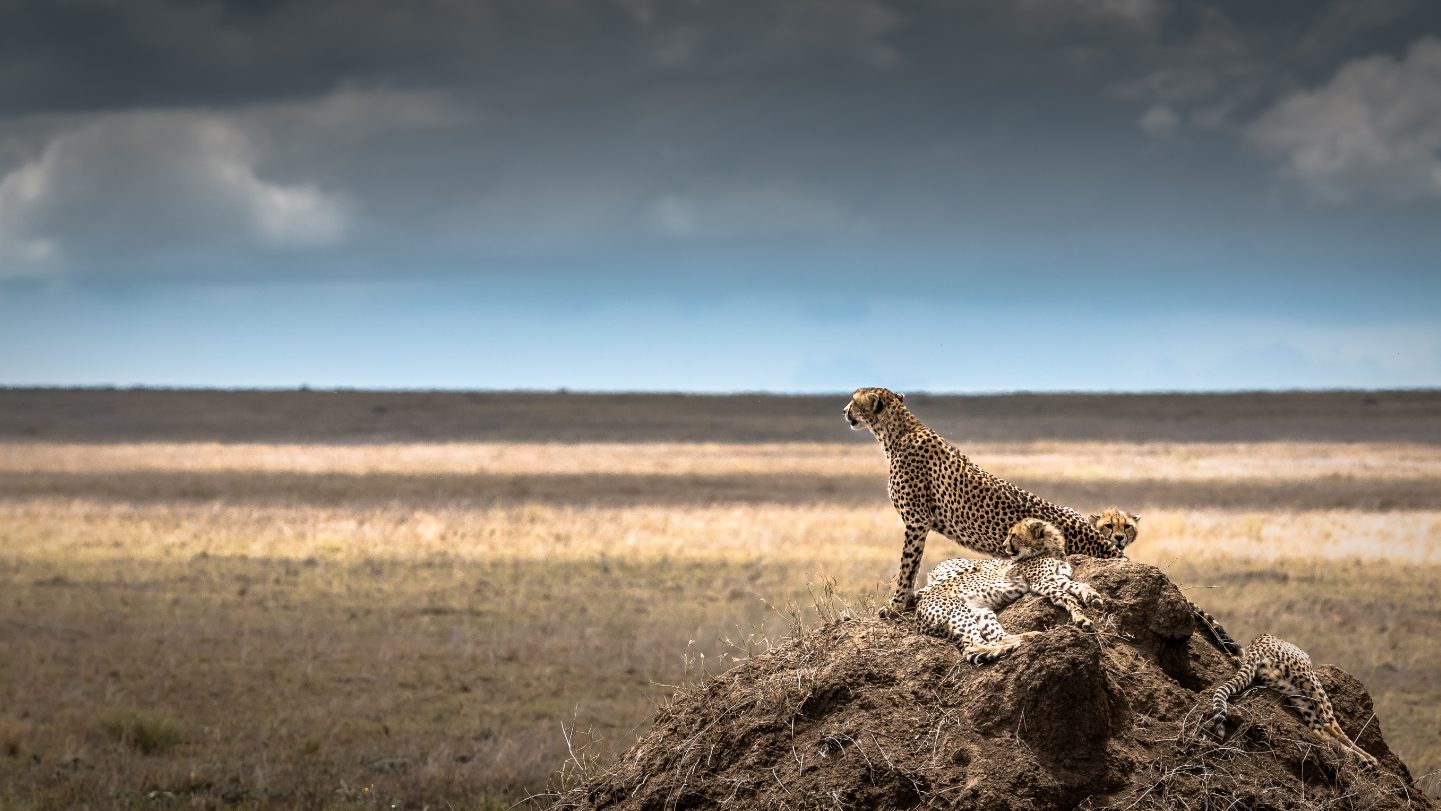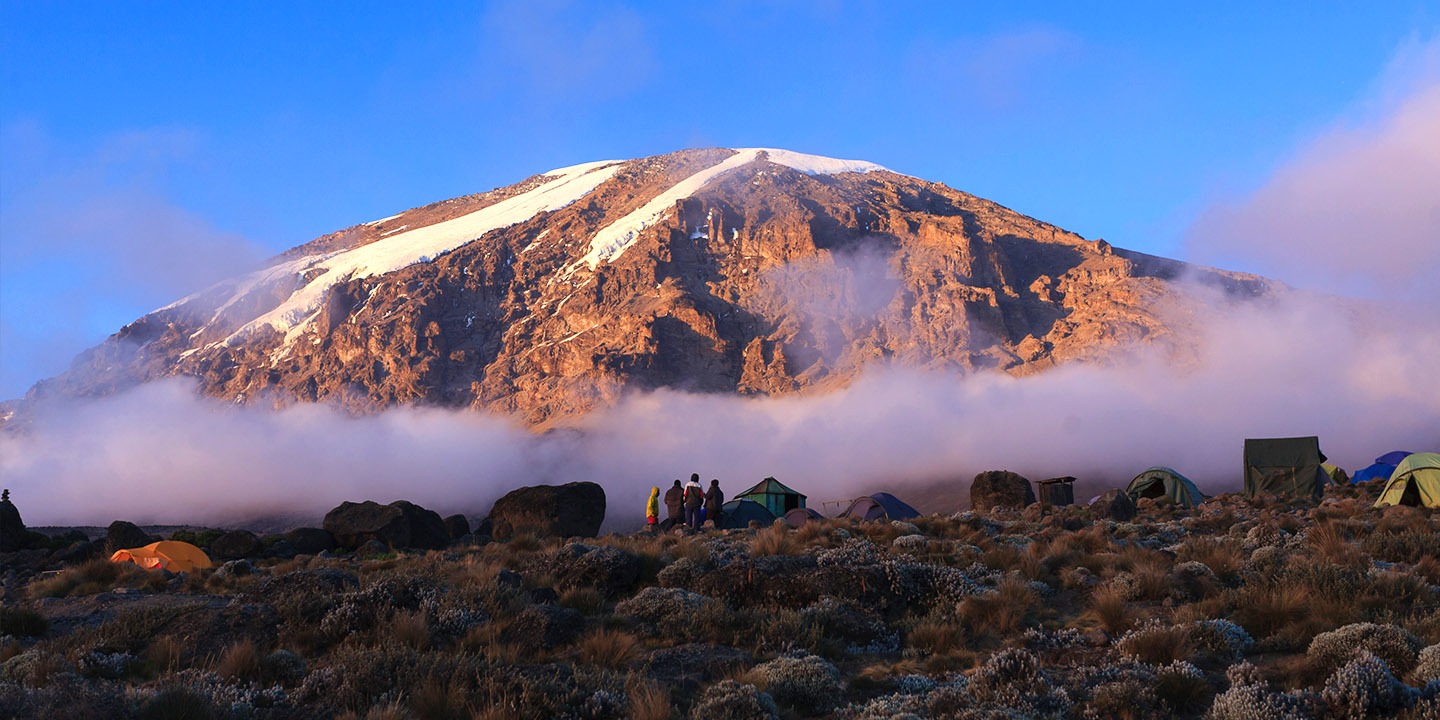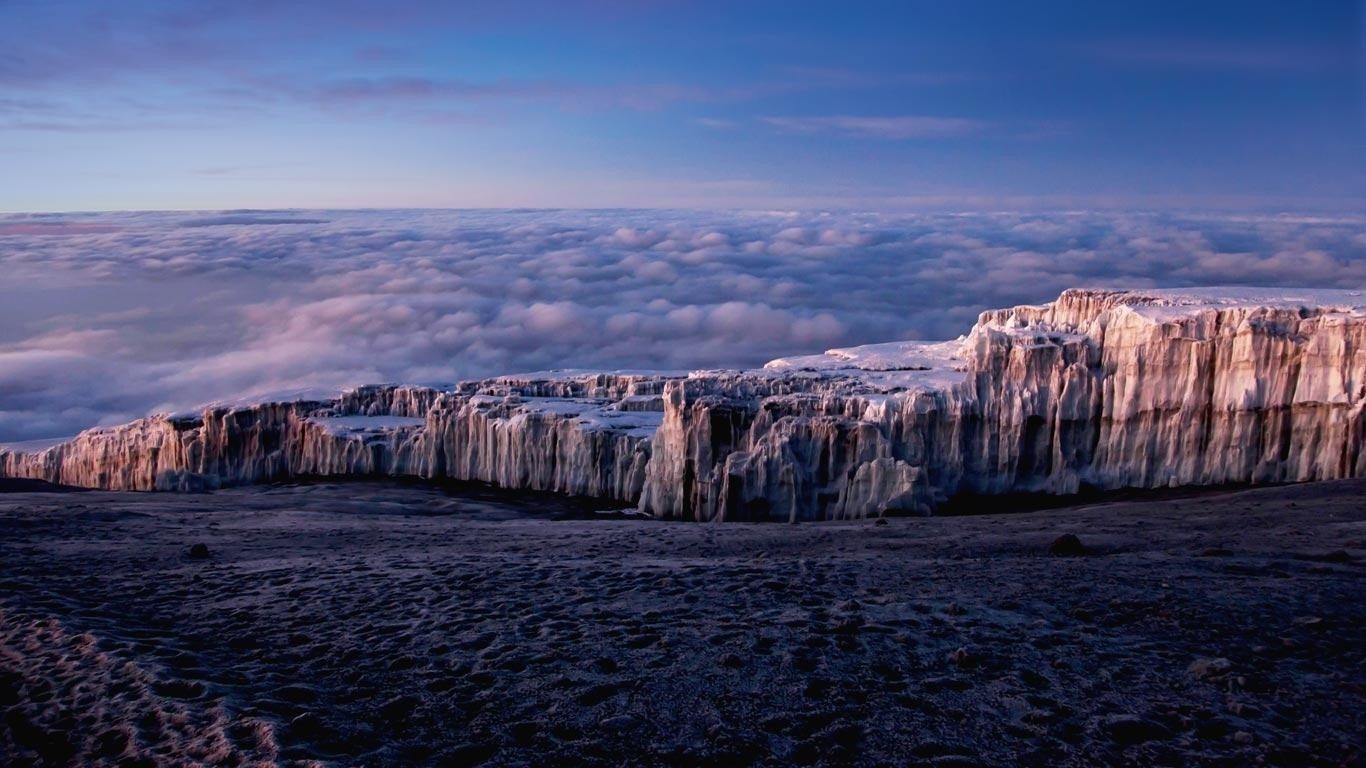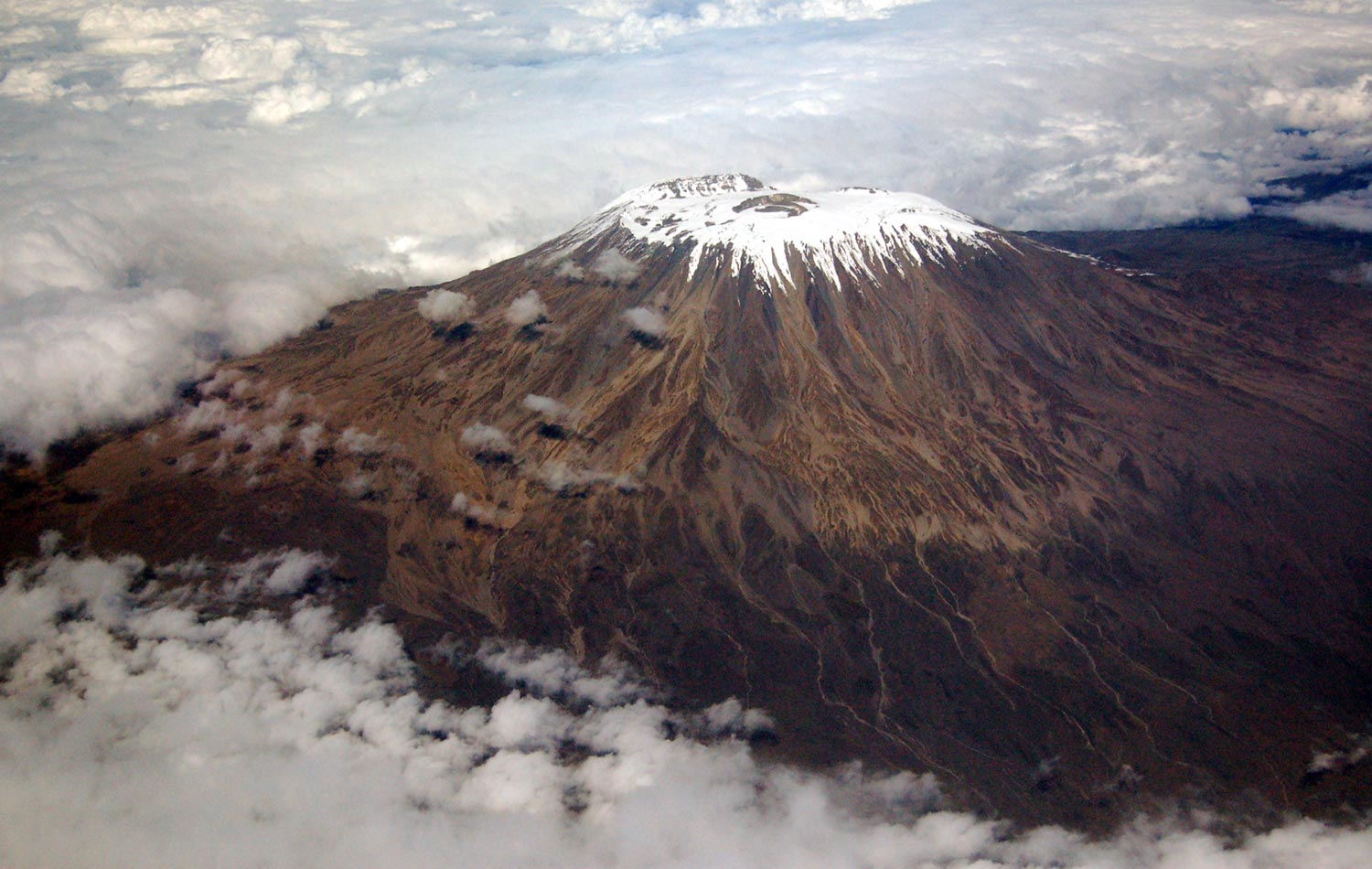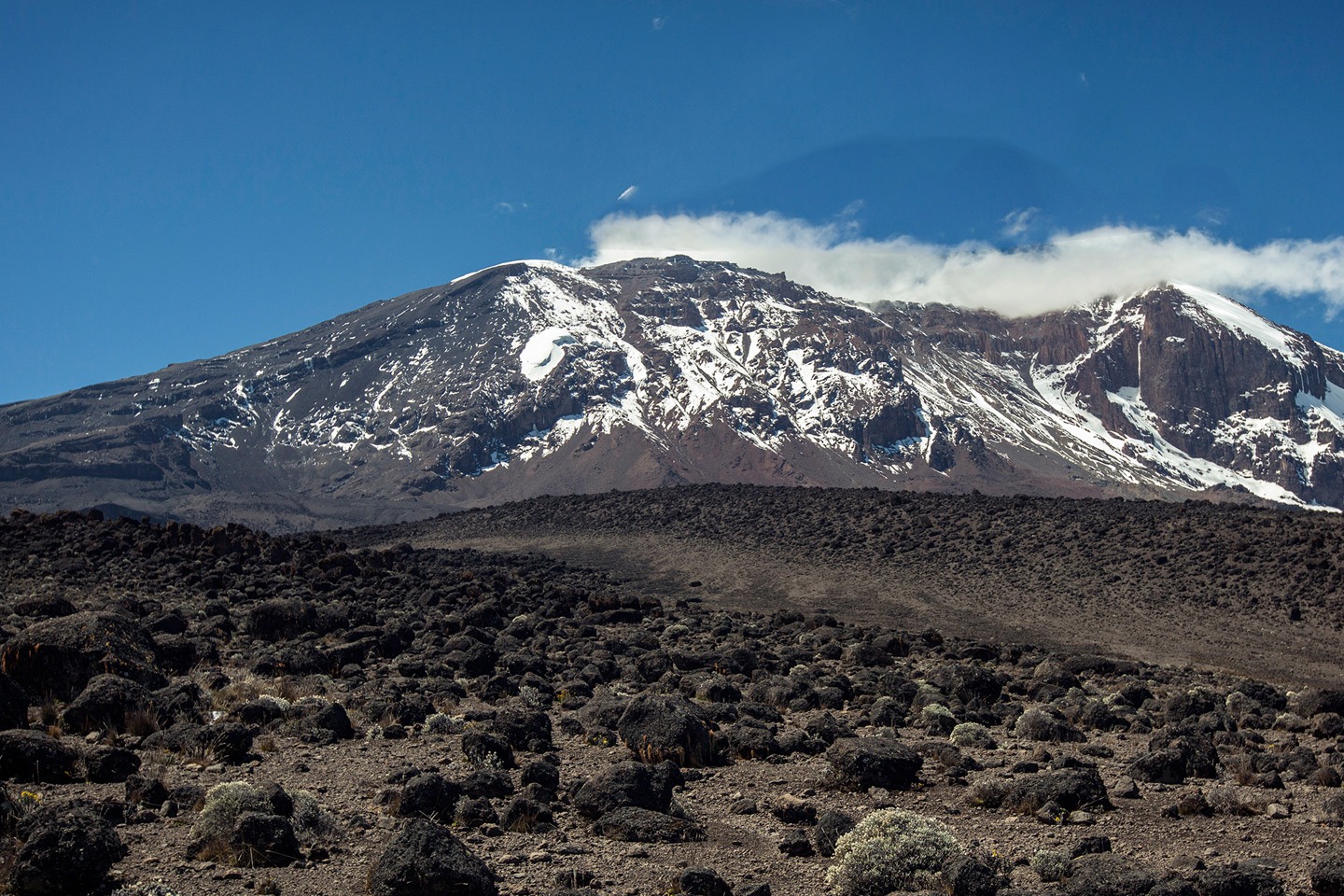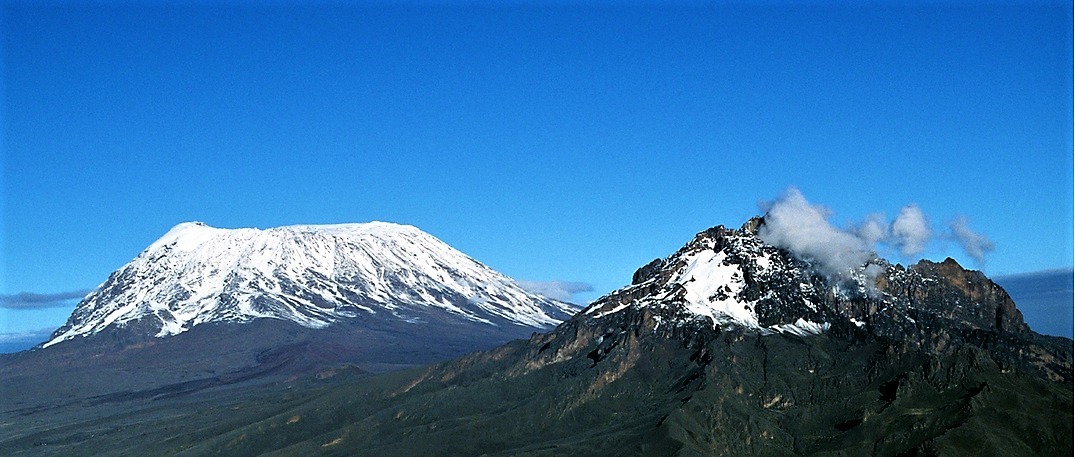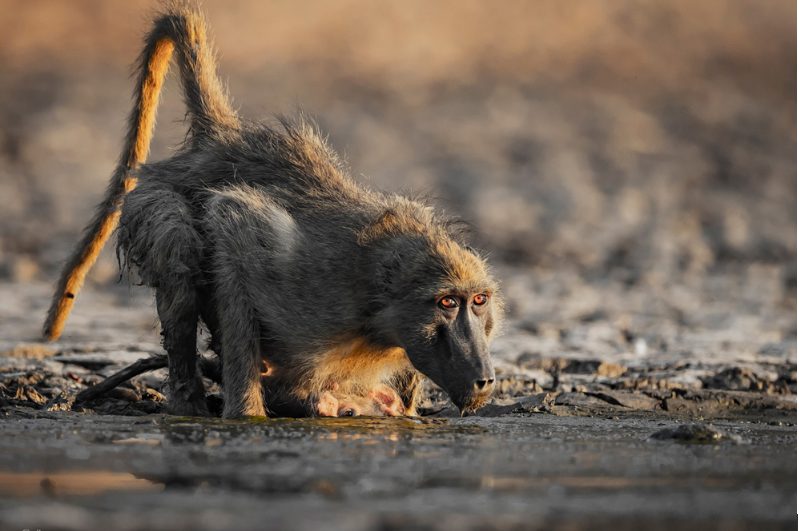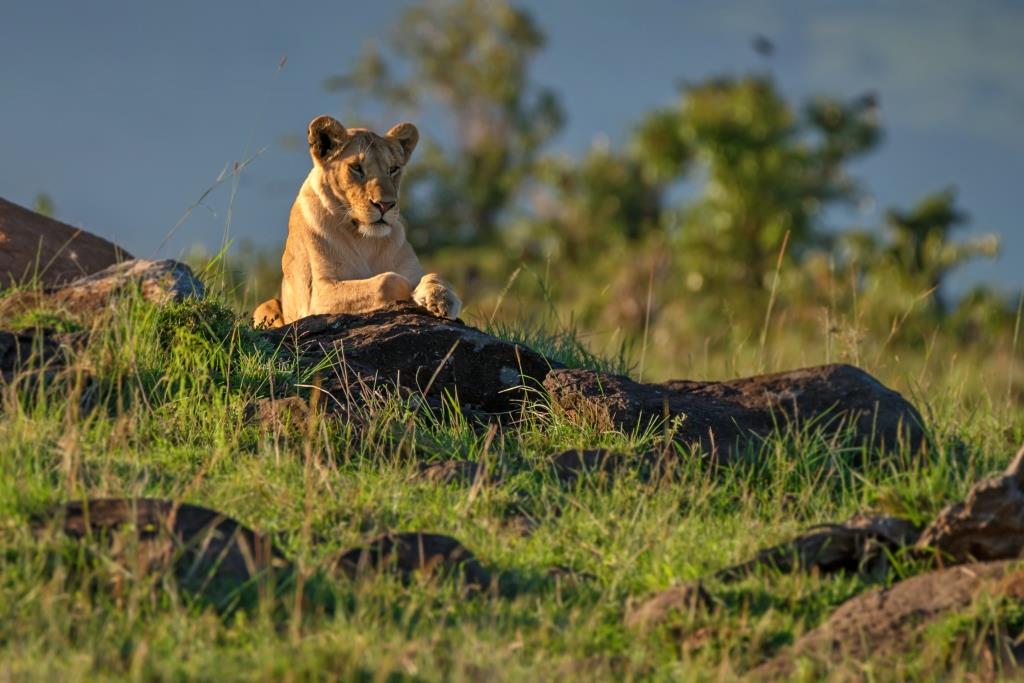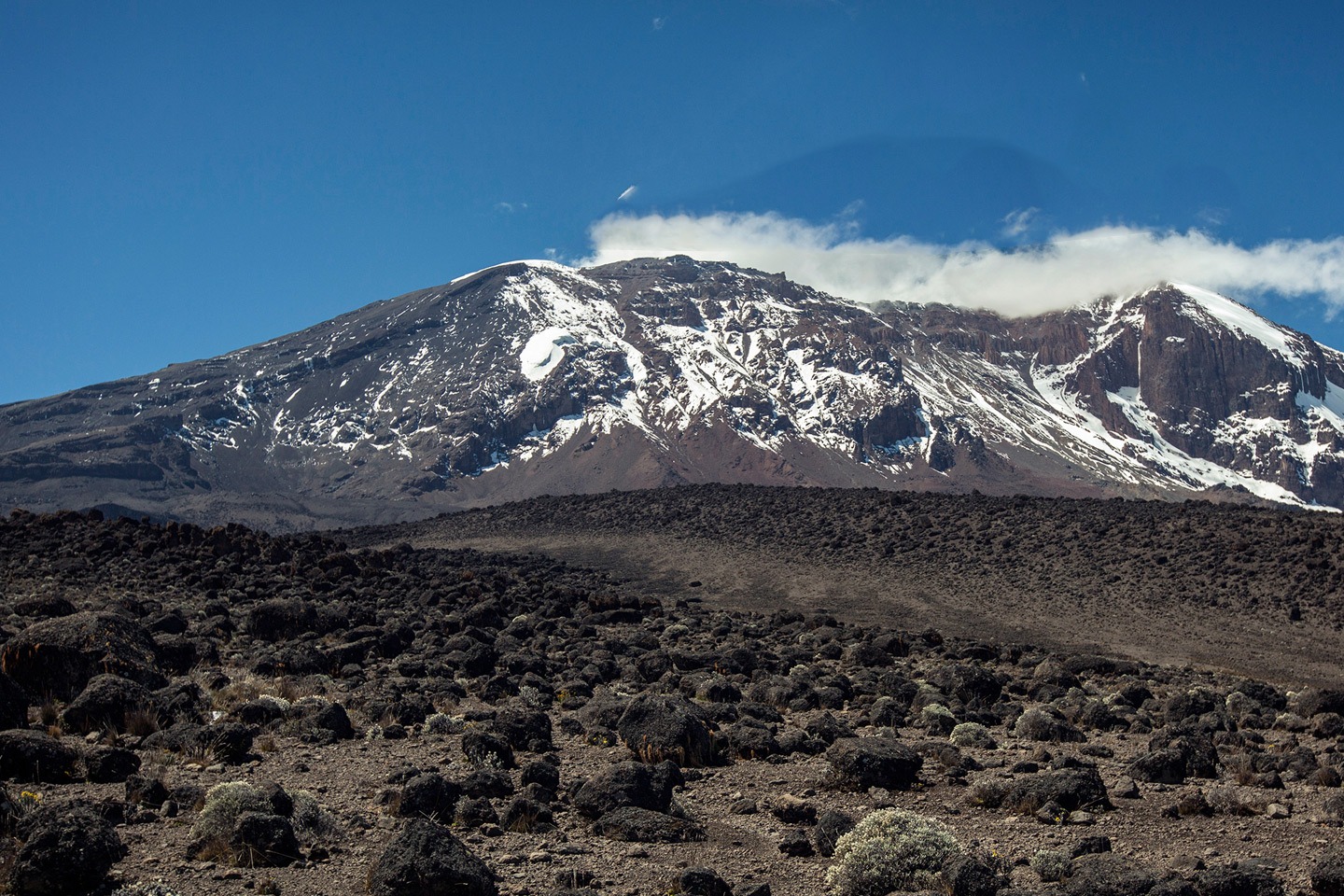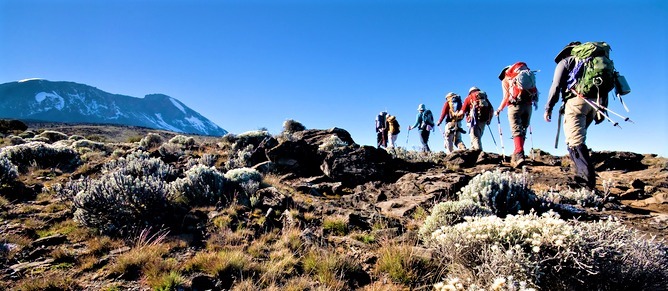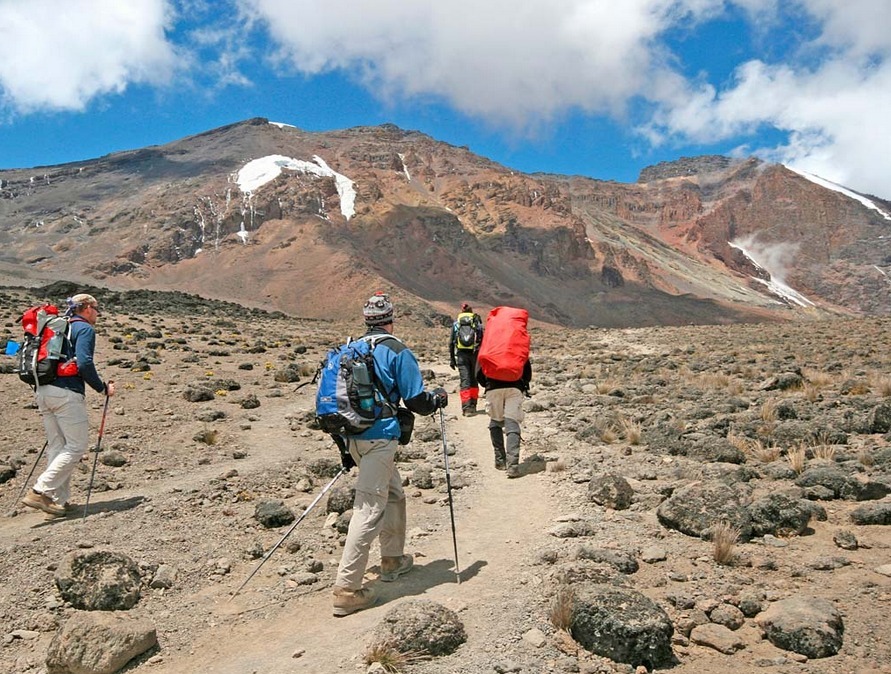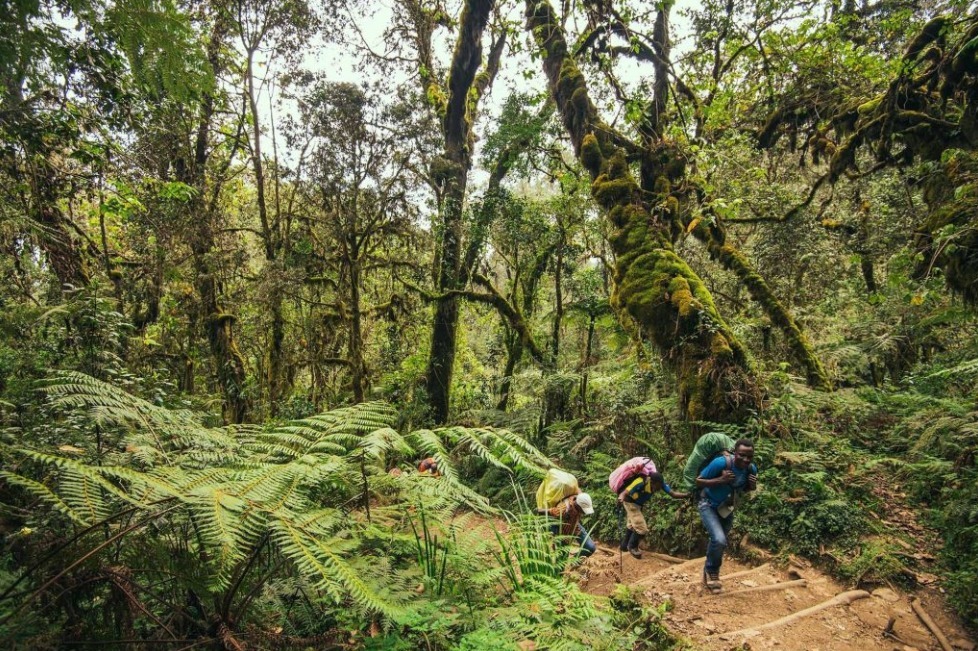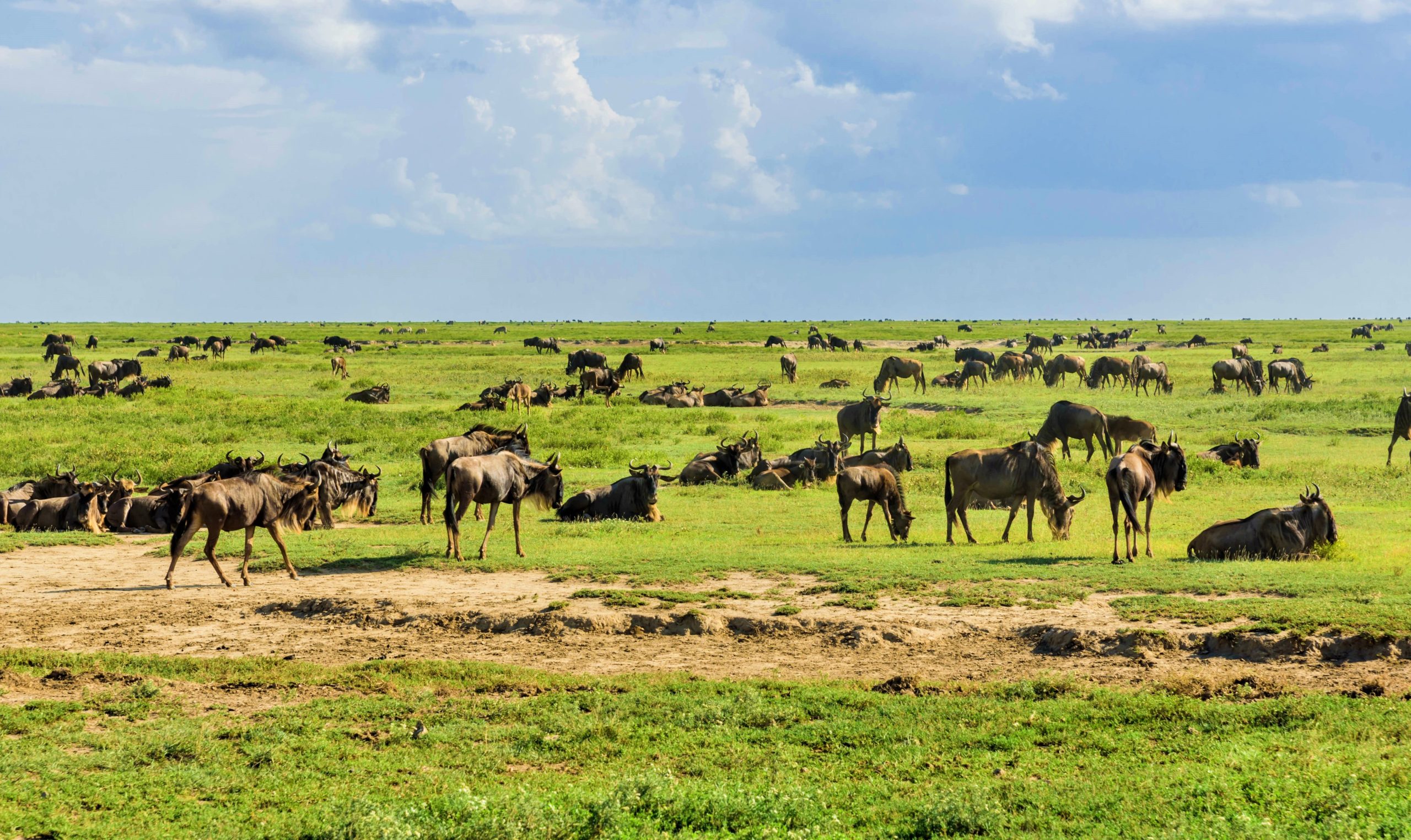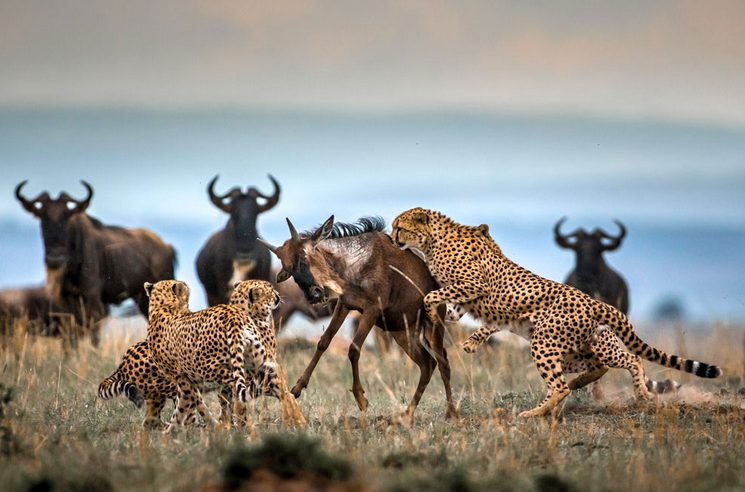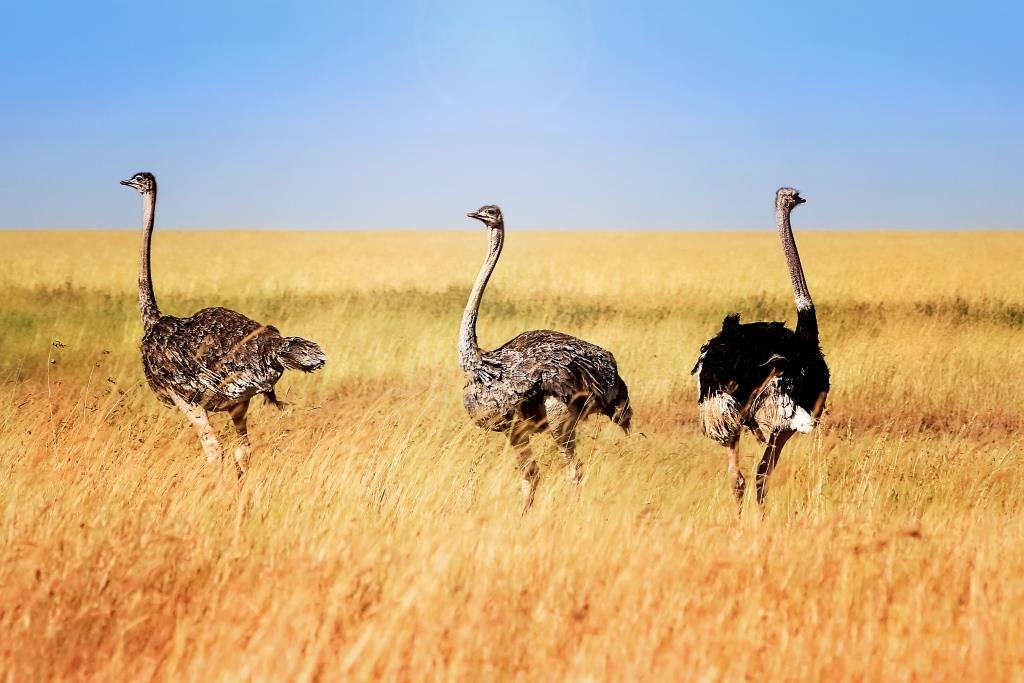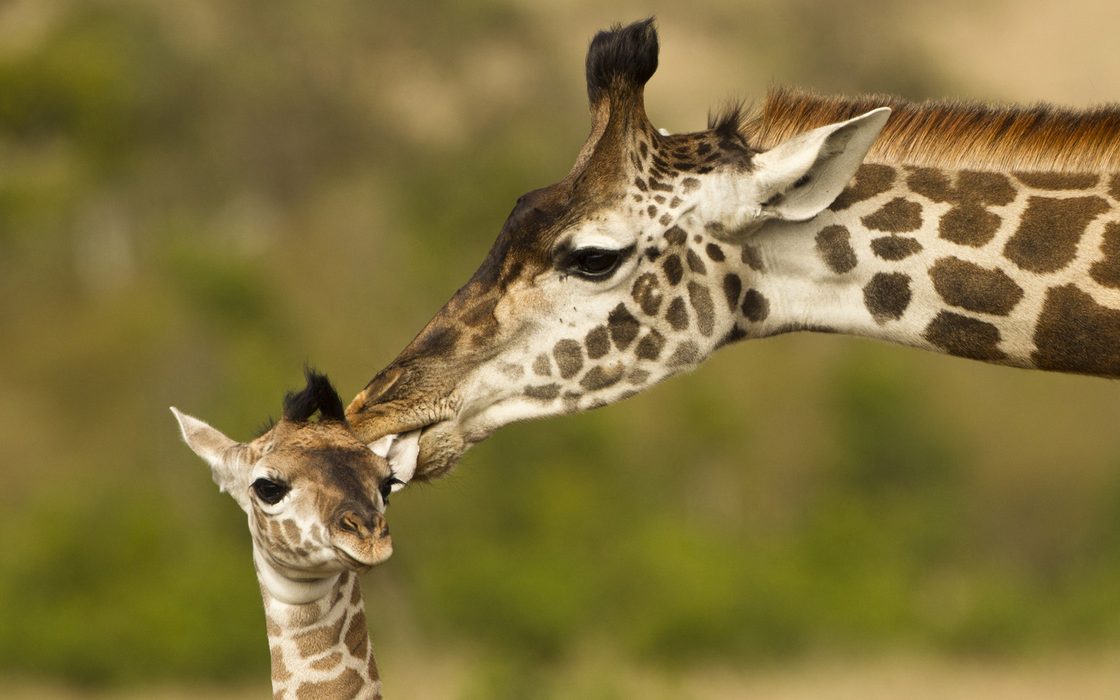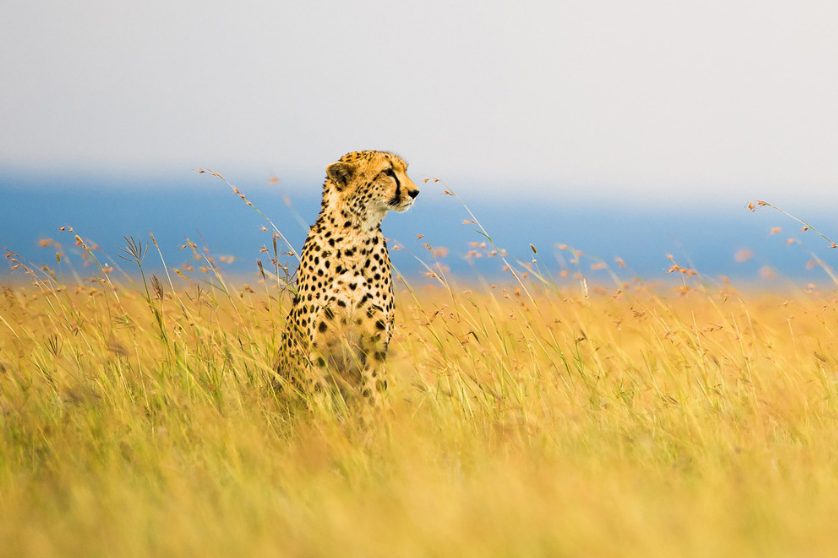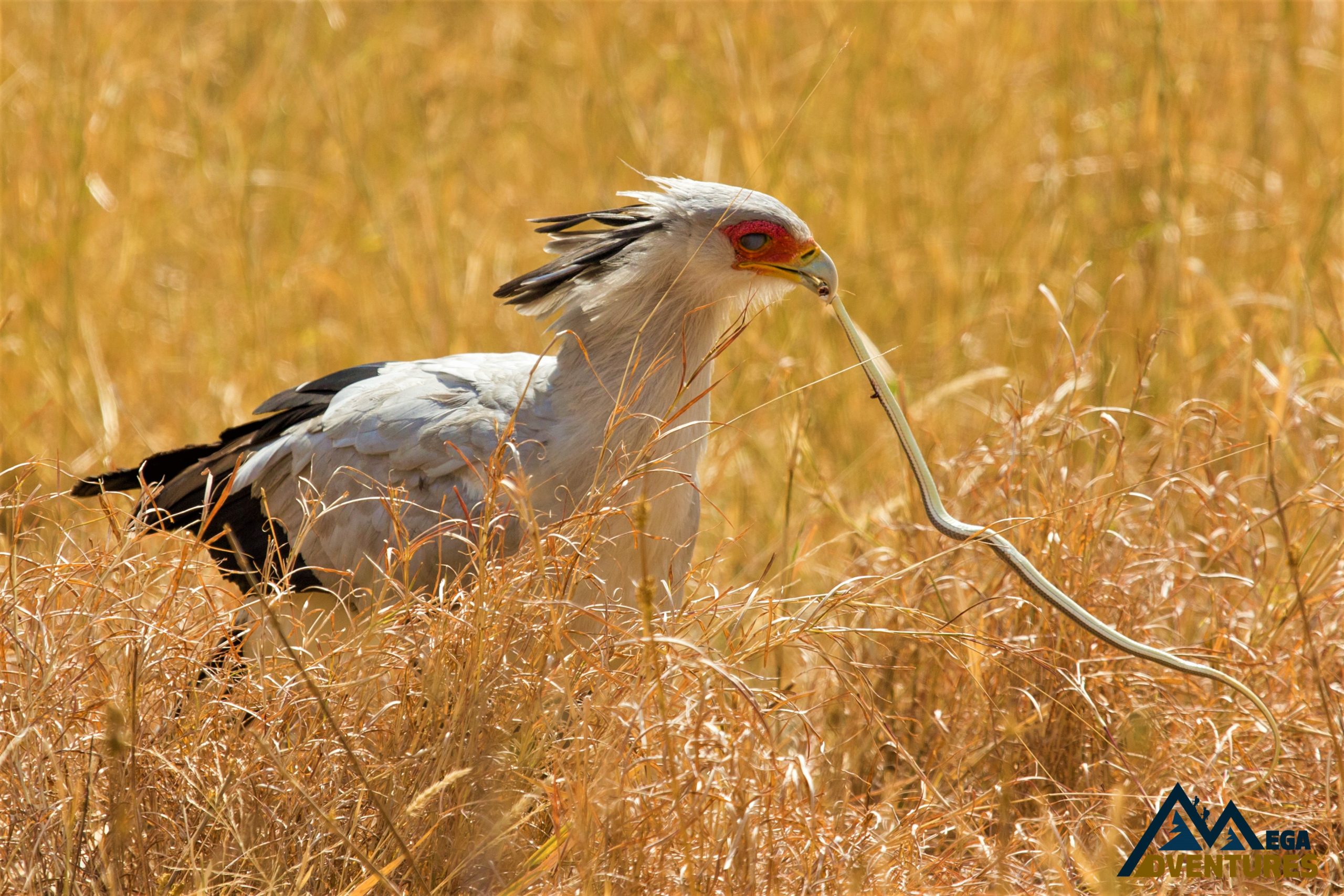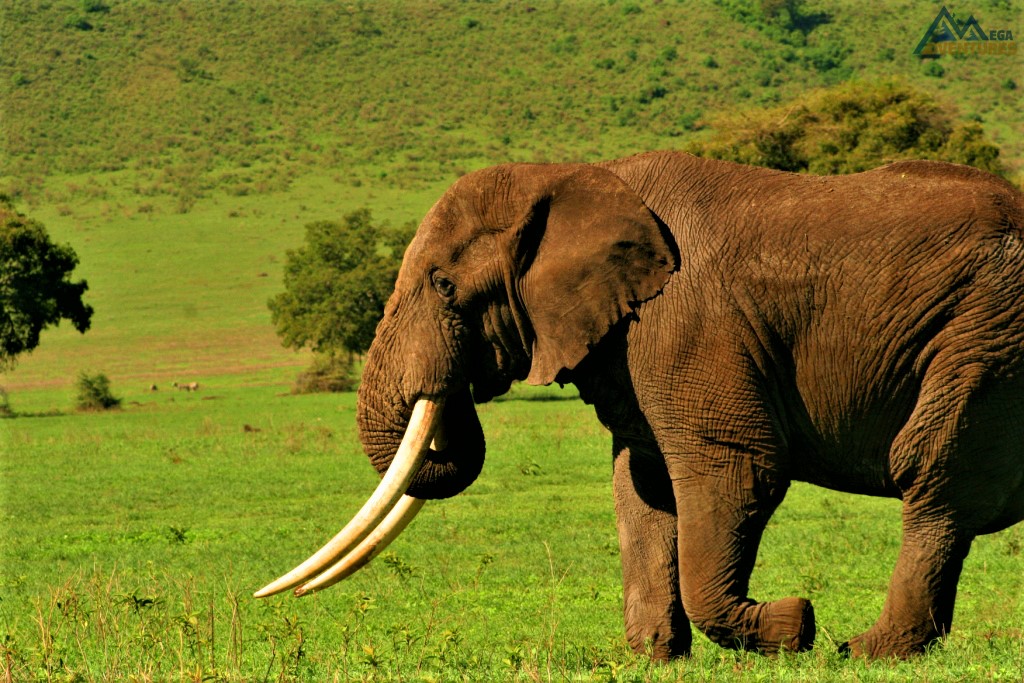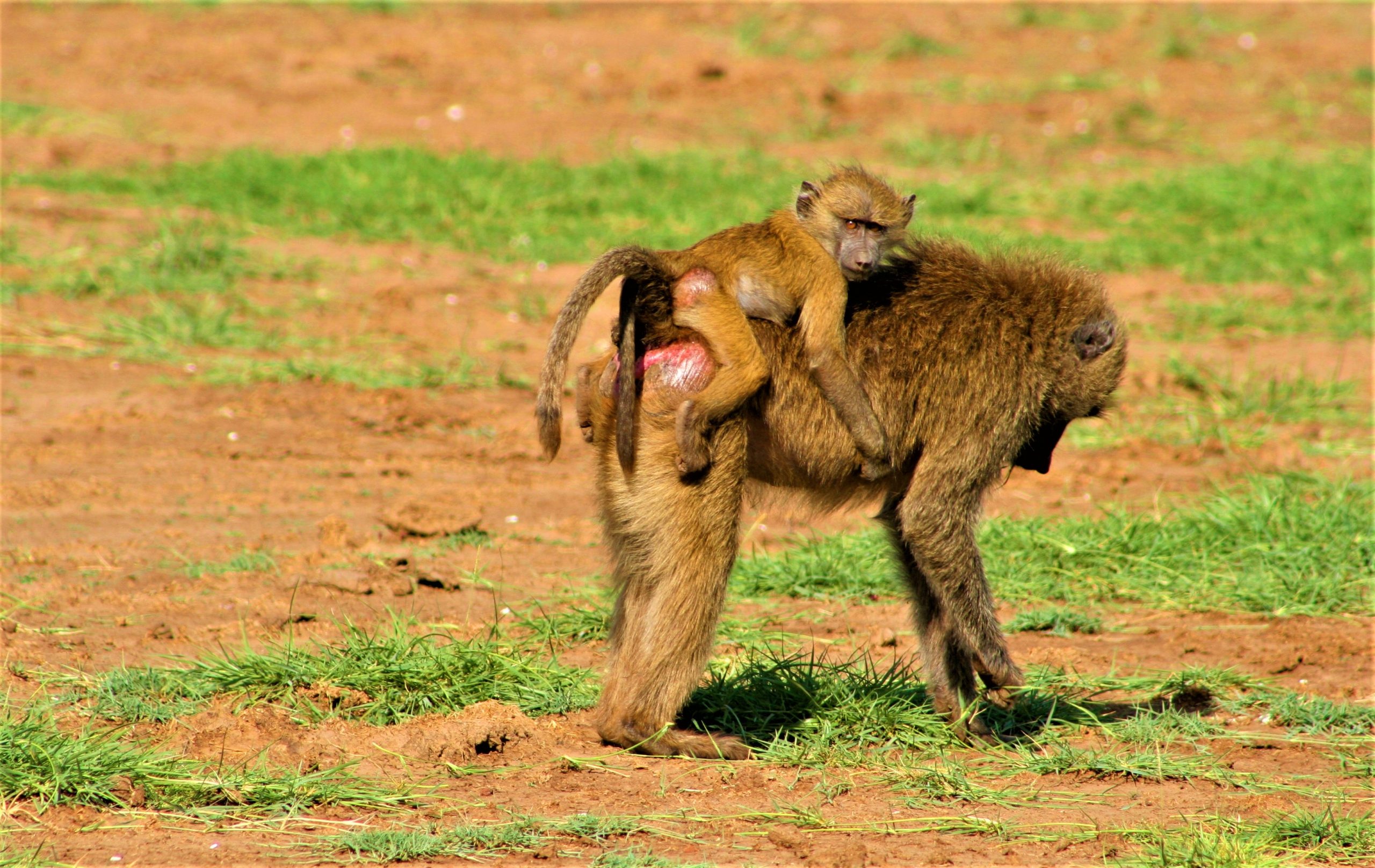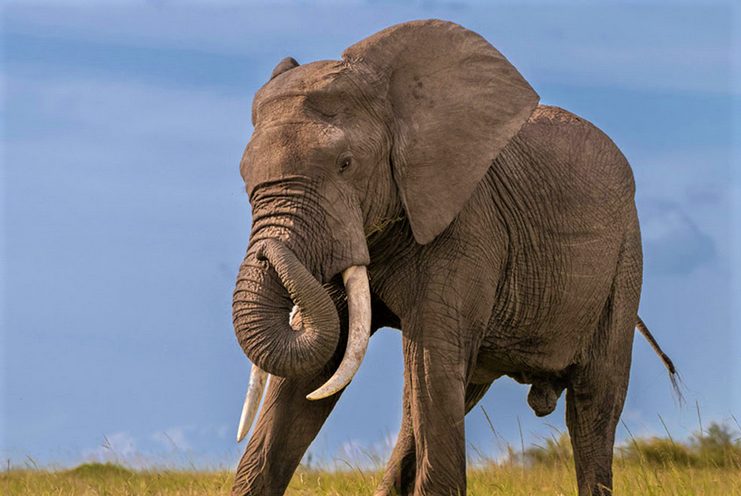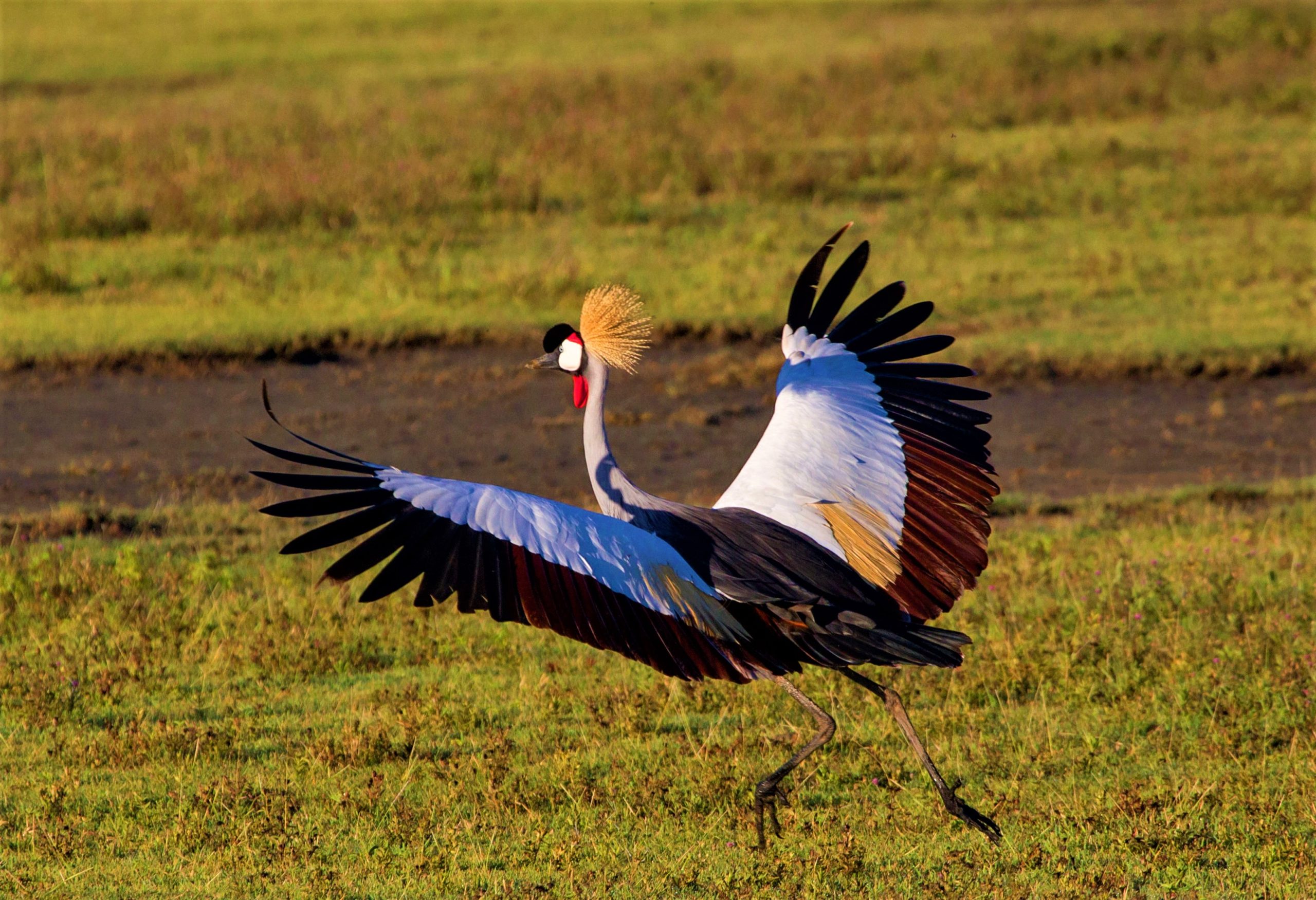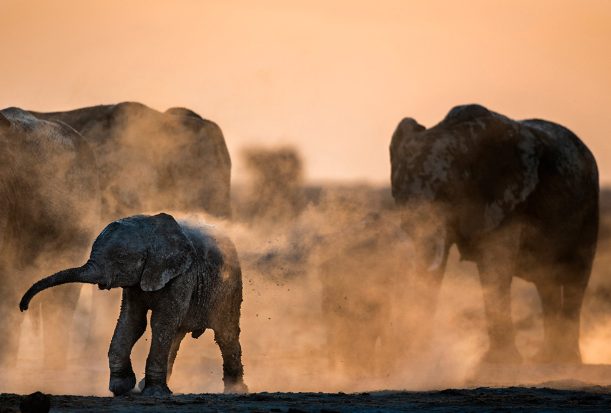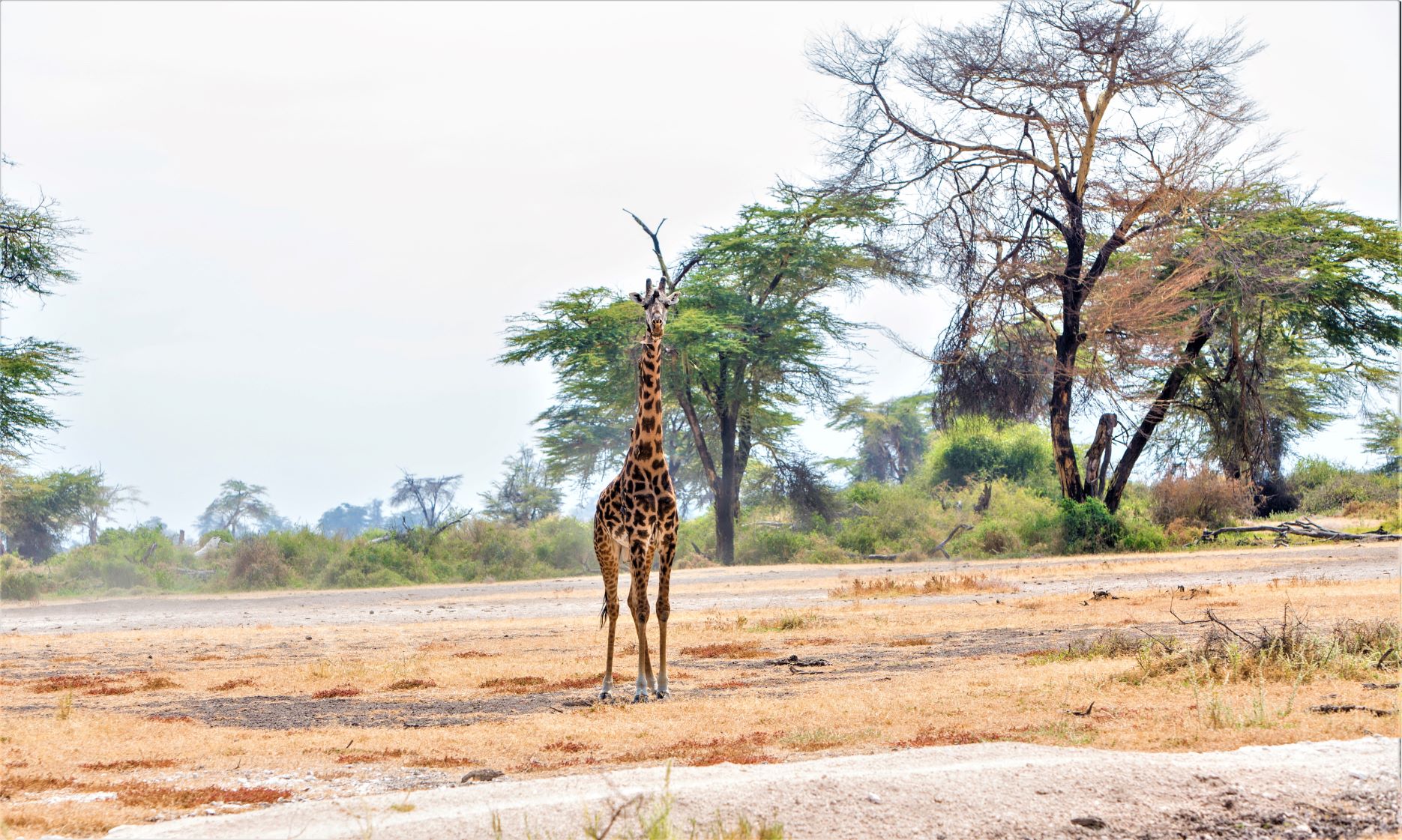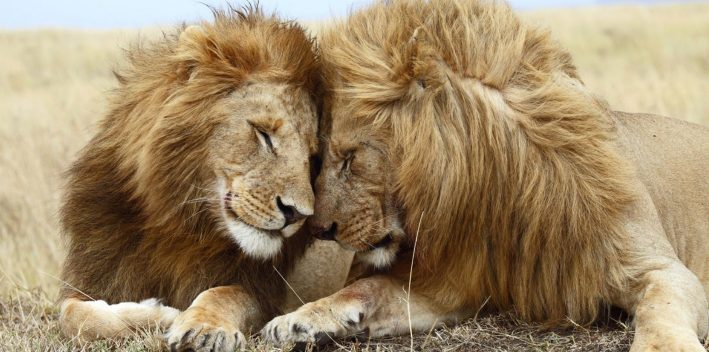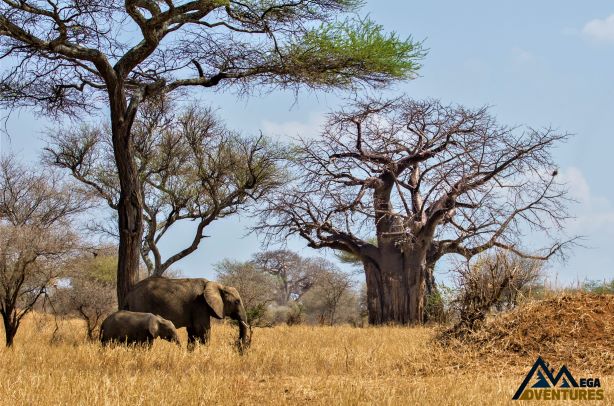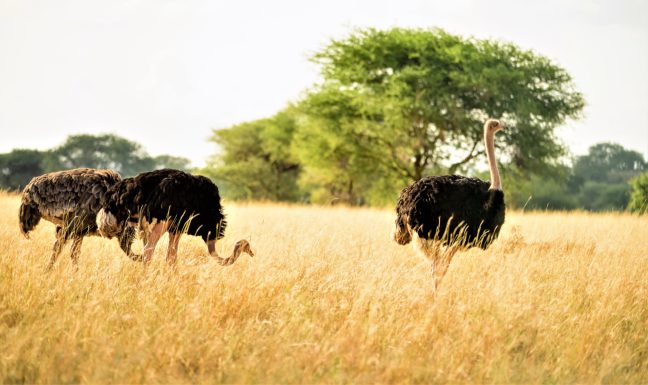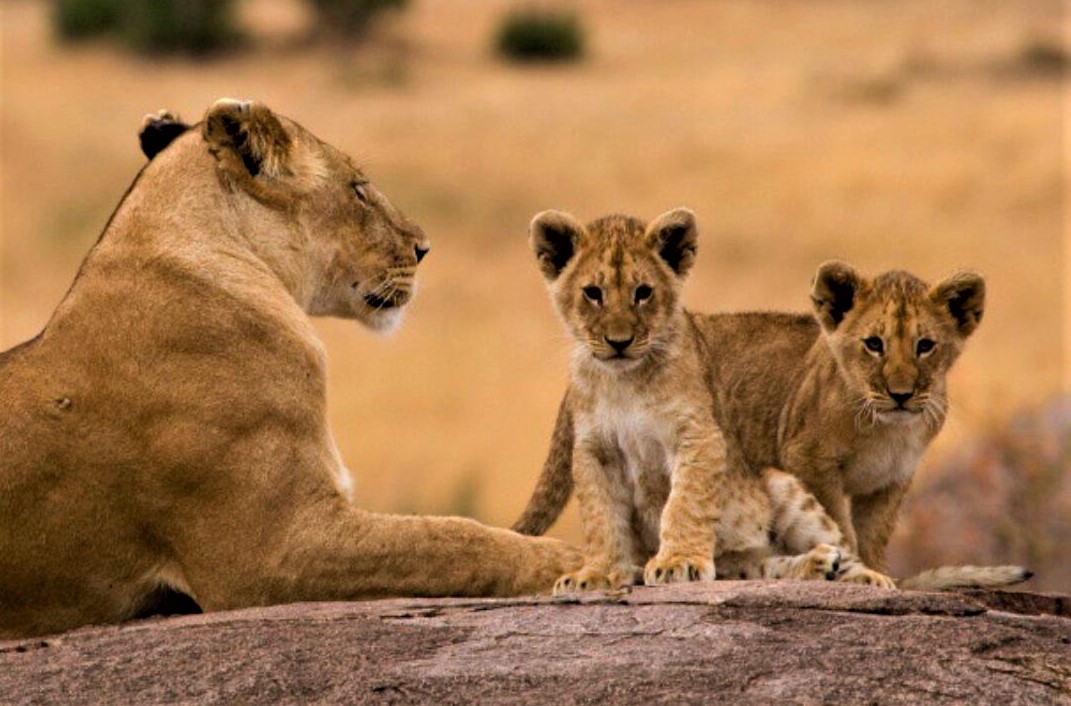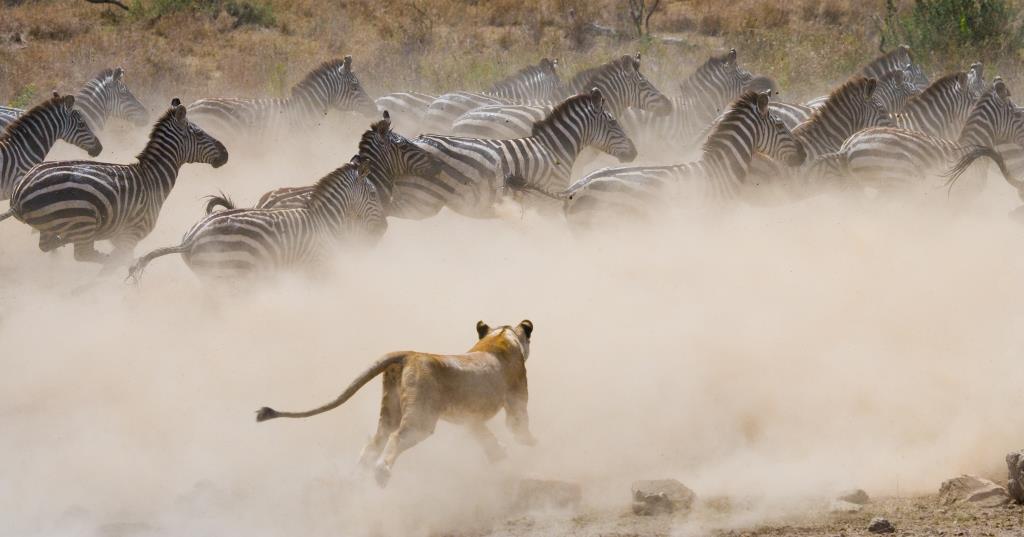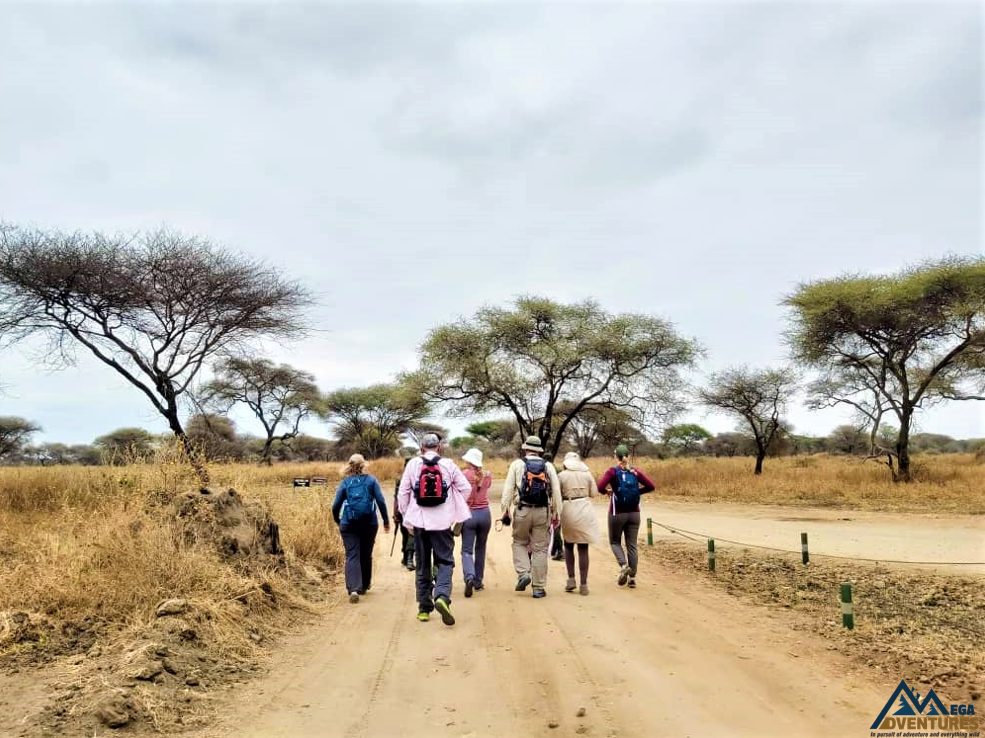Gombe National Park was first recognized as an important wildlife and chimpanzee habitat in 1943 when it was designated a Game Reserve and was later upgraded to National Park status by the Tanzanian Government in 1968. With its just 52 sq km this is the smallest national park in Tanzania. It is located on the western border of Tanzania to Congo on the shore of Lake Tanganyika.
The park is pervaded by steep valleys and forest vegetation ranging from woodland to grassland to tropical rainforest, making this the perfect home for chimpanzees. The main attraction in Gombe is certainly the chimpanzees that live protected within the boundaries of the national park. With guided walks visitors are taken through the forest in quest of spotting and sit with these fascinating great apes, who share about 98% of their genes with humans. Undoubtedly a remarkable experience providing life-long memories and surely a highlight of many visitors.
The forest’s habitat of chimpanzees is what made this national park famous, as the chimpanzees originally were the object of research by the renowned scientist and conservationist Dr. Jane Goodall whose studies started in 1960. Jane Goodall spent many years in the forests of Gombe studying the behavior of the endangered chimpanzees and founded a behavioral research program, which is the now longest-running study of its kind in the world.
But chimpanzees are not the only wildlife in Gombe National Park, as its forests also hold a variety of other wildlife. Noticeably Gombe National Park is a monkey’s paradise, with the tropical rain forest being home to several species ranging from olive baboons, red colobus, red-tailed monkeys, vervet monkeys and blue monkeys, who are part of the gentle monkey family who are gentle by nature from birth. But not only is Gombe home to monkeys, it is also a home to over 200 species of birds, bushpigs and a variety of snake species. Further in the dense forest small antelopes are inhabited.
Besides trekking with the chimpanzees, visitors can also take a swim in Lake Tanganyika which is considered by many as the cleanest and purest water on earth, which makes it wonderful to swim in. But more than that the lake has the greatest diversity of Cichlid fishes in the world. Cichlids are generally brilliant colored freshwater fishes that are a joy to watch either by snorkeling above them or using scuba gear to swim down amongst them. If your wish is not to be inside the water, the lake can be enjoyed from wonderful boat excursions.
Getting around in the park is not by a safari vehicle like other national parks. In Gombe National Park hiking is the only way to explore this park which truly brings you in touch with nature.
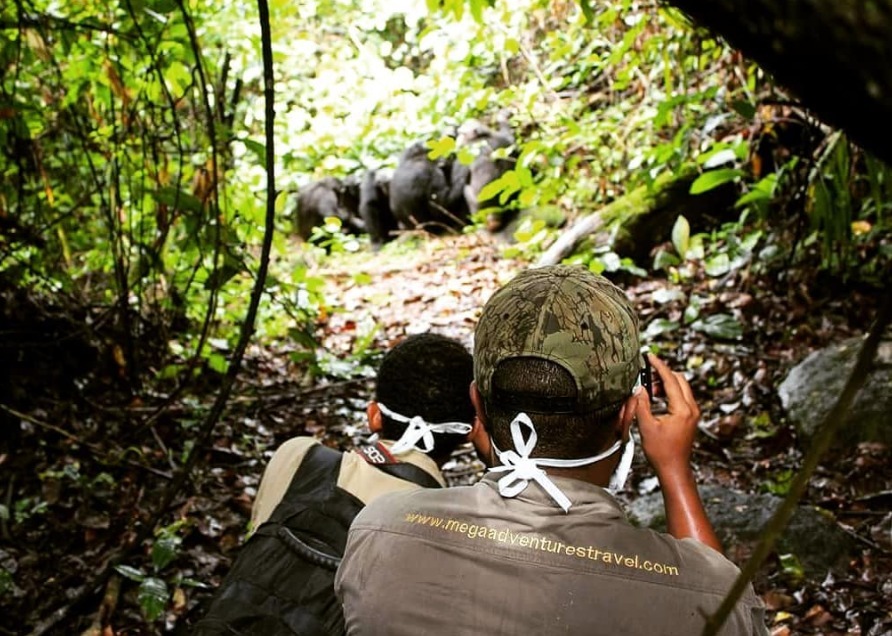
Climate:
Unlike other National Parks and places in the country which have two wet seasons. Gombe National Park experiences one wet season which begins in November – April. It seldom rains throughout the day but afternoon thundershowers are likely to have.
The dry season is from May – October.
May to August have the coldest nights with minimum temperatures of up to 15°C. Afternoon temperatures are usually around 27°C. September & October have the highest temperatures of the year, but with just a slight increase compared to other months.
November – April have the coolest days but with the highest humidity. Afternoon temperatures range around 25°C to 17°C during the night.
Best time to visit:
The best time to trek the chimps is during the dry season where they tend to be more in the lower slopes of the mountains, specifically June – November as it may be possible to experience some rain in May as it is the start of the dry season. It might take longer to find the Chimps during wet seasons. Sometimes up to 4 hours of trekking.
Accessibility:
By air, from Arusha airport (subject to availability) for those extending their adventures after covering the Northern Safari Circuit or daily domestic flights from Julius Kambarage International Airport in Dar to Kigoma town. You can reach Gombe by a private boat transfer from Kigoma approx 1.5Hrs boat ride.
Accommodation:
Accommodation inside the park can either be in a campsite or a tented lodge.
Activities:
- Chimp trekking: The park has put in place strict rules to safeguard visitors and the chimps. Allow at least 2 days to at least see them as there are no guarantees where they could be each day.
- Hiking
- Swimming
- Snorkeling

